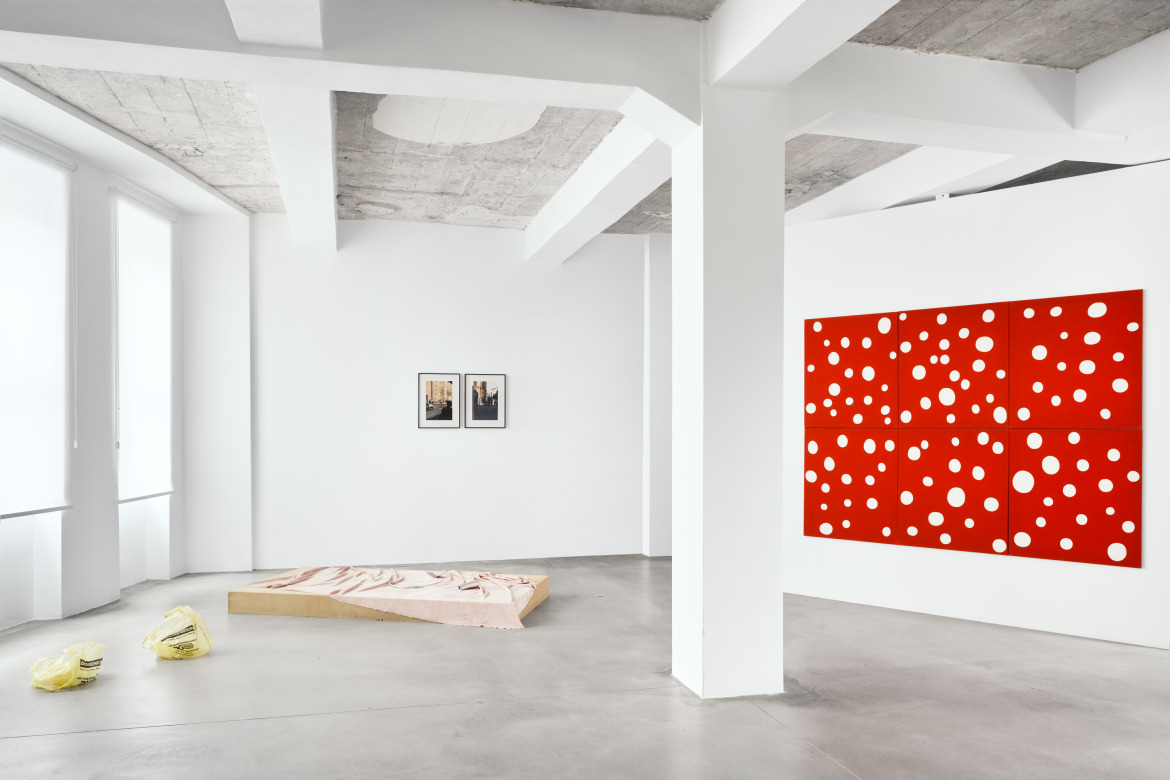
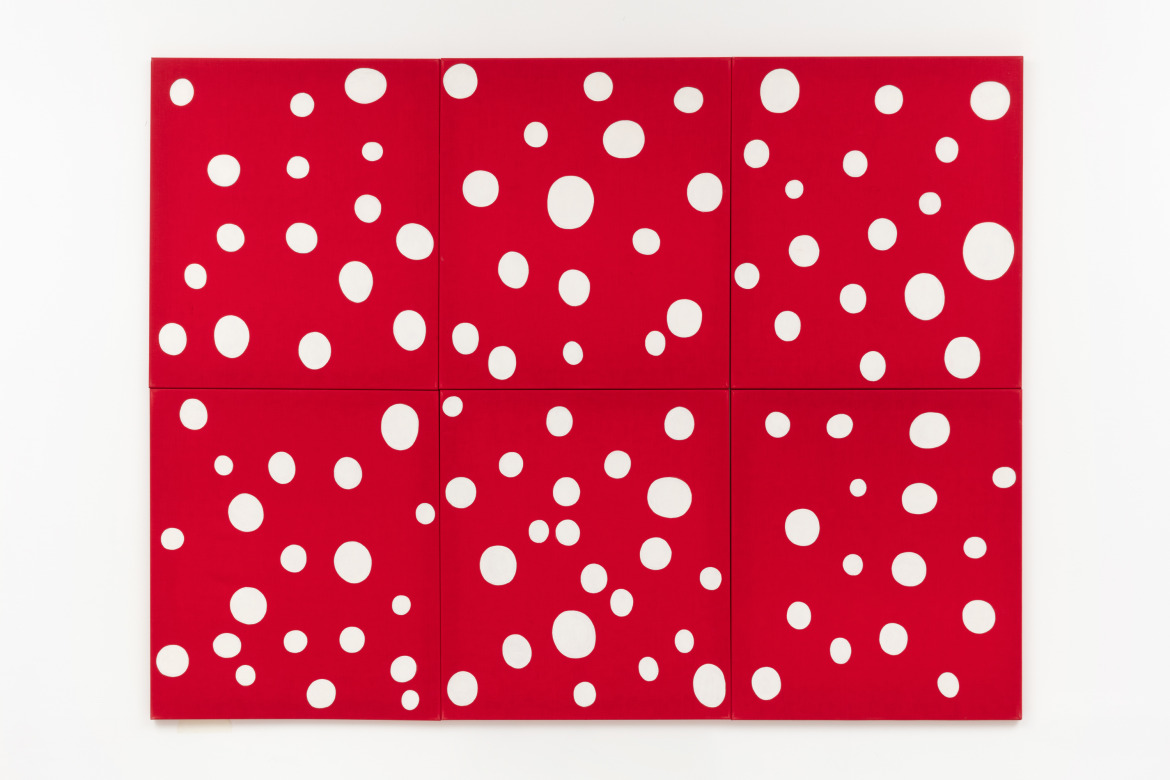
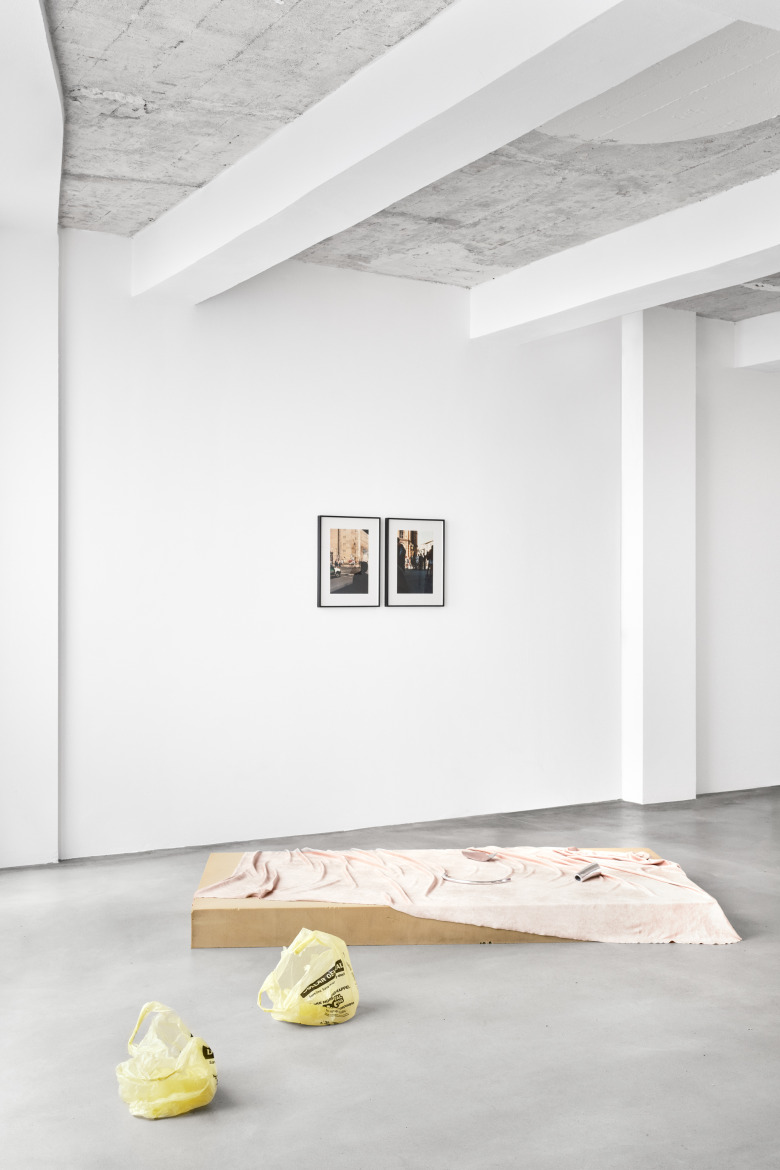
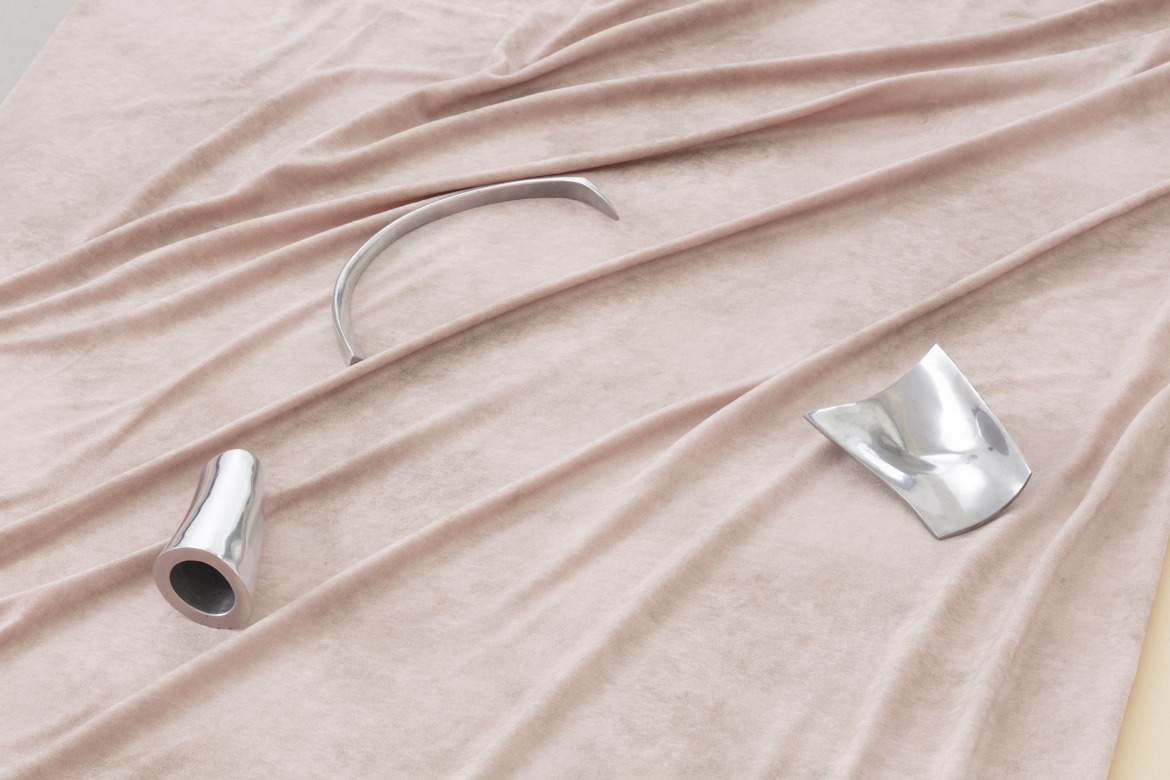


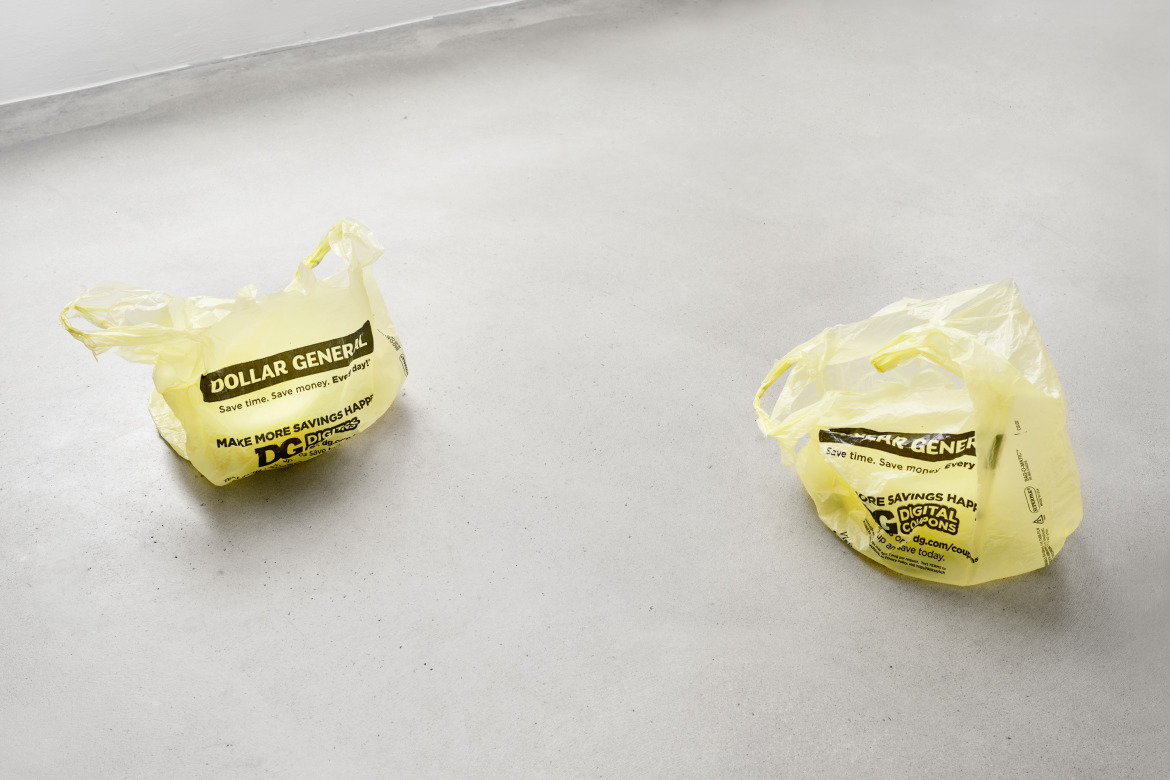
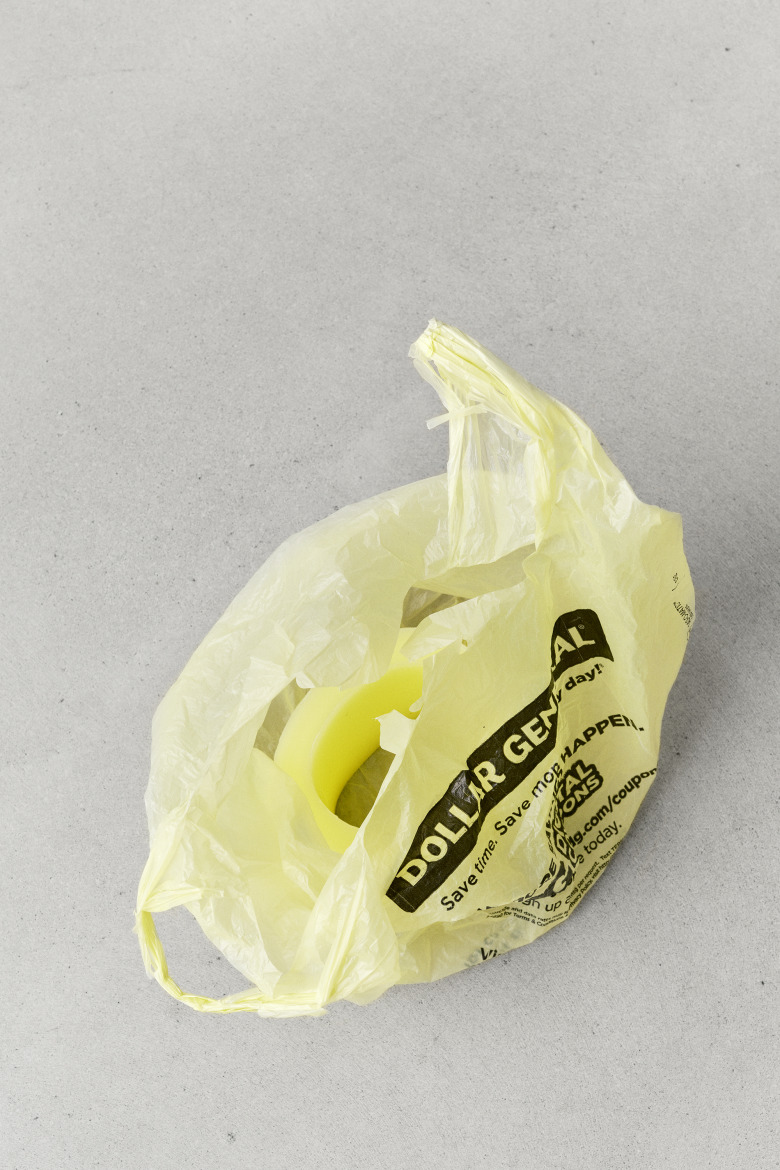
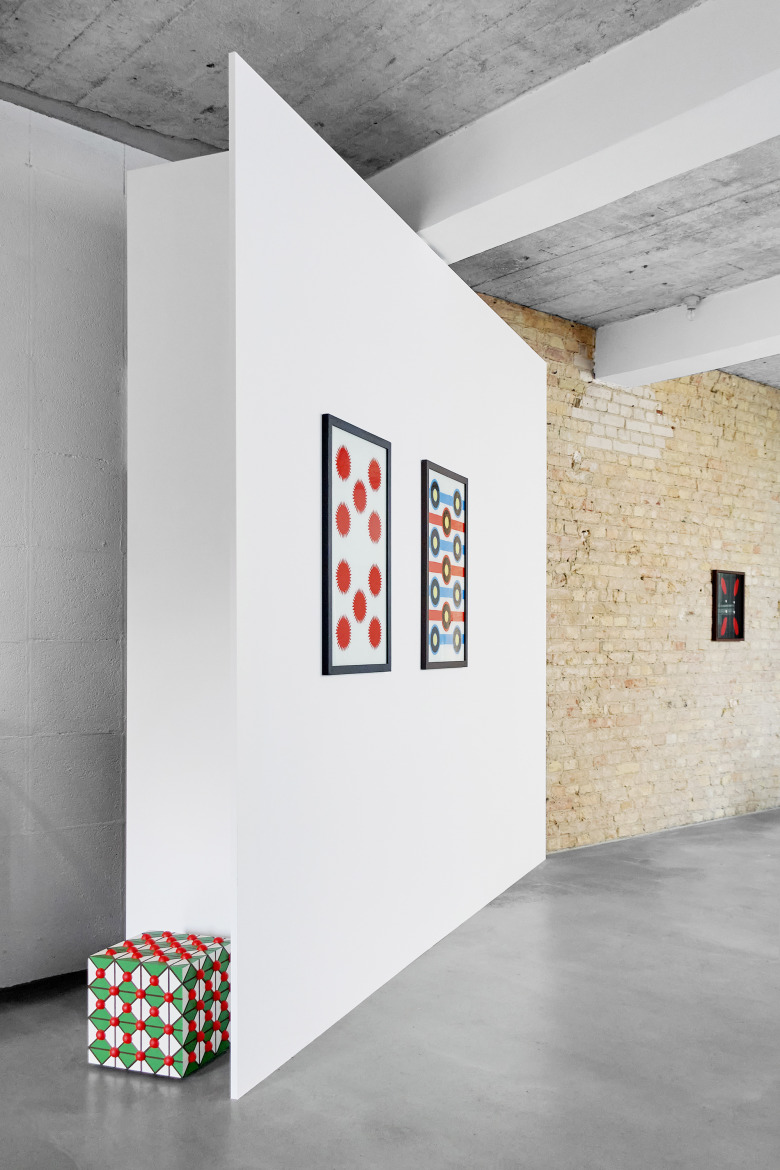

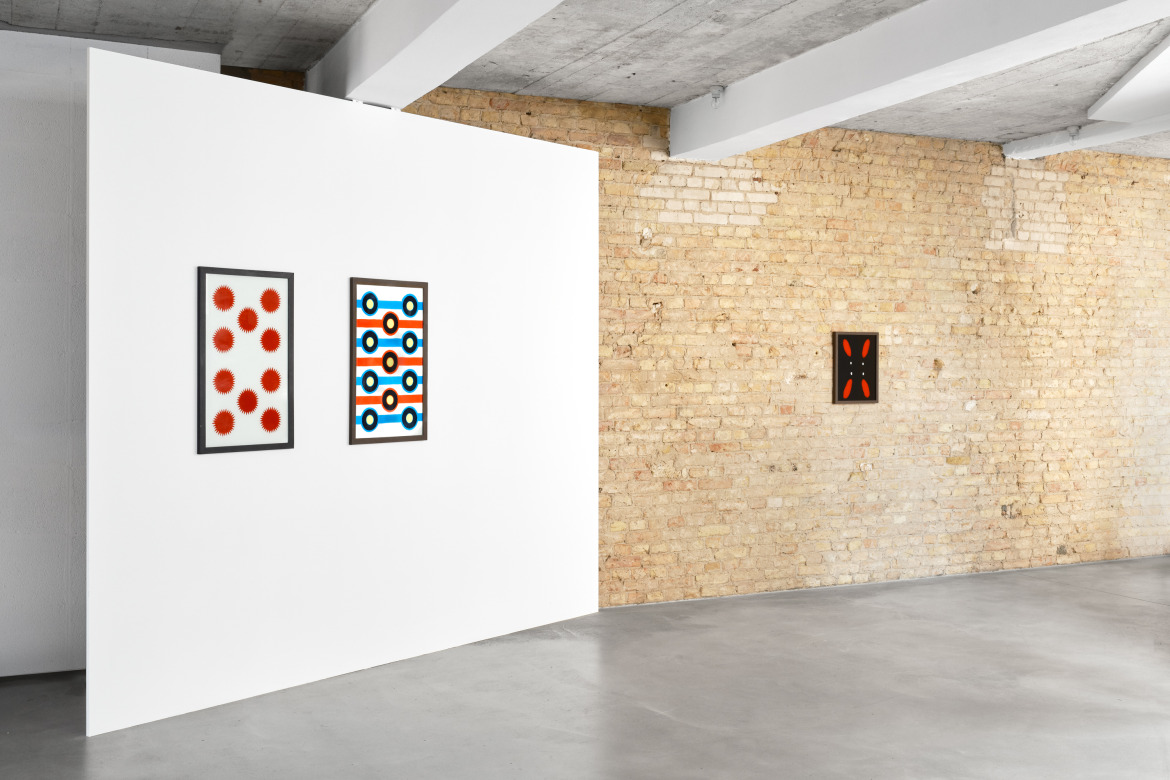
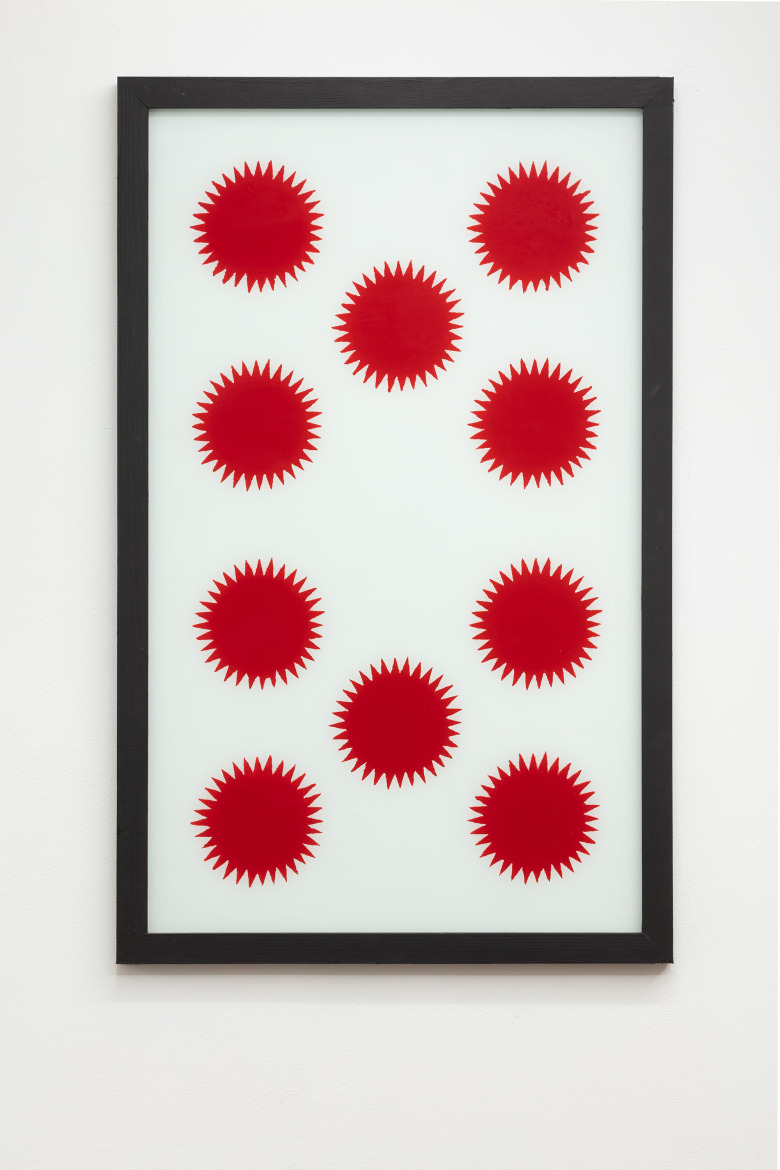

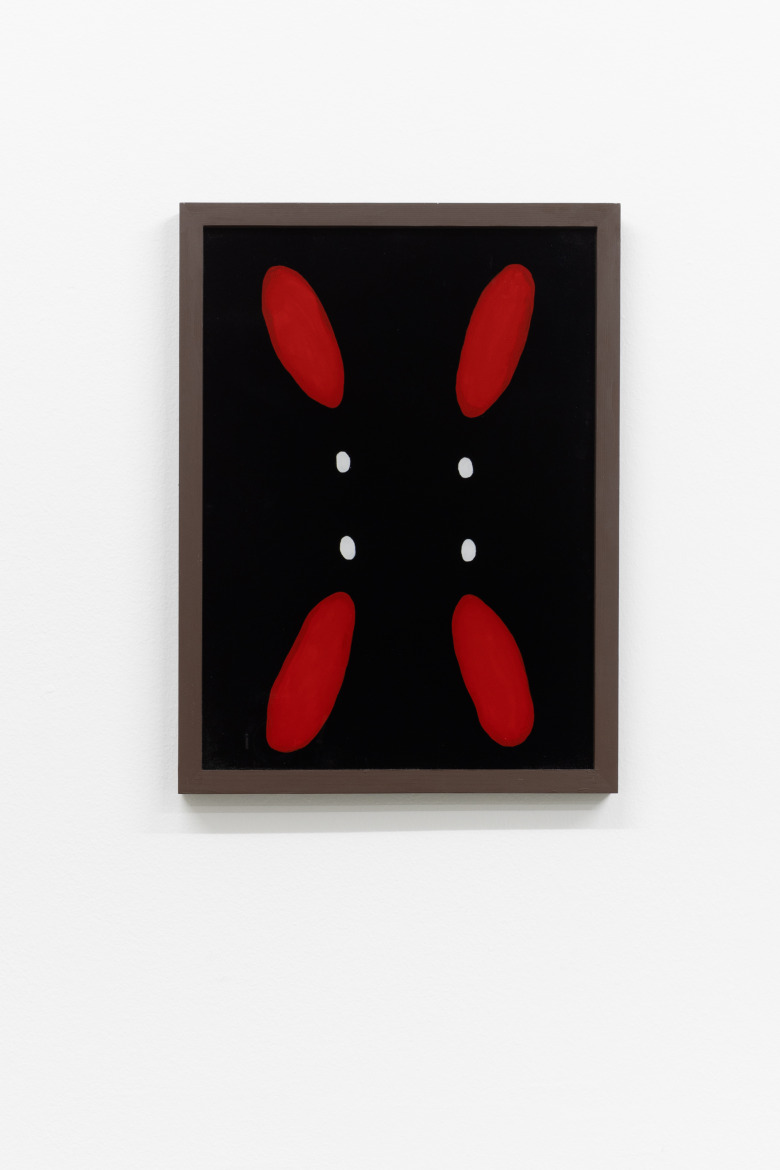
Schleifen II was held on Sunday, October 13, presenting works by Elke Denda (*1956) in dialogue with works by Kerstin von Gabain (*1979).














Schleifen II was held on Sunday, October 13, presenting works by Elke Denda (*1956) in dialogue with works by Kerstin von Gabain (*1979).
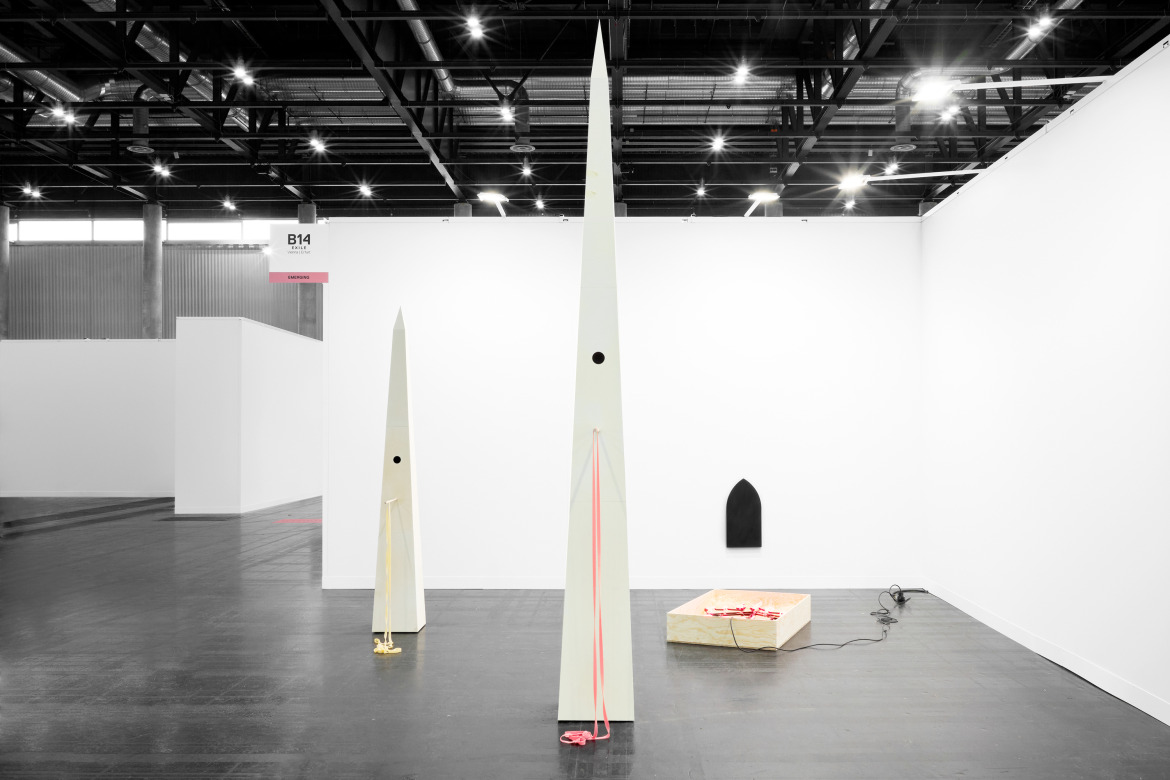
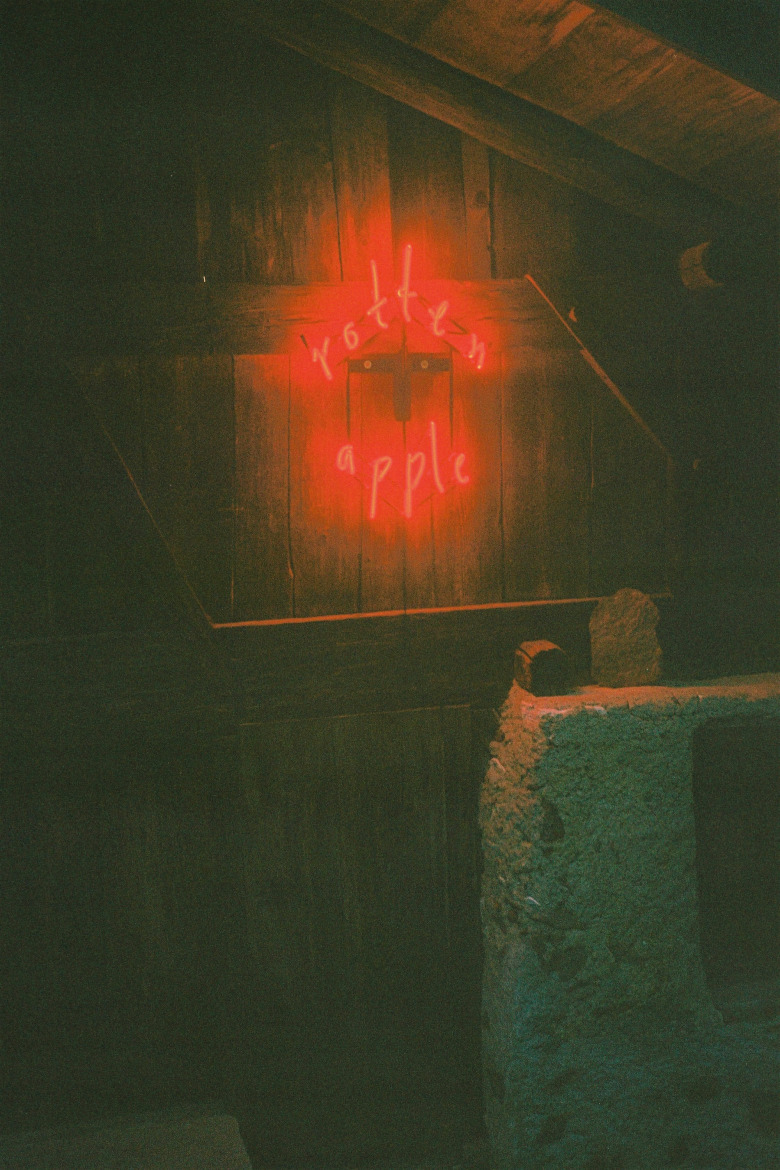
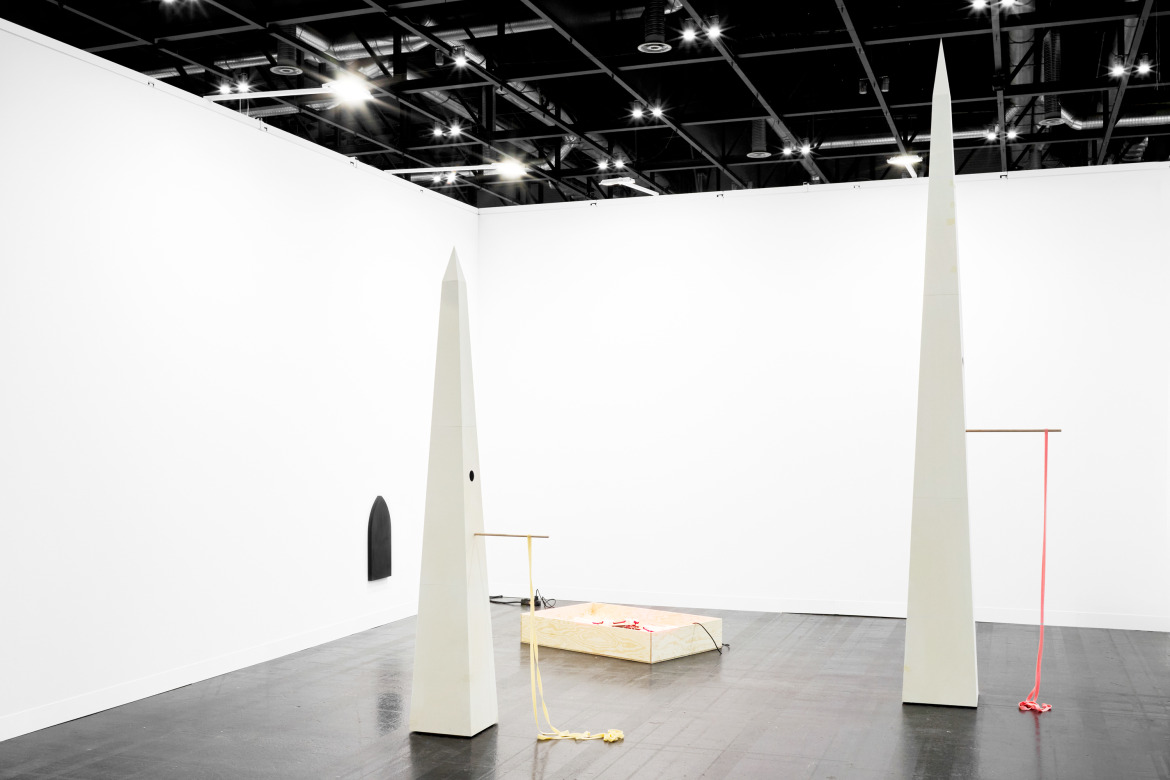
Two tall towering structures both entitled Wächter dominate Kerstin von Gabain’s scenographic solo presentation. At first sight they can be described as a mixture between a bird house and an obelisk, however their scale, materials, and proportions subtly shift them away from being mere hybrids, turning them into ghostly and somewhat frightening as much a comically-trippy deliriums made of untreated cardboard.
The two towers’ tenants themselves are absent, existing only as mere hypothetical shadow of a former self. An artist-made silicone rubber band attached to a Pinocchio-like nose seems to hint to a previous tenant’s physicality. The opening and prolonged perch are uncanny allusions to bodily functions such as mouth or nose and pose questions concerning inside and out, surveillance or protection for whom from whom and vice-versa.
The stead like presentation of the neon sign on the floor seems a further spin on nesting, shelter and dwellings, but here it’s content spoils the group. Finally, an isolated black monochromatic, cathedral-like window on an otherwise blank white plain appears as entrance to, or exit of, a tunnelling escape that leads nowhere.
Works on display:
Wächter, 2024
, cardboard, wood, silicone, 217 x 30 x 60 cm
Wächter, 2024
, cardboard, wood, silicone, 330 x 35 x 70 cm
rotten apple, 2024
, neon, metal, wood, 20 x 70 x 106 cm
Fenster, 2023
, oil paint on cardboard, 67 x 29 x 3 cm
→Max Henry, In the Wake of Vienna’s Autumn Art Leviathan, Spike Magazine, Oct 18, 2024
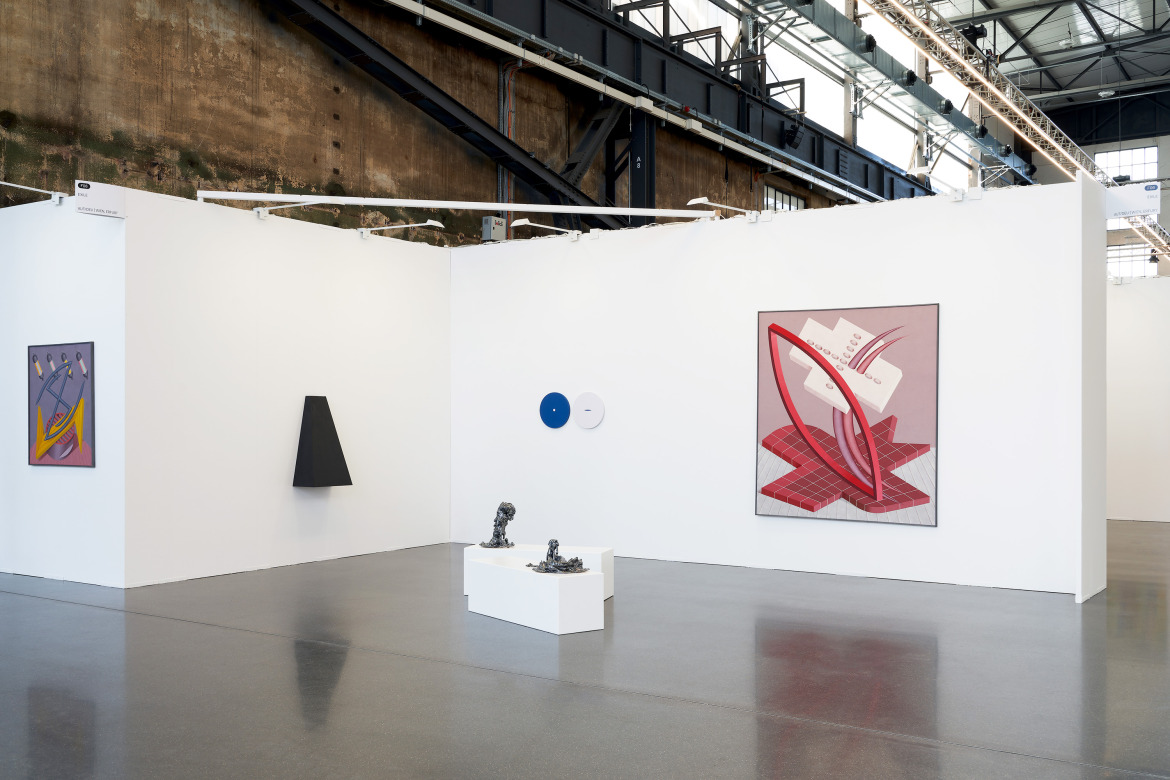
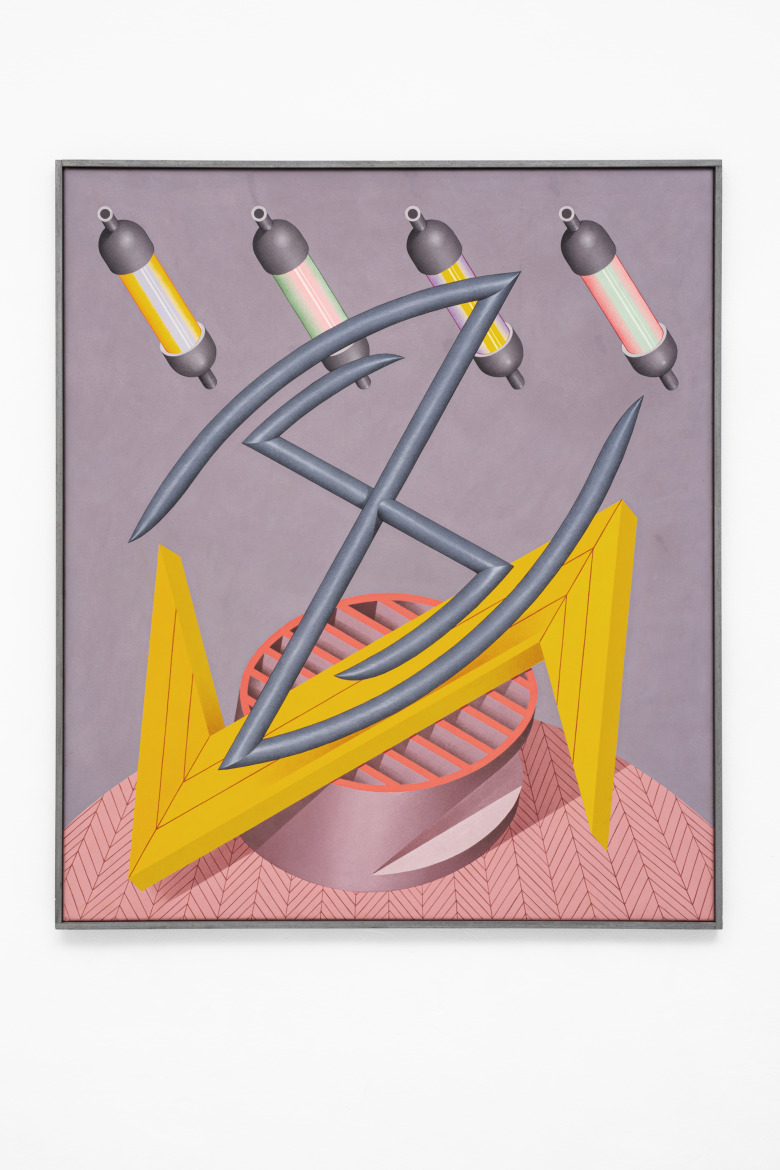
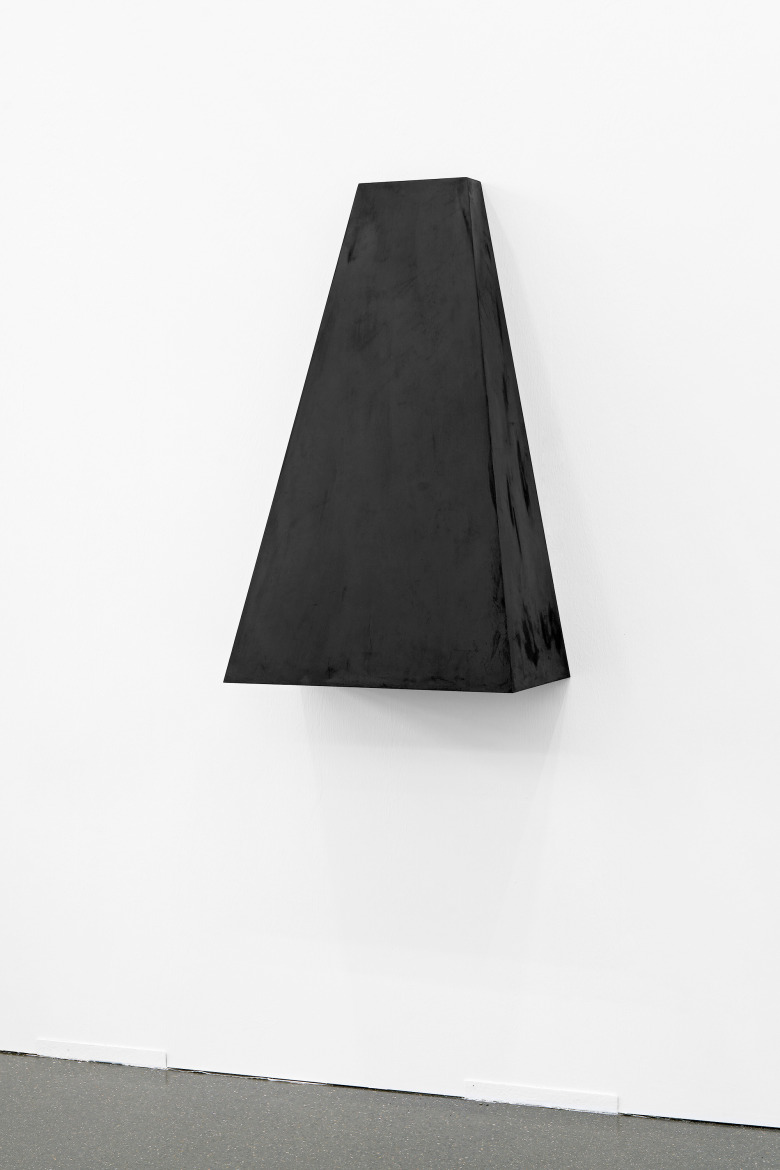
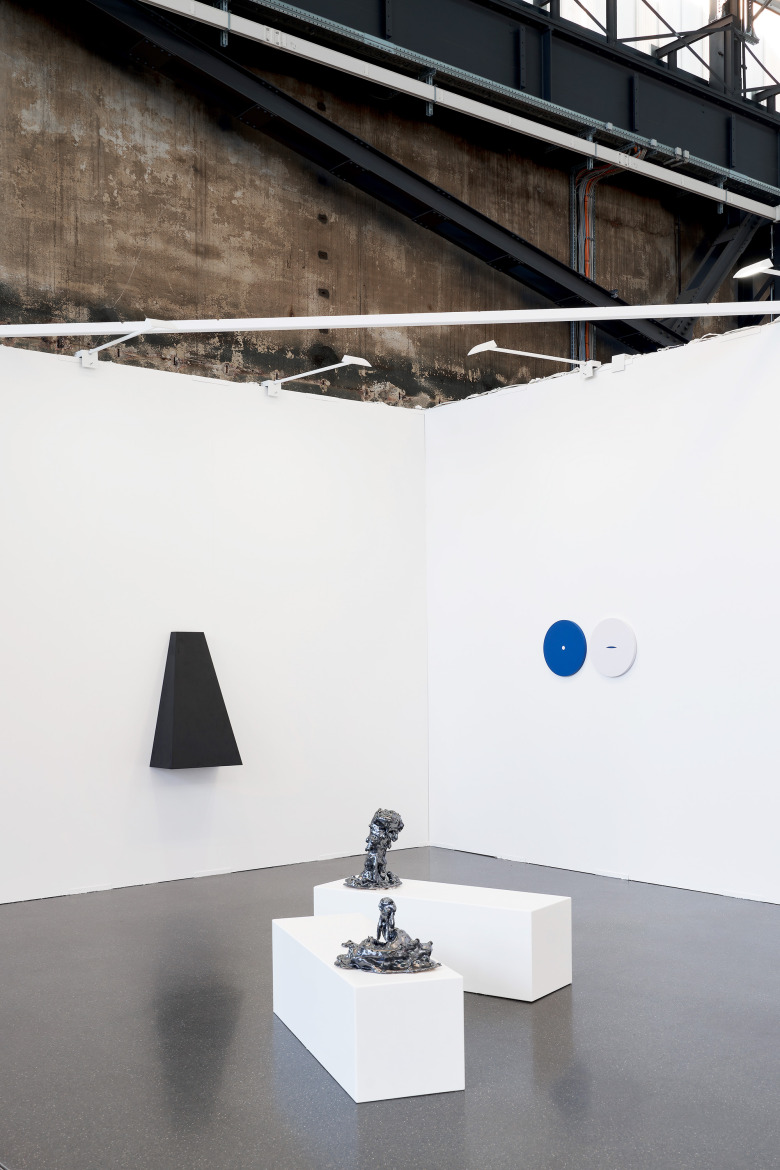
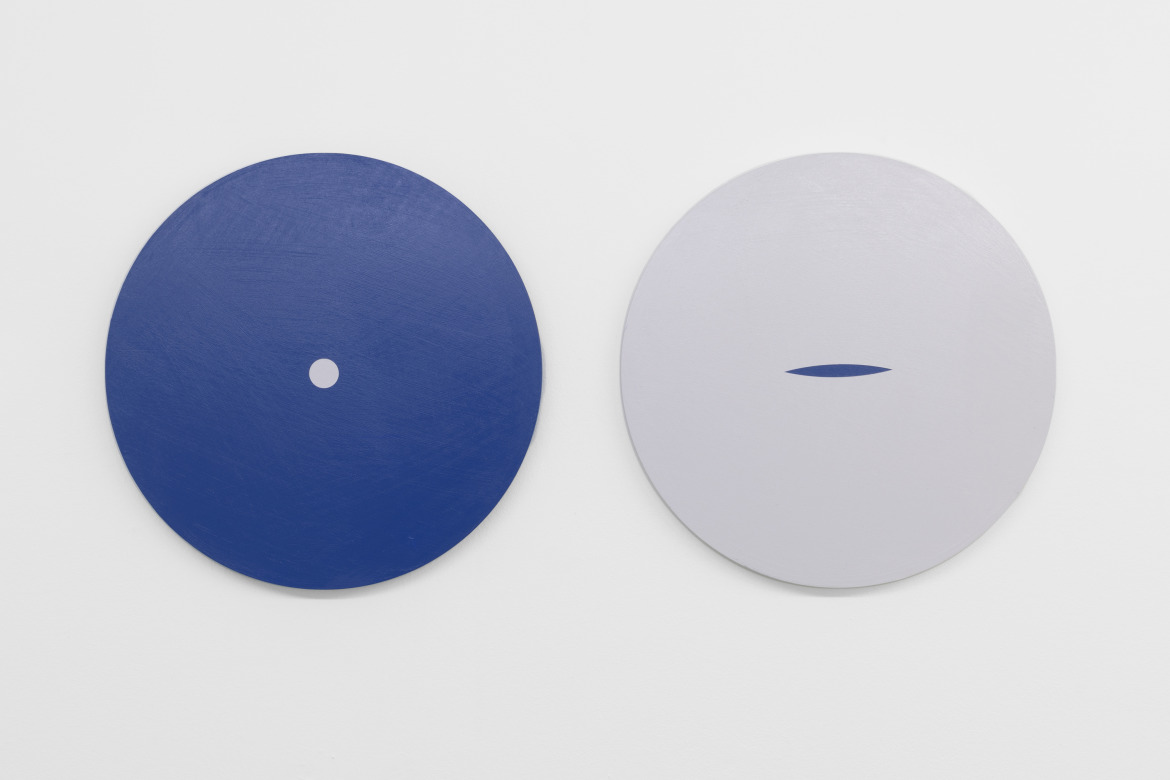
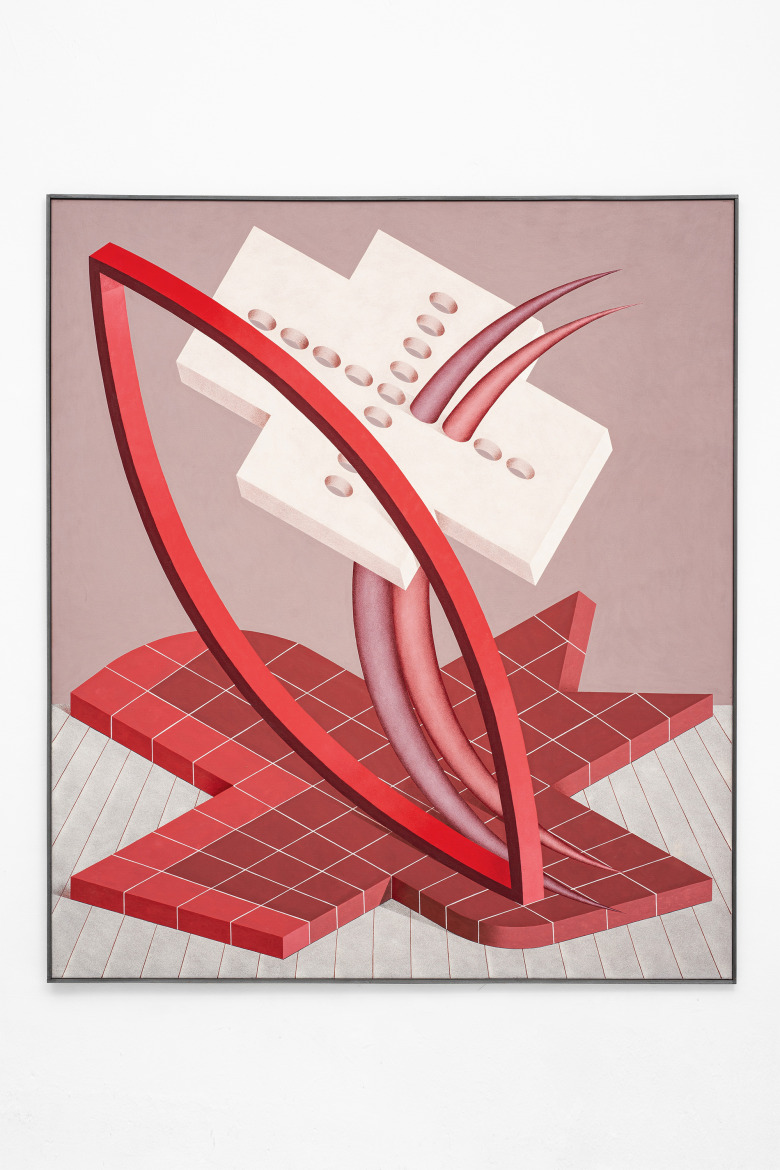
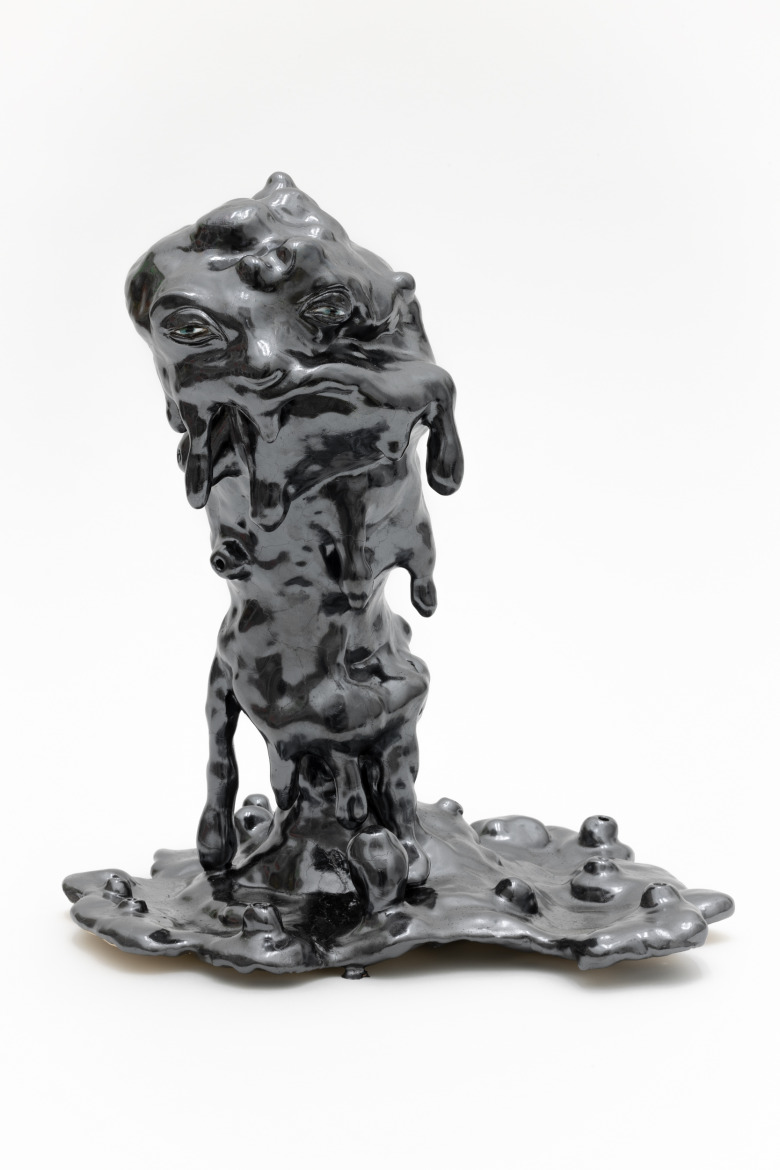
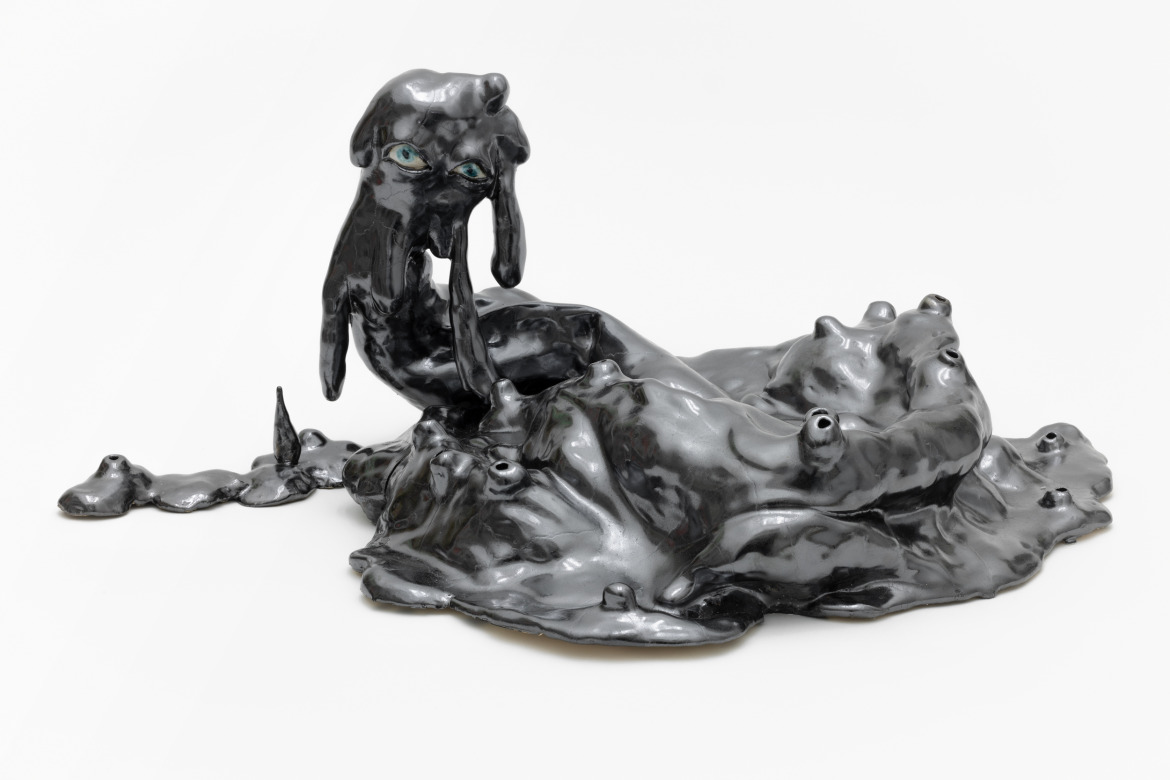
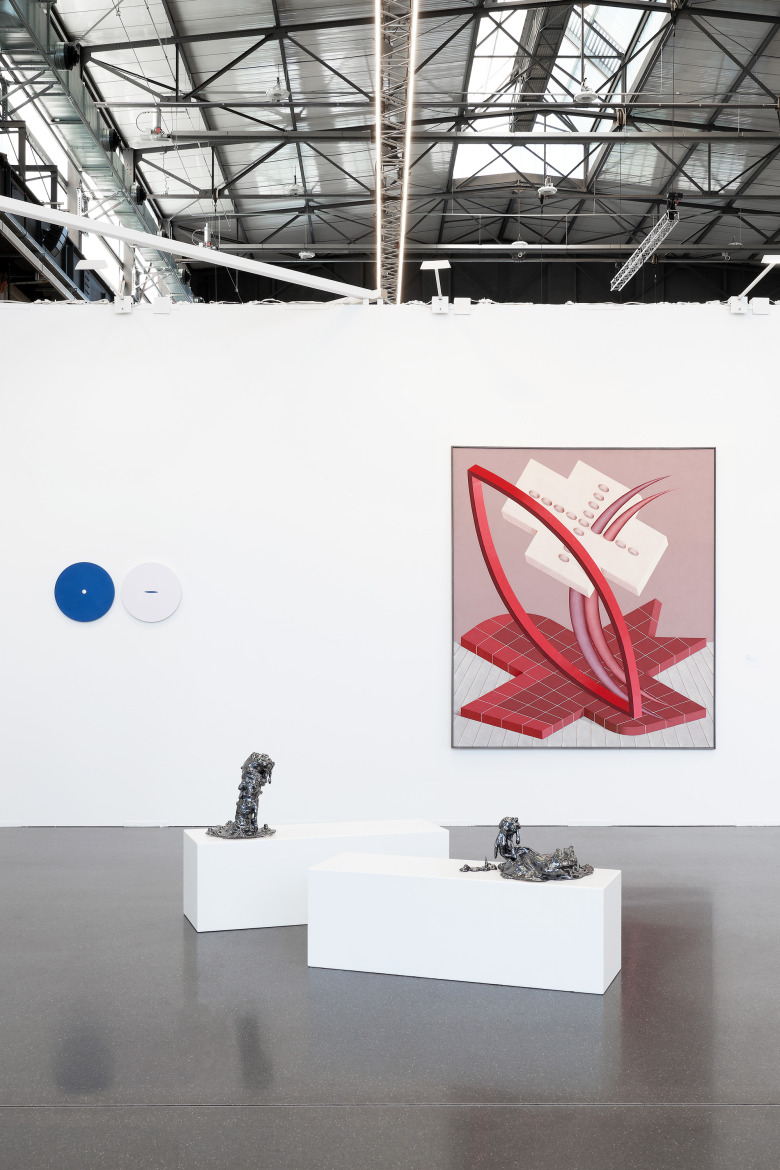
EXILE is pleased to participate in this year’s Art Düsseldorf with a presentation of works by Tess Jaray (born 1937), Kerstin von Gabain (born 1979), Nschotschi Haslinger (born 1982), and Jobst Meyer (1940-2017). You can find us at booth F06.
→Tess Jaray
→Kerstin von Gabain
→Nschotschi Haslinger
→Jobst Meyer
→Art Düsseldorf
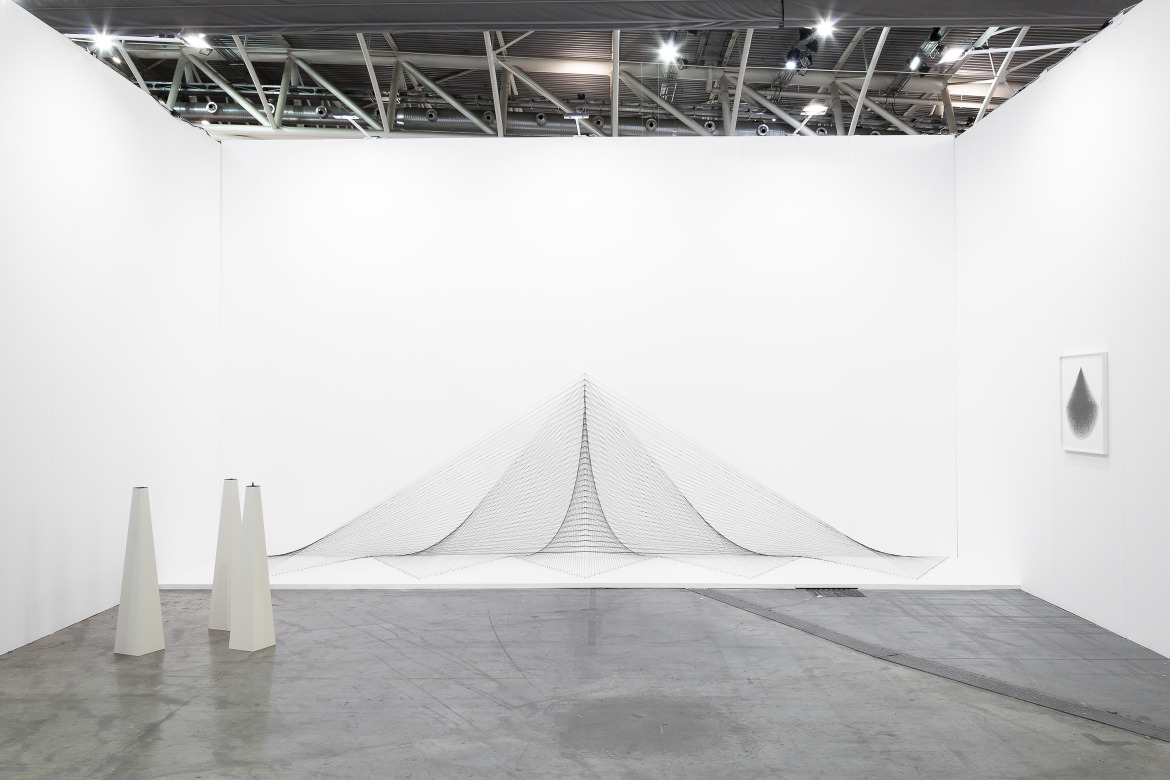
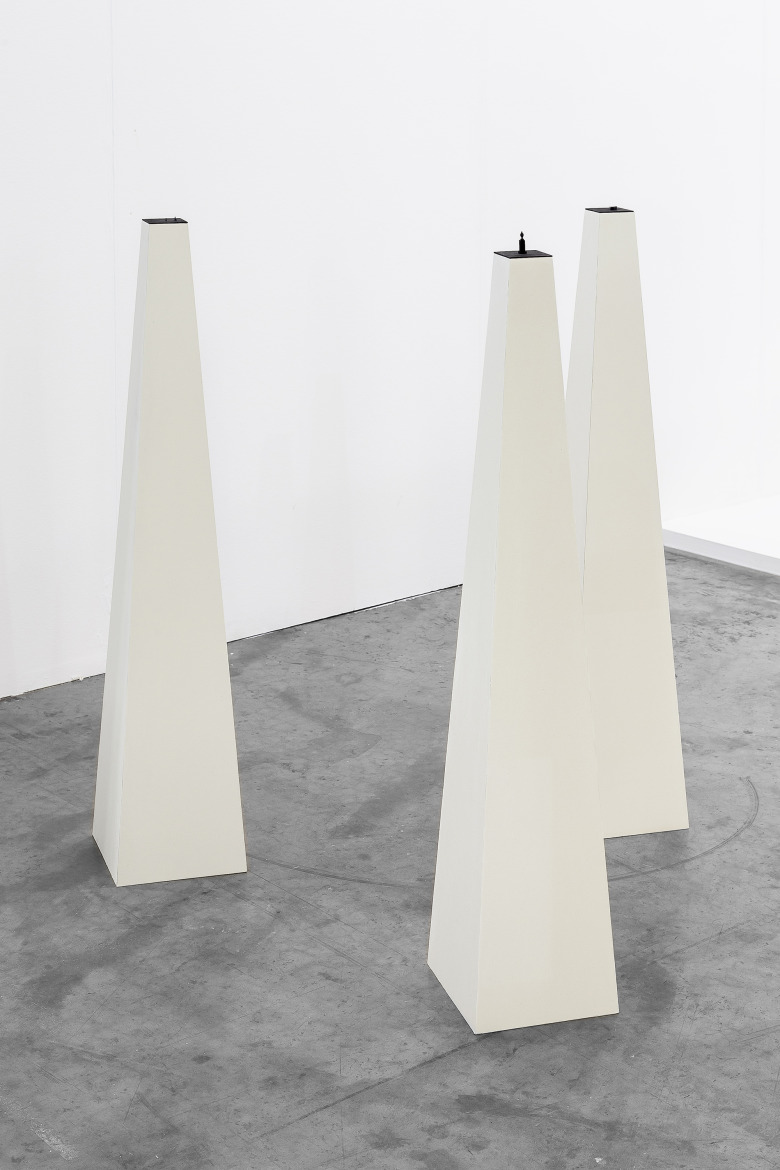
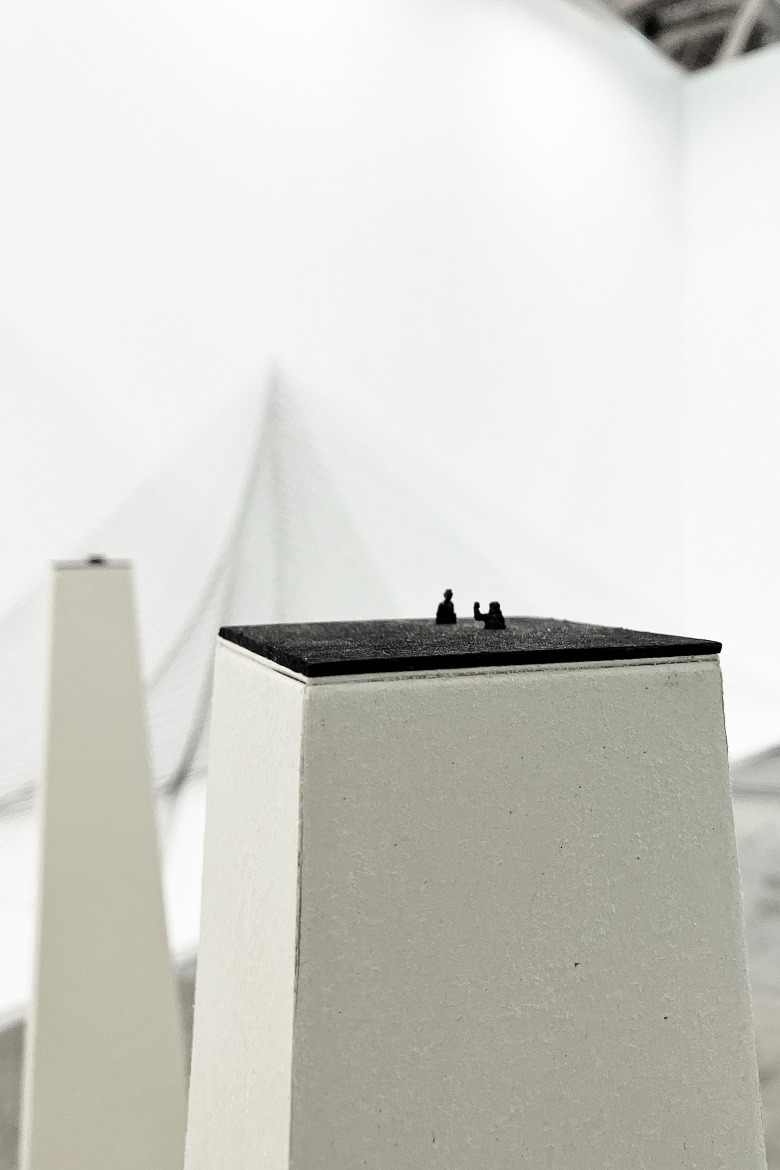
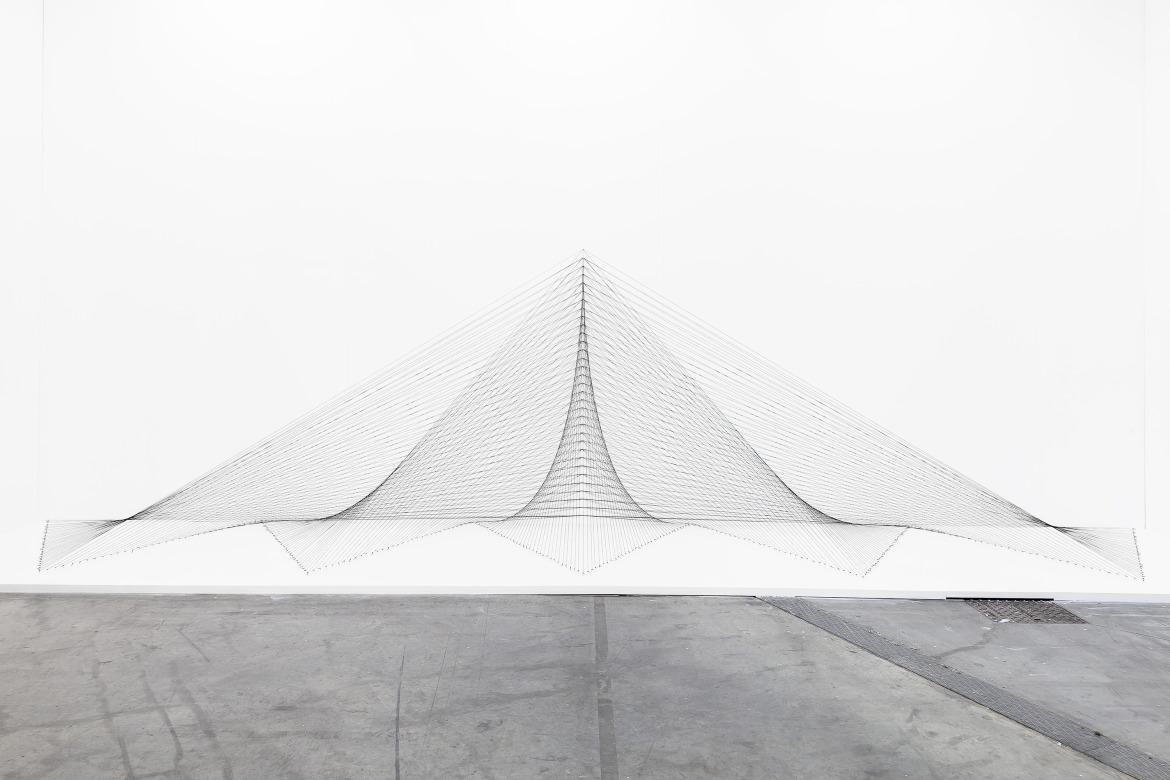
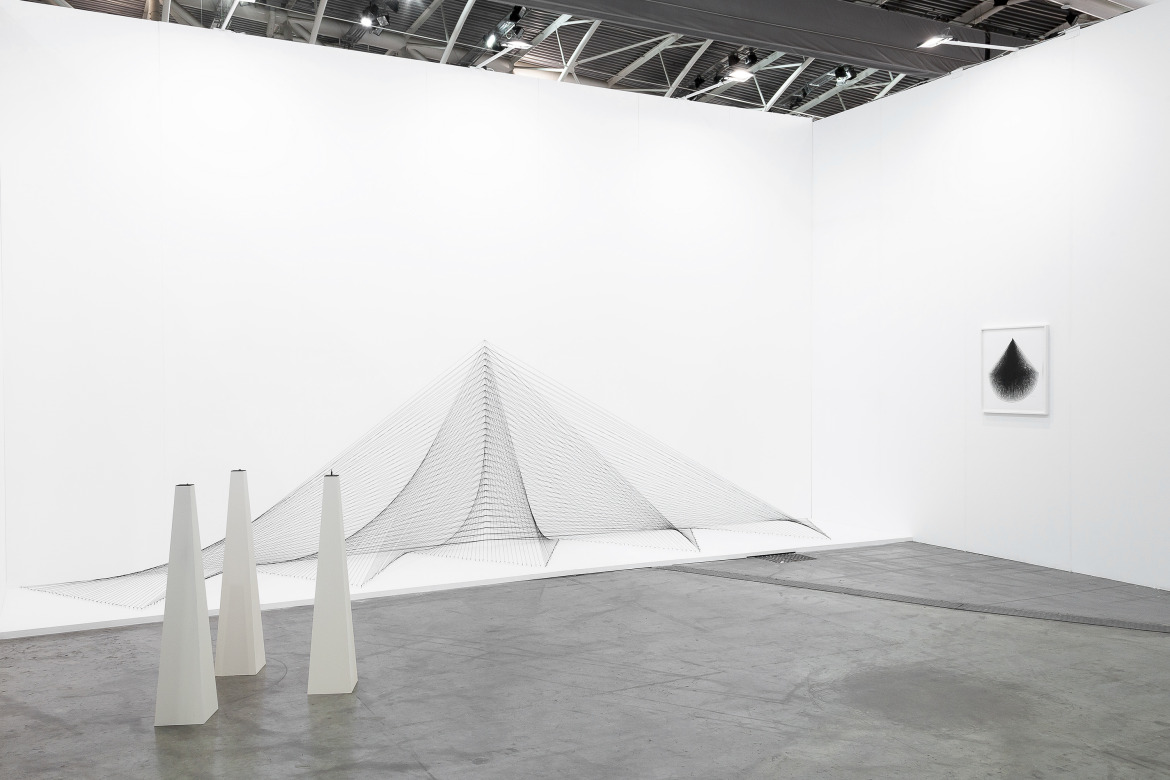
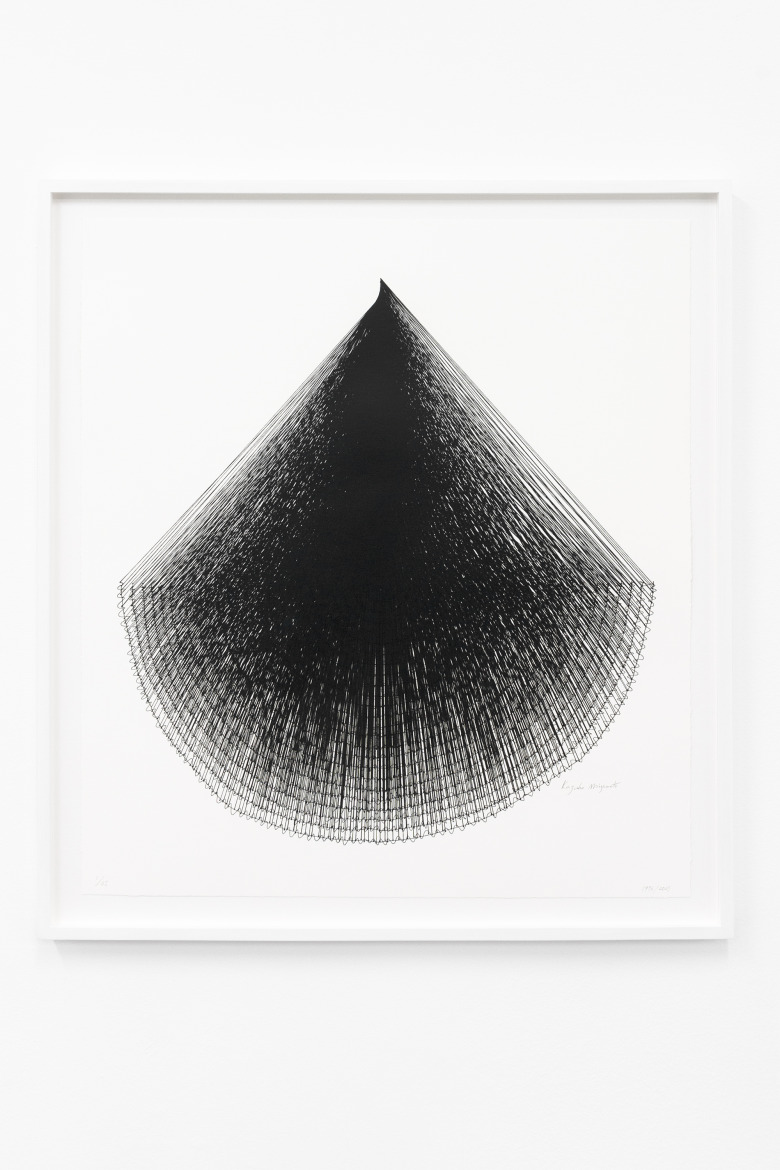
EXILE is pleased to announce a dialogue presentation of works by Kazuko Miyamoto and Kerstin von Gabain for this year’s ARTISSIMA artfair.
The dialogue between the artists touches on the ephemeral quality of structure; be it the ephemeral quality of power structures and the means of countering them, as with Monument (2023) by Kerstin von Gabain, or the ephemeral quality of material structure, the structure of space, as in the case of Kazuko Miyamoto’s Untitled (1979). The stability and firmness of the works are achieved with delicate, readily available materials, paper and string, respectively, as well as with manual, tactile and attentive, means of construction. Structure stands in close connection with continuity and permanence, both of which tend to be questioned in times of societal division and change.
As monuments reenter public discourse, raising the question, what role should a monument play in contemporary society, and whether its symbolic ties to the powers that be should be upheld or severed, monumentality (both in toughness and in scale) becomes a subject of contention.
Kerstin von Gabain’s paper miniatures contrast the grandeur of large figures or busts and the permanence of their stone or metals. Monumentality is replaced by non-monumentality, proposing anti-monumentality. Kazuko Miyamoto, on the other hand, challenges the analytical side to minimalism and its aesthetic vocabulary, constructing spatial structures that seem ever more embodied. Last exhibited as part of the exhibition A Great Big Drawing Show curated by Alanna Heiss at P.S.1. (now MoMA PS1) in 1979, the string construction echoes the artist’s move to incorporate dimensions of her body into intricate patterning of nail and string prominent in her work from the early 1970s onward.
Their joint presentation focuses on withdrawn conceptual and aesthetic gestures that through subtlety and programmatic attention to detail reach pointed and engaged artistic expressions.
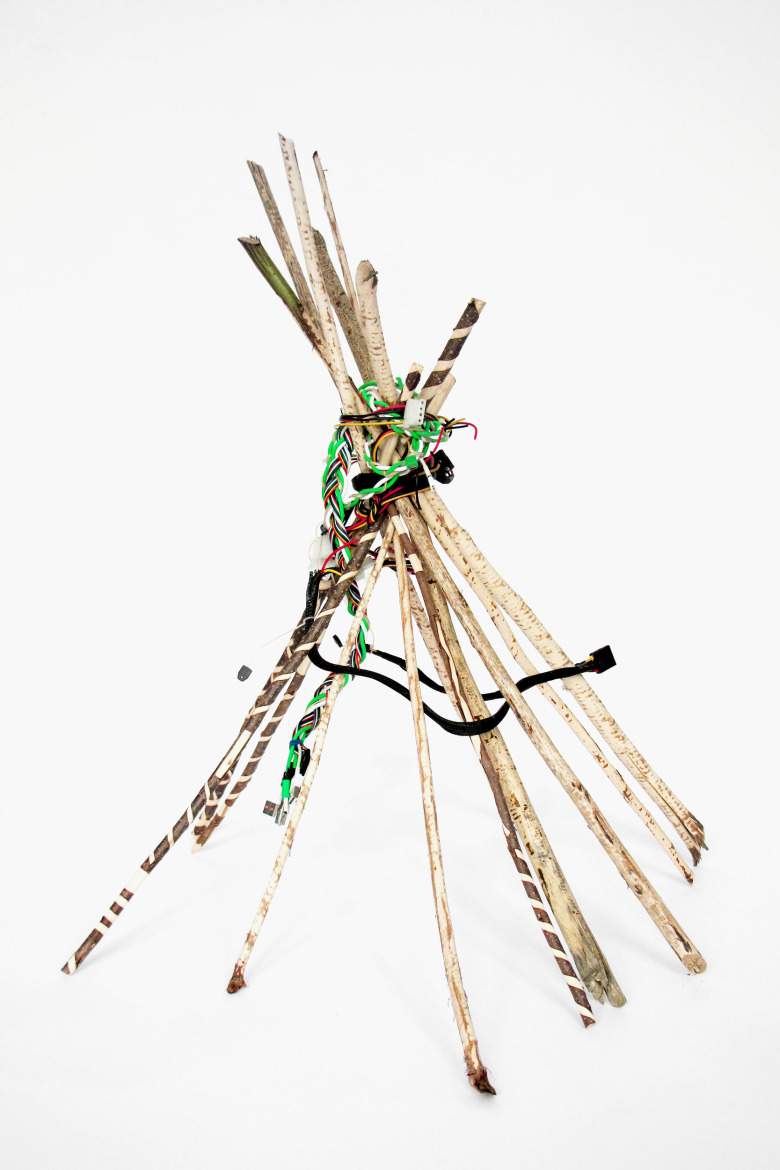
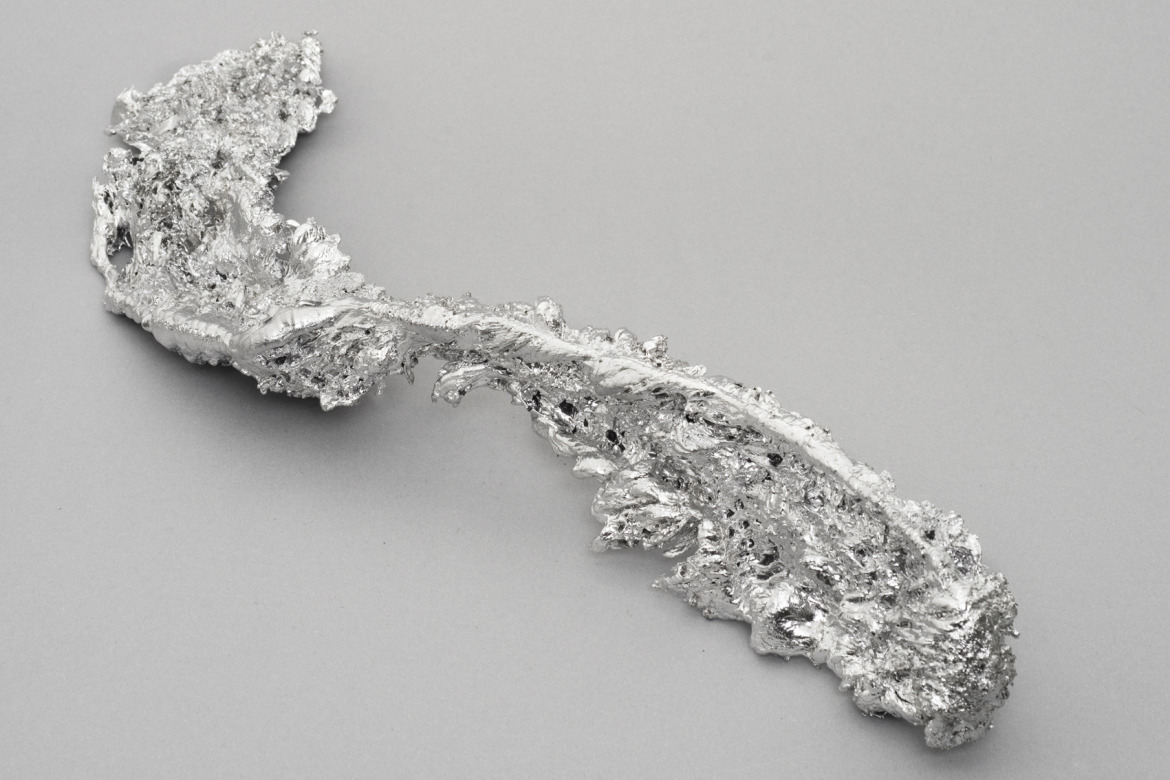
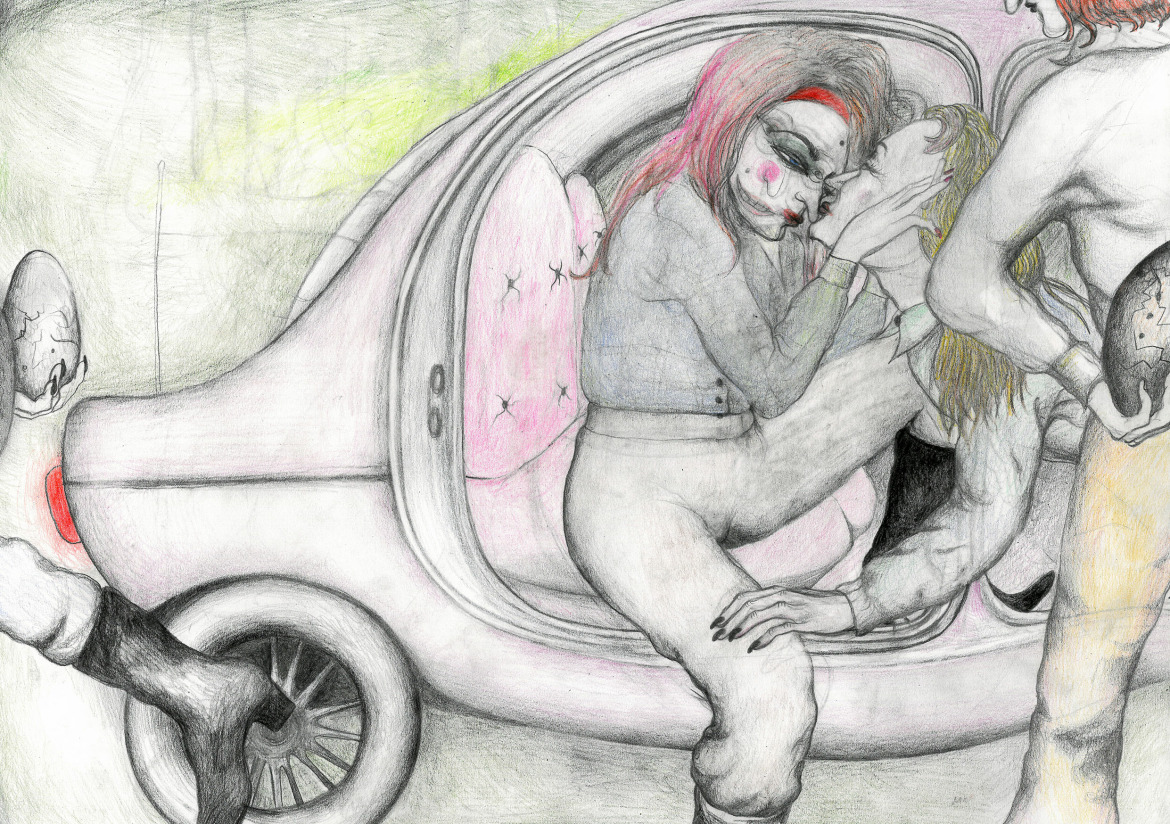
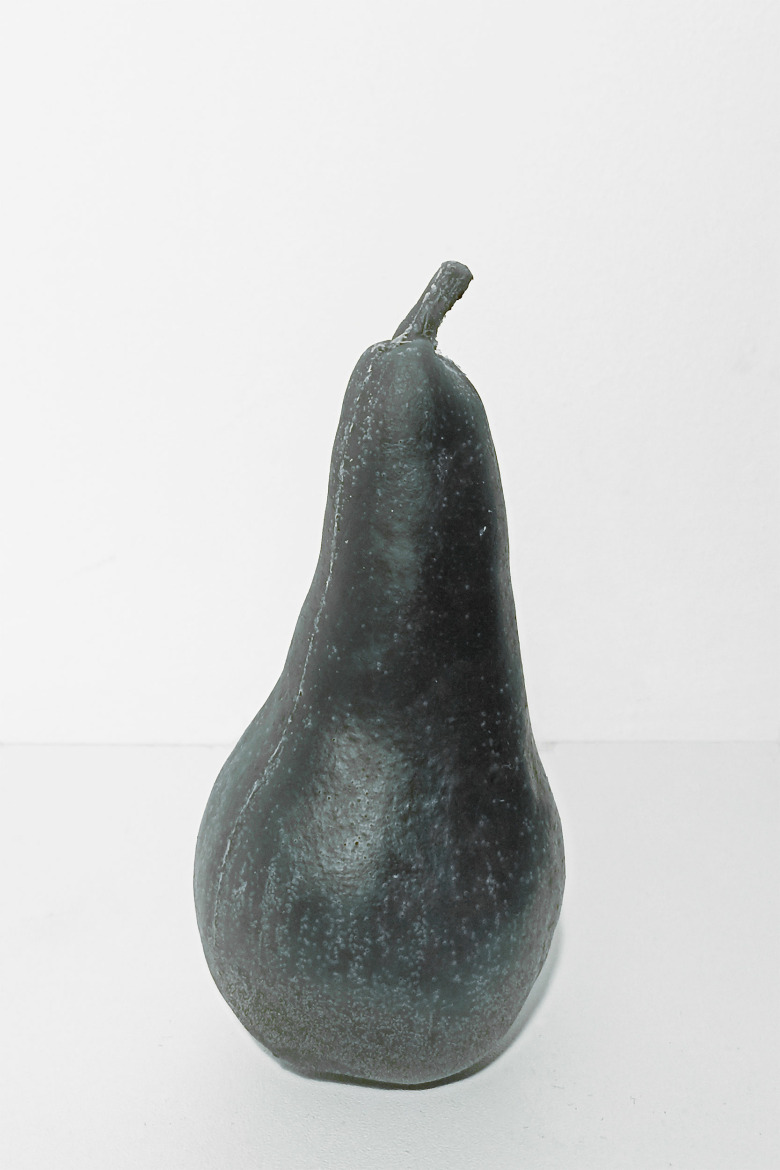
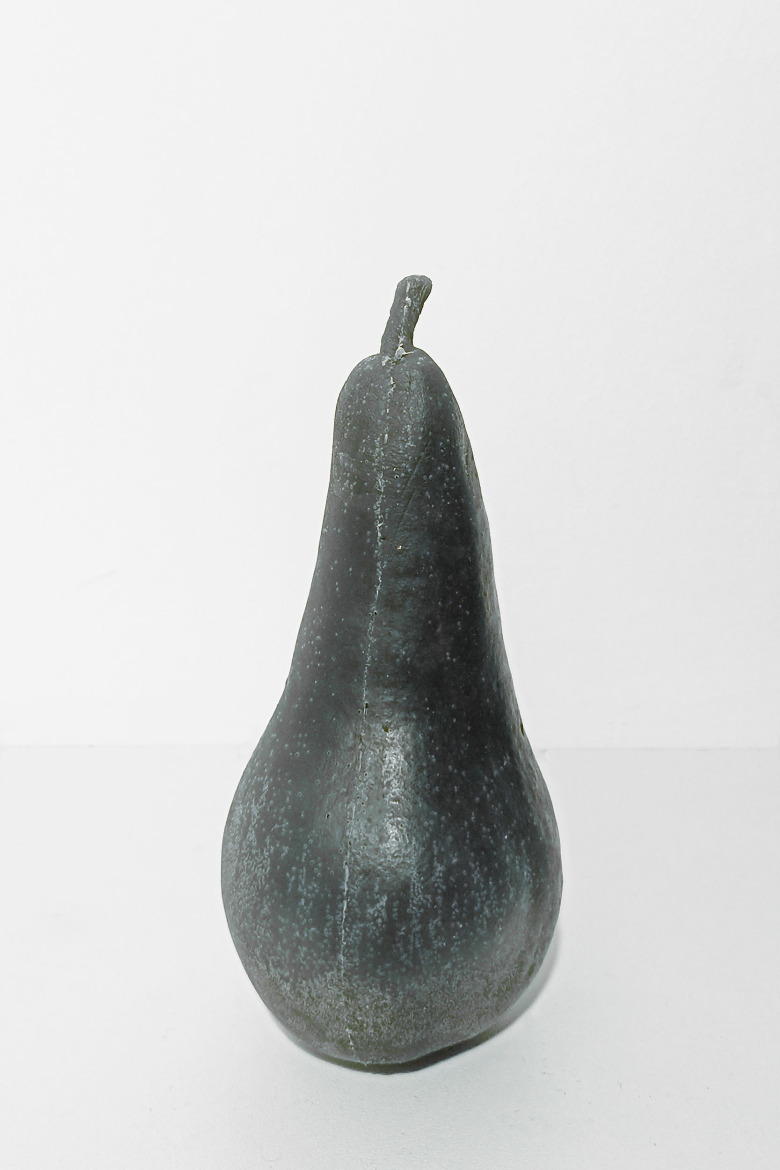
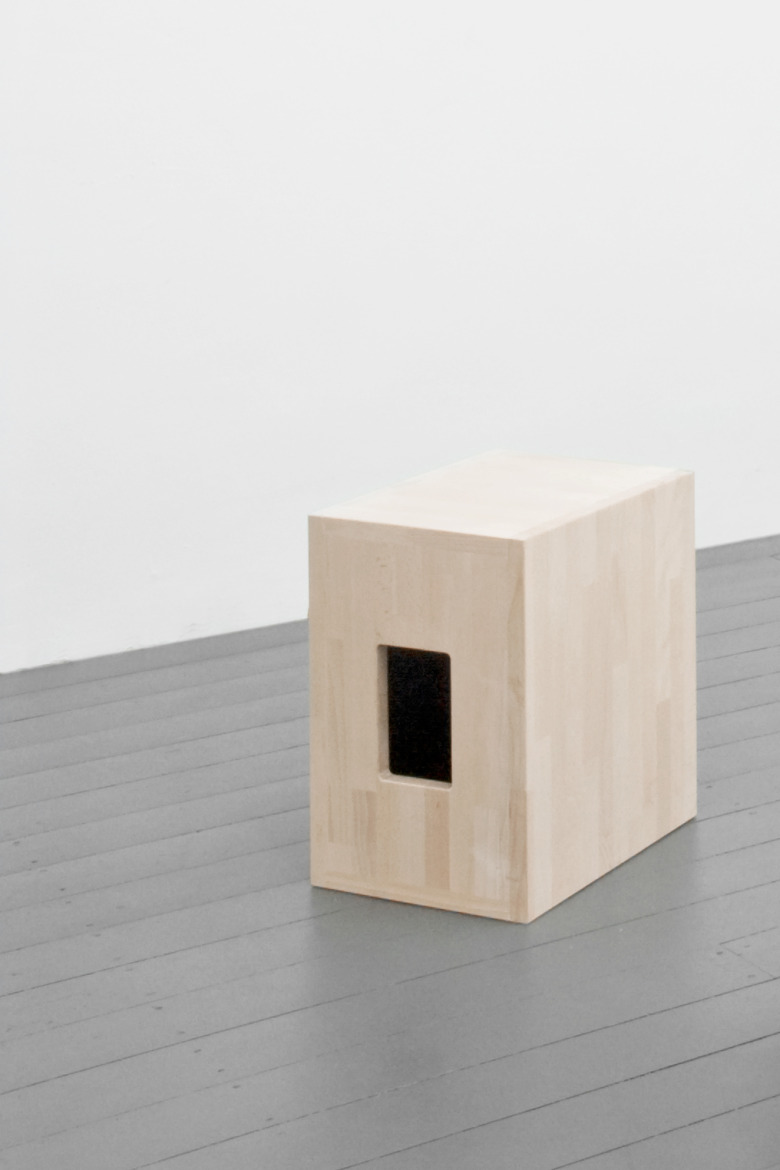
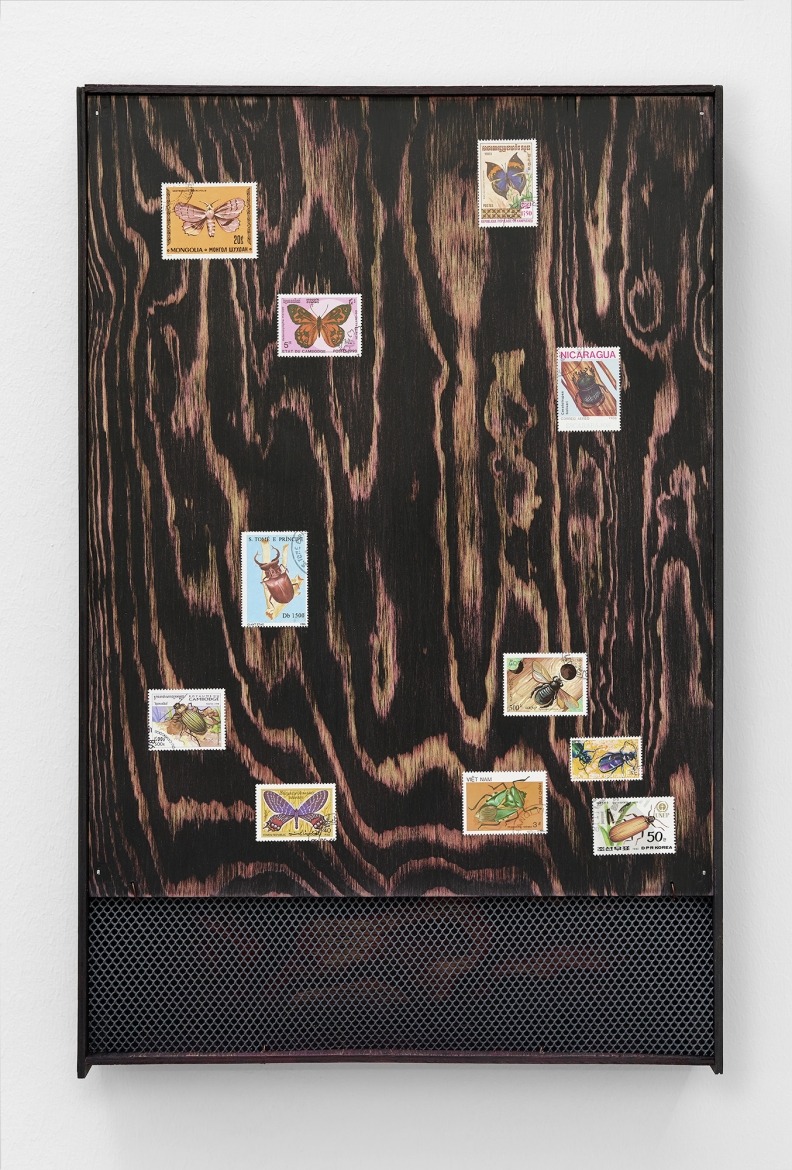
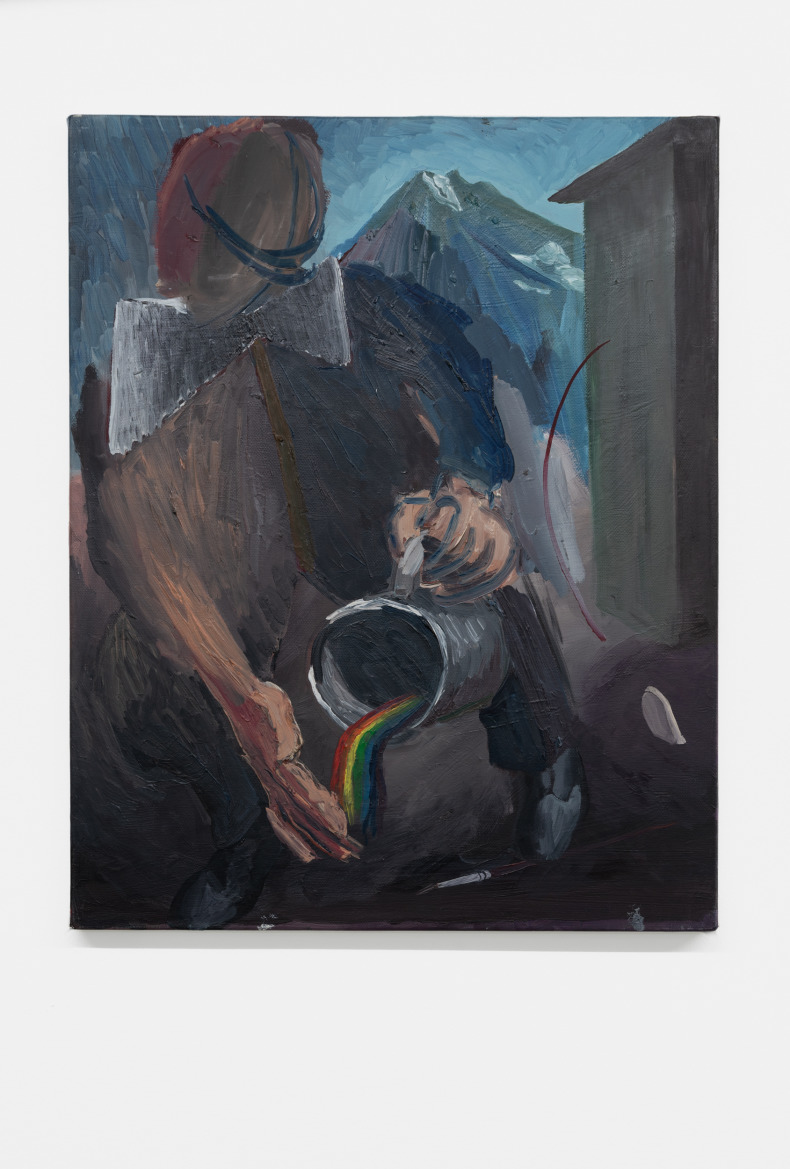
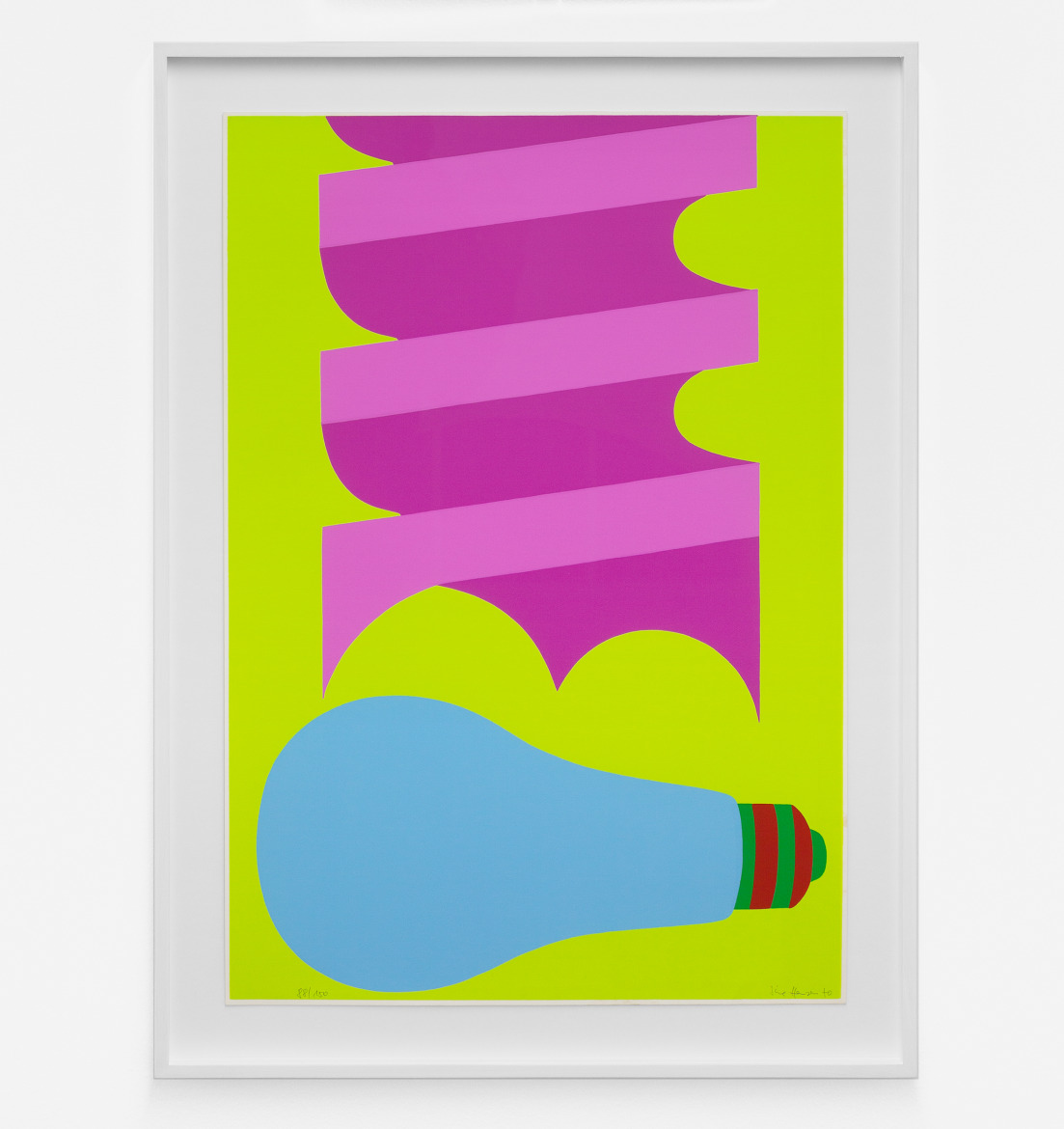
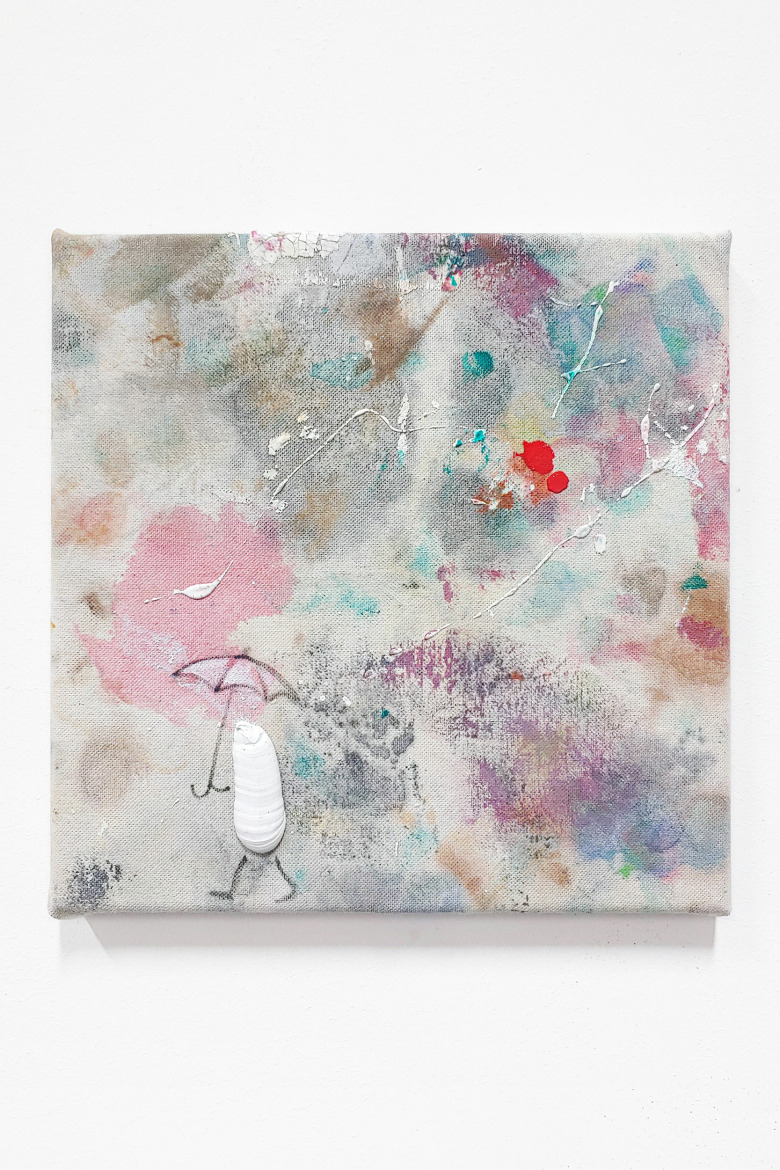
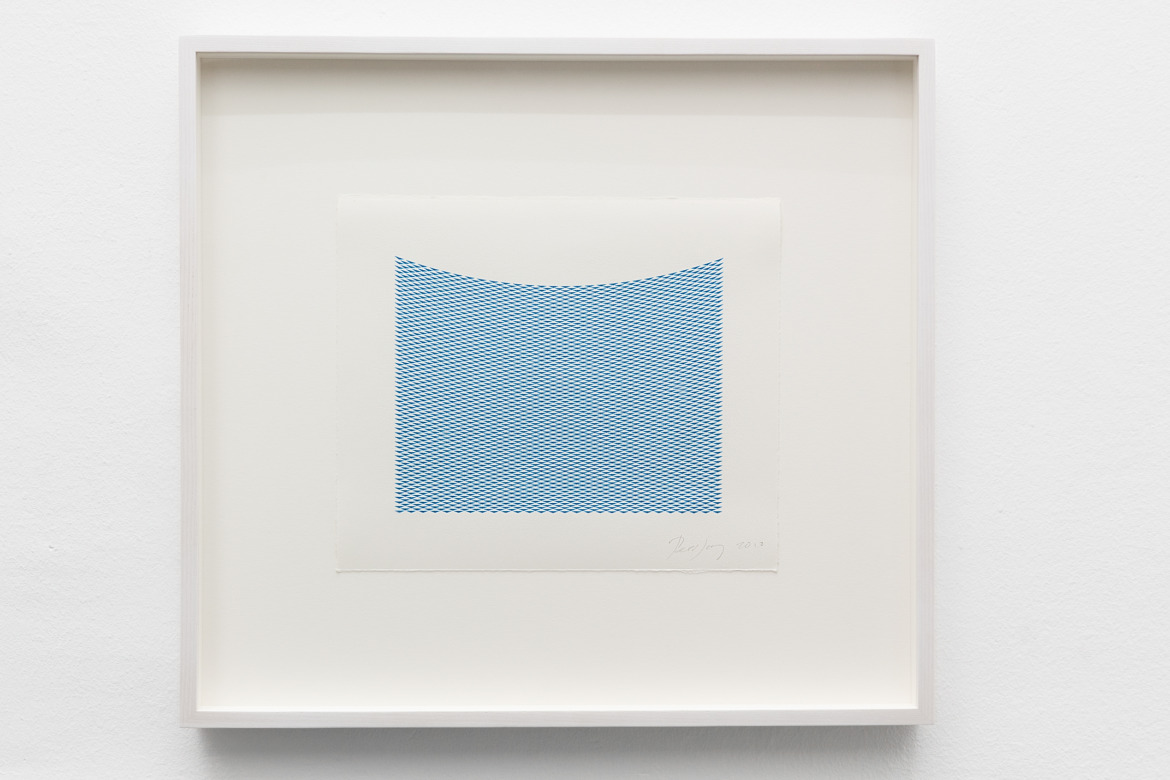
EXILE and the participating artist have taken the ongoing global crises as a starting point to offer selected artworks at a reduced price to directly support various charitable causes. The ten selected artworks were offered at a fixed price of 1.000 EUR to be donated directly by the buyer to the cause selected by the respective artist donating the work.
We would like to thank everyone for taking initiative, acquiring an artwork and donating to the causes selected by each artist. Thank you!
The offered artworks of 10×1000 were:
Kinga Kiełczyńska: Hidden interface (beaver and Andrii), 2022. Garden waste of hand-carved hazelnut shoots, beaver-worked driftwood, reclaimed cables, 90 x 60 x 60 cm
Exhibited as part of the artist’s →solo exhibition at EXILE in 2022
1.000 EUR to be donated directly to →Polish Humanitarian Action
Erik Niedling: Future 01/19/17, 2017. Tin, Lead, 8 x 53 x 18.5 cm
Exhibited as part of the artist’s →solo exhibition at EXILE in 2017
1.000 EUR to be donated directly to →Doctors without Borders
Nschotschi Haslinger: Untitled, 2019. Color pencil on paper, 30 x 42 cm
Features on the cover of →Index Nr 86, Jan 2019
1.000 EUR to be donated directly to →Doctors without Borders
Kerstin von Gabain: Pear I & II, 2022. Wax, 13 x 6 x 6 cm each
500 EUR each to be donated directly to →Caritas Ukraine Funds
Gwenn Thomas: Standard Candles, 2017. Wood and black acrylic paint, 52 x 46 x 26,5 cm
Exhibited as part of the artist’s →solo exhibition at EXILE in 2017
1.000 EUR were donated directly to →Fight for Right Ukraine
Martin Kohout: Coll., Mongolia-Cambodia, 2016. Wood, stamps, plastic grid, 52 x 34 x 7 cm
1.000 EUR were donated directly to →Fight for Right Ukraine
Sine Hansen: Bohrer mit Birne, 1970. Screen print, 61 x 42 cm.
Exhibited as part of the artist’s →solo exhibition at EXILE in 2021.
1.000 EUR were donated directly to →Medeor Fund for Ukrainian hospitals
Pauł Sochacki: Waiting for the rainbow, 2022. Oil on canvas, 27 x 27 cm
1.000 EUR were donated directly to →United Nations Refugee Agency
Nazim Ünal Yilmaz: Tare, 2010. Oil on canvas, 50 x 40 cm
Exhibited as part of the artist’s →solo exhibition at EXILE in 2020
1.000 EUR were donated directly to →Palestine Children’s Relief Fund
Tess Jaray: Untitled (Navy Blue), 2010. Unique inkjet on archival paper, 20.2 x 24.2 cm
Exhibited as part of the artist’s →solo exhibition at EXILE in 2019
1.000 EUR were donated directly to →Red Cross Ukraine Funds
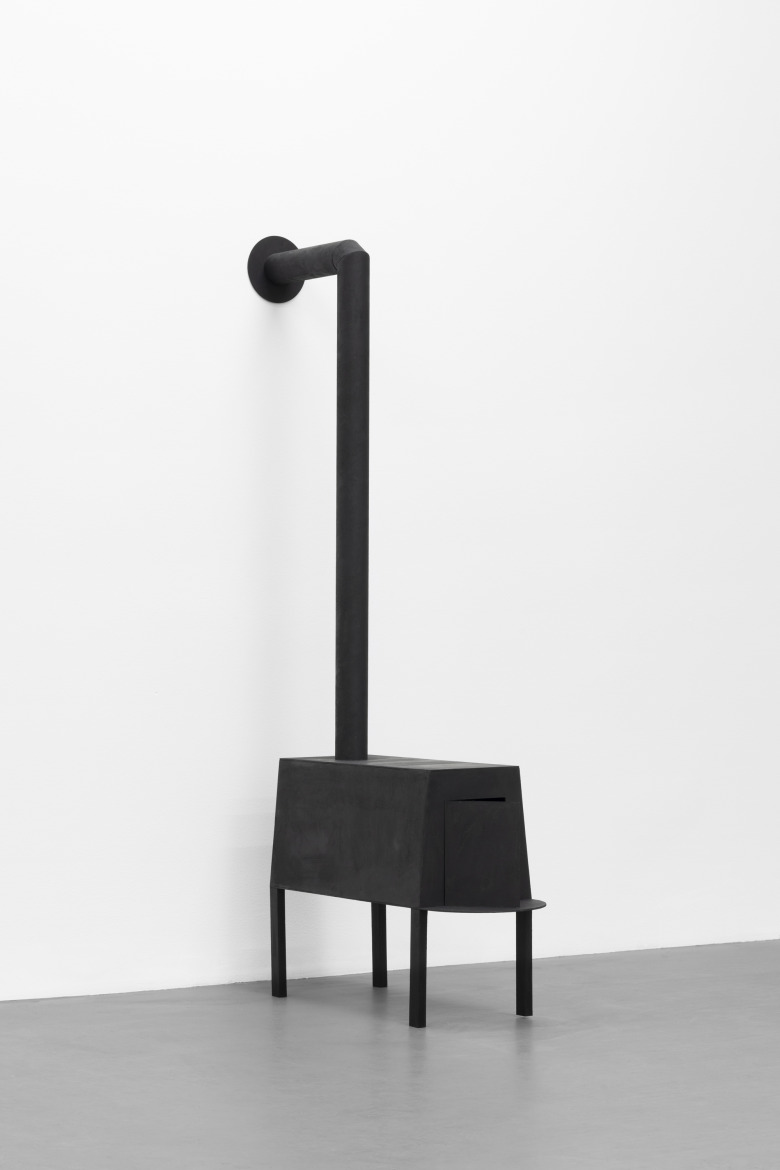
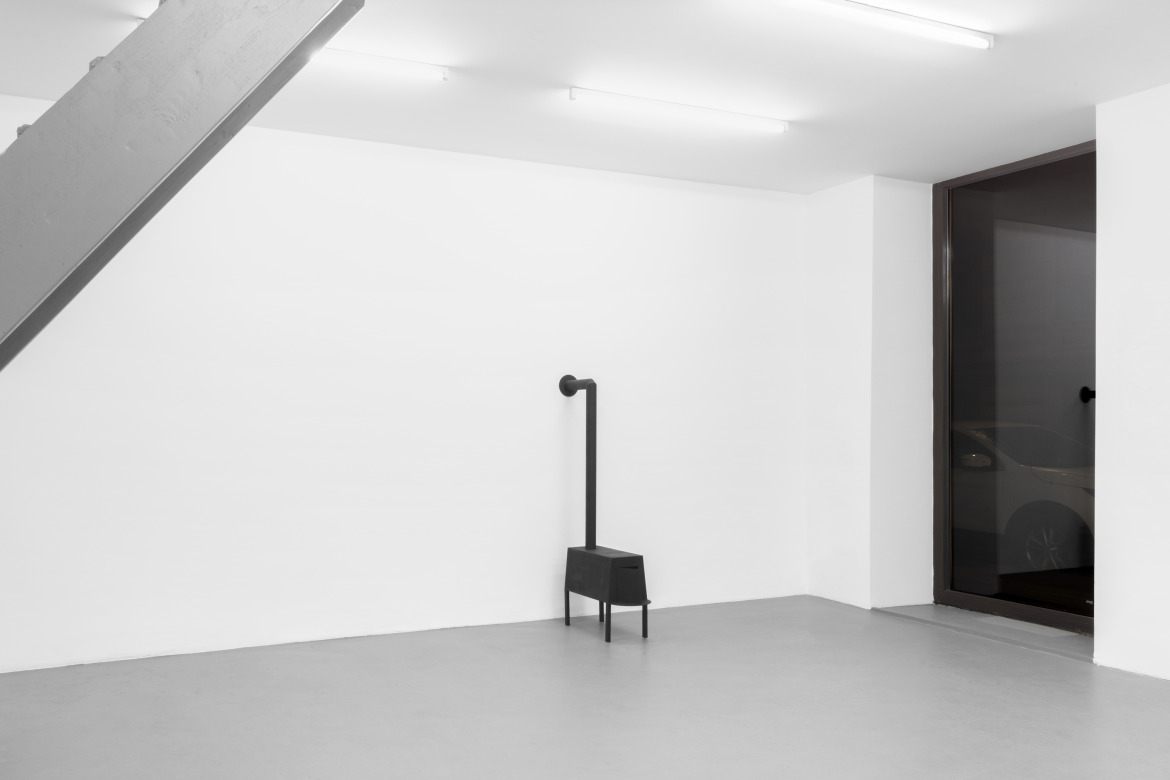
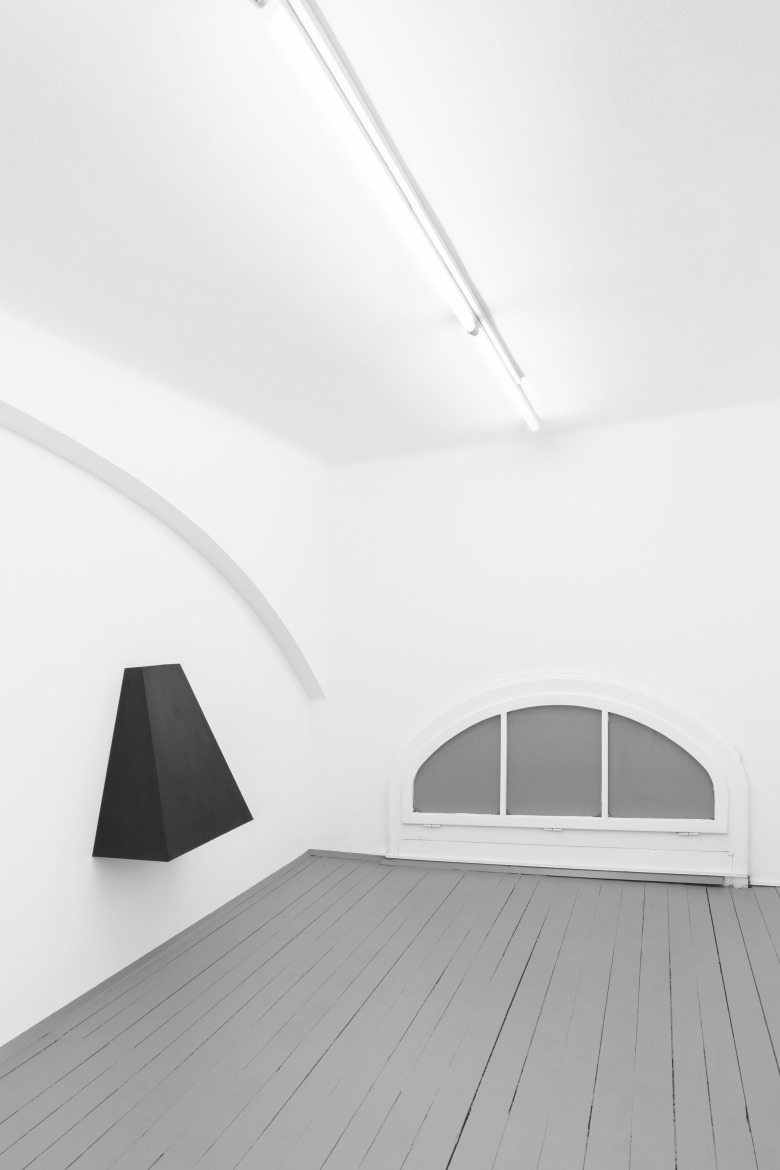

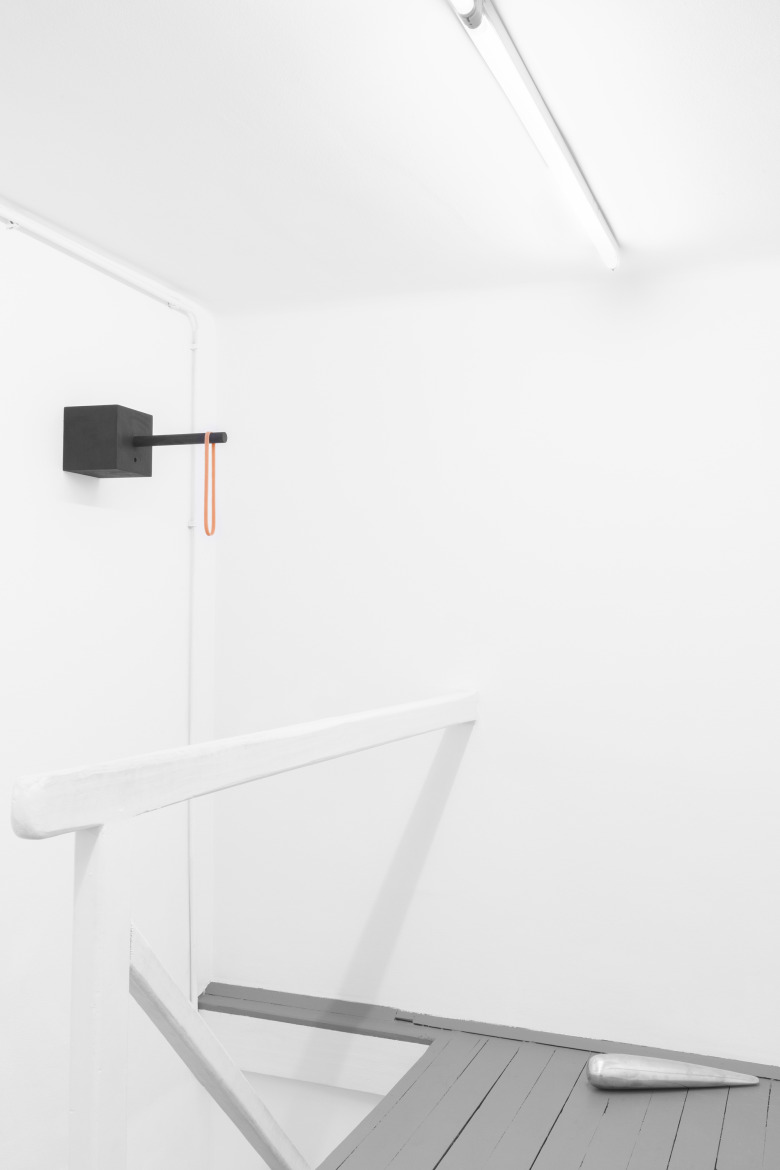
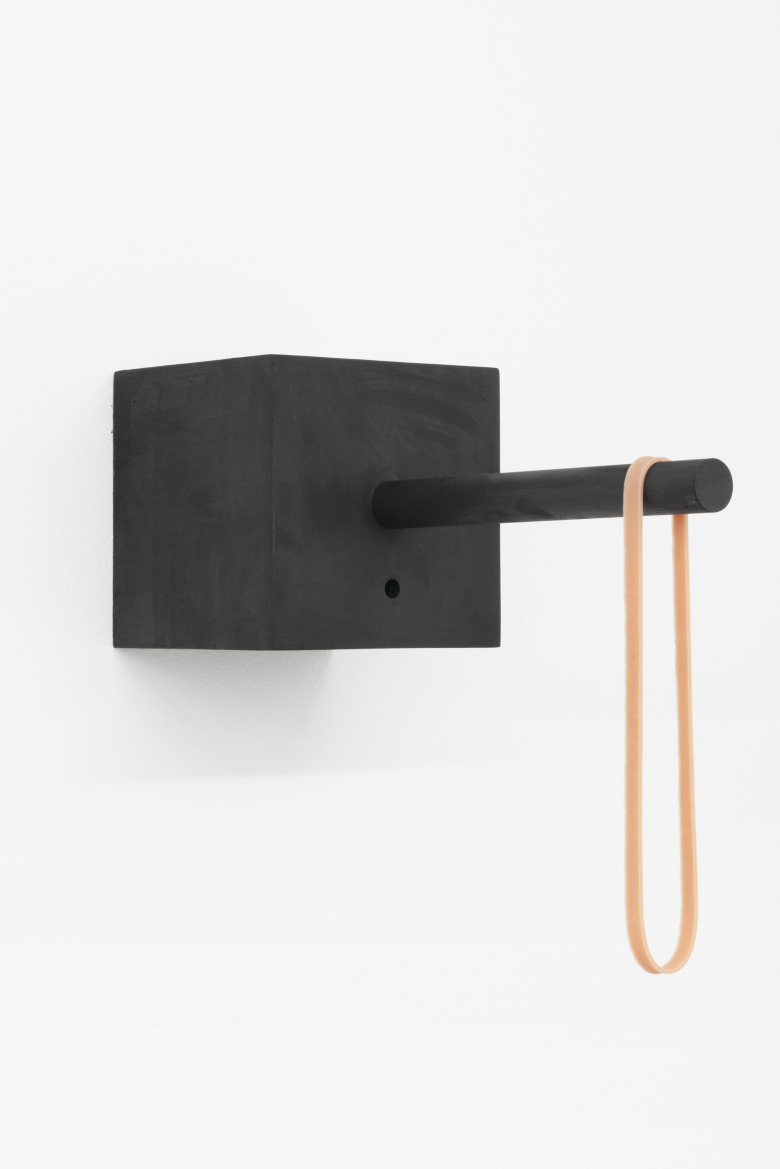
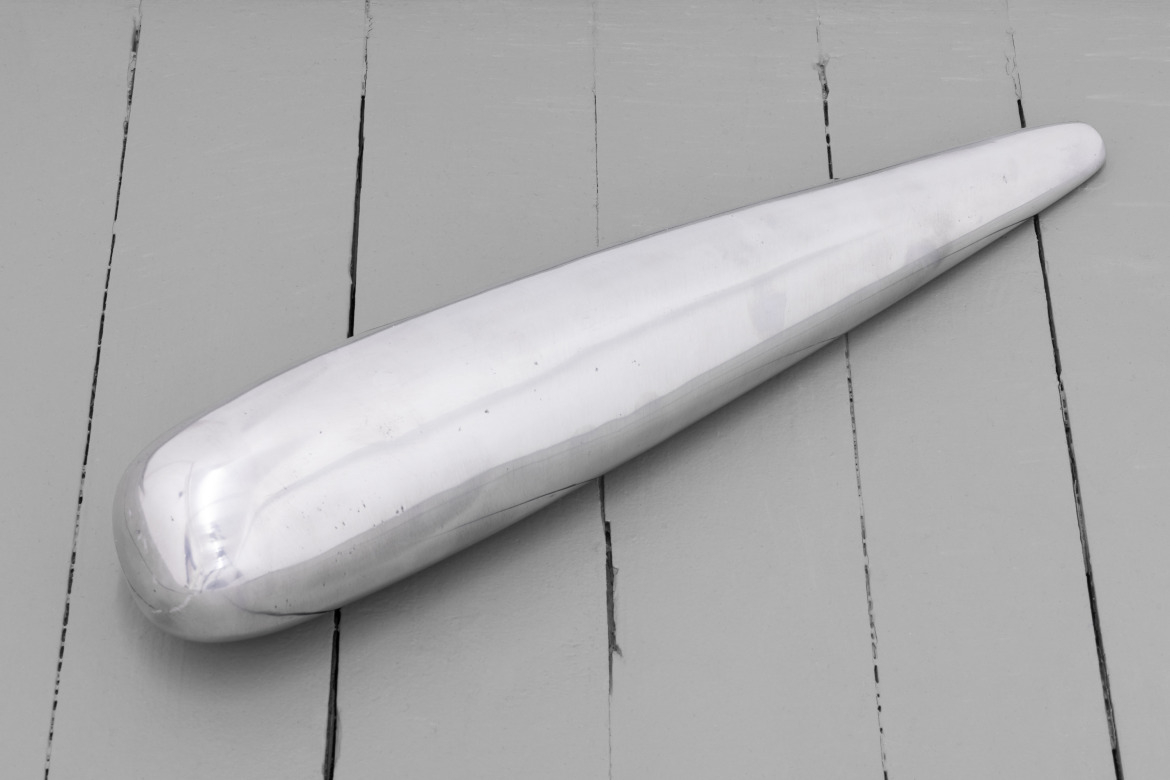
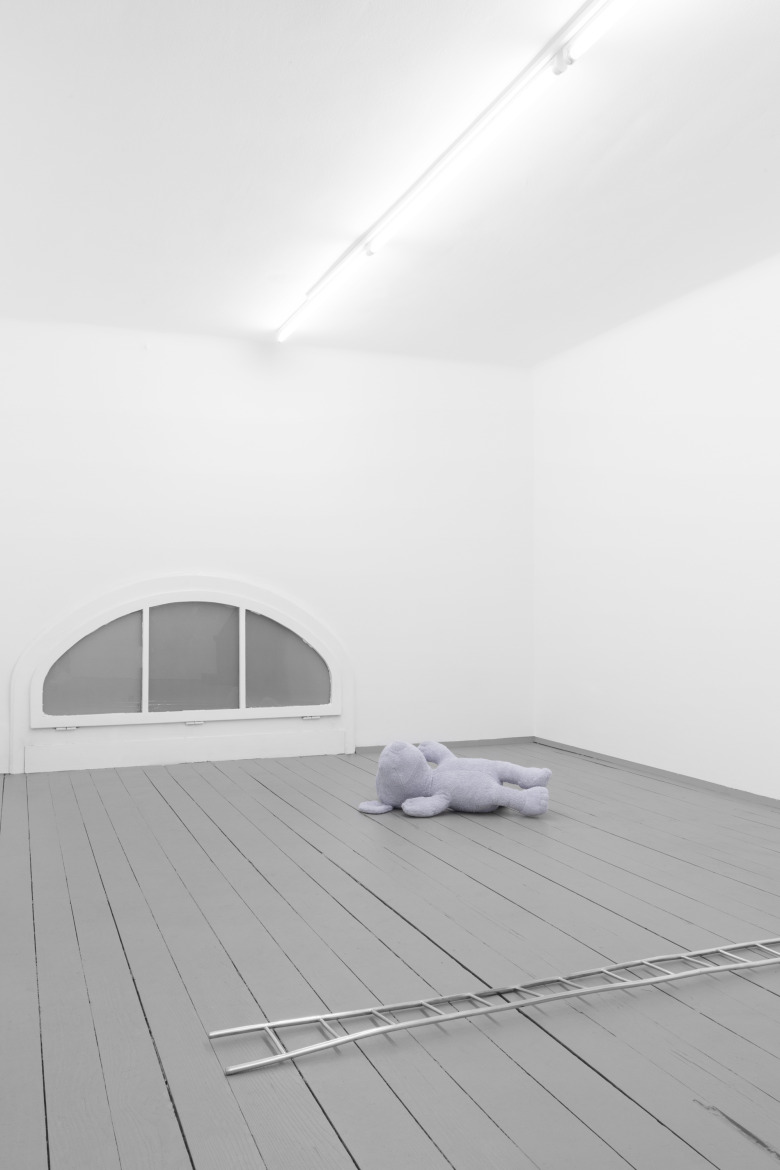
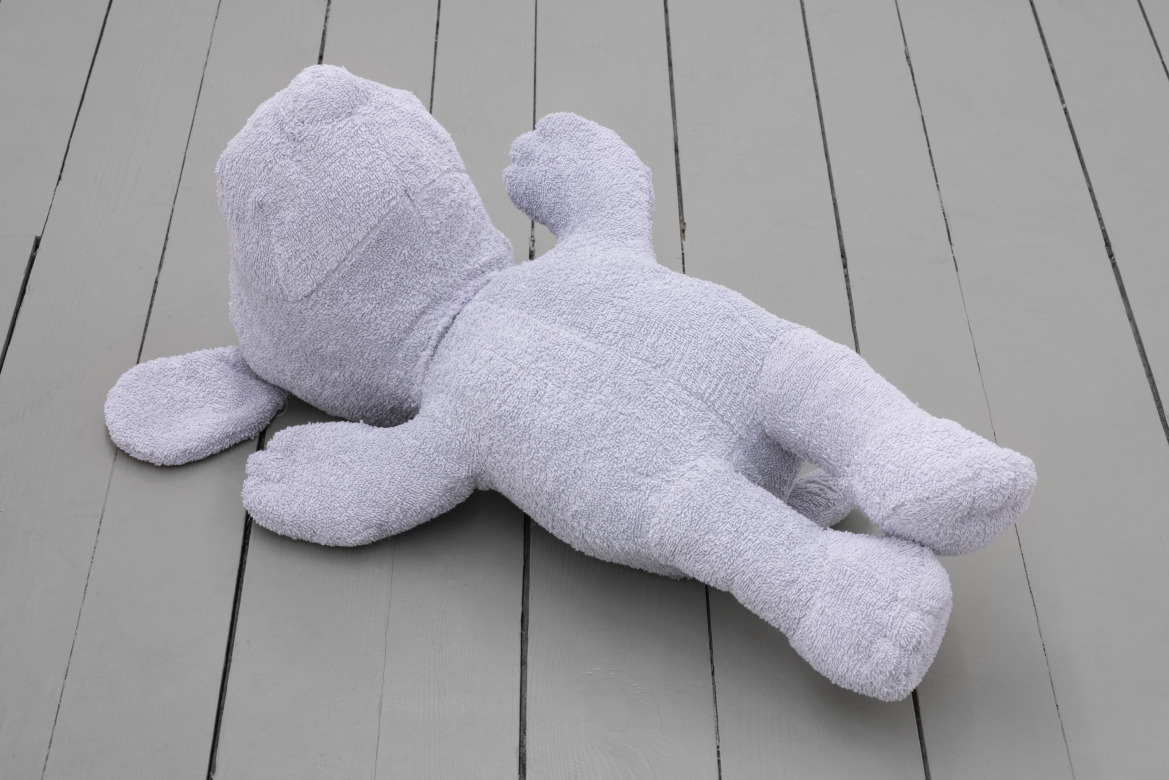
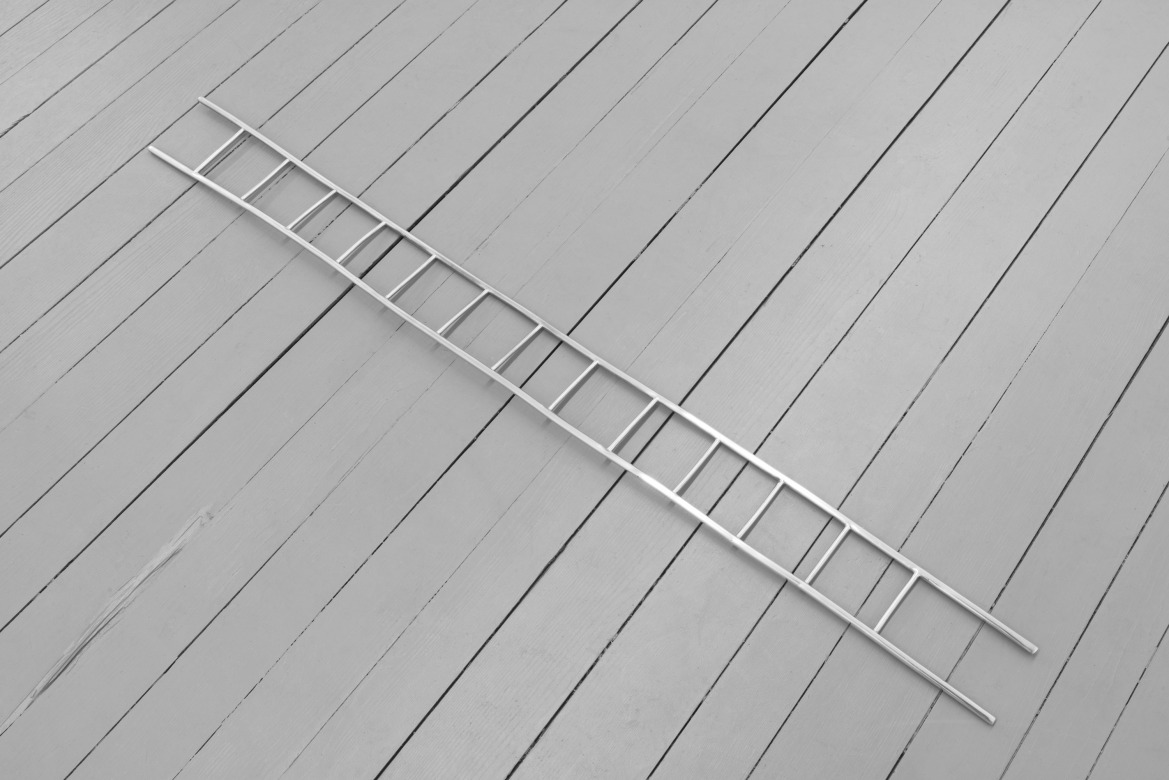
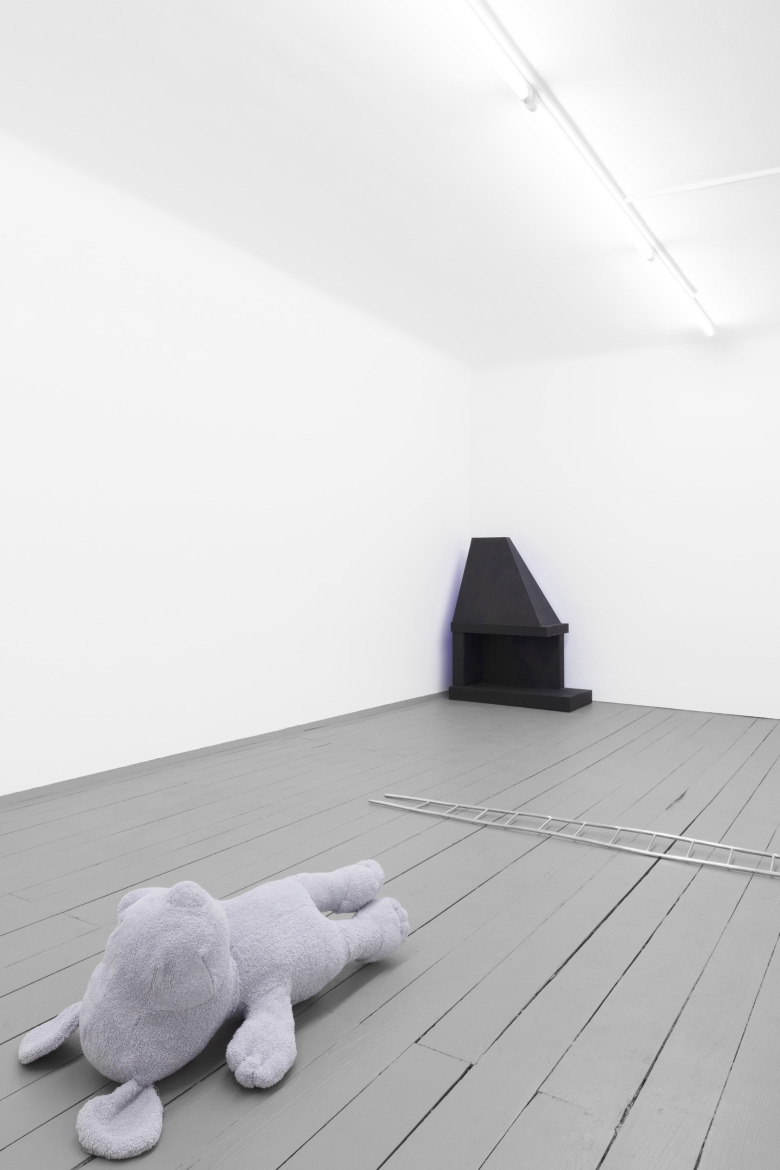
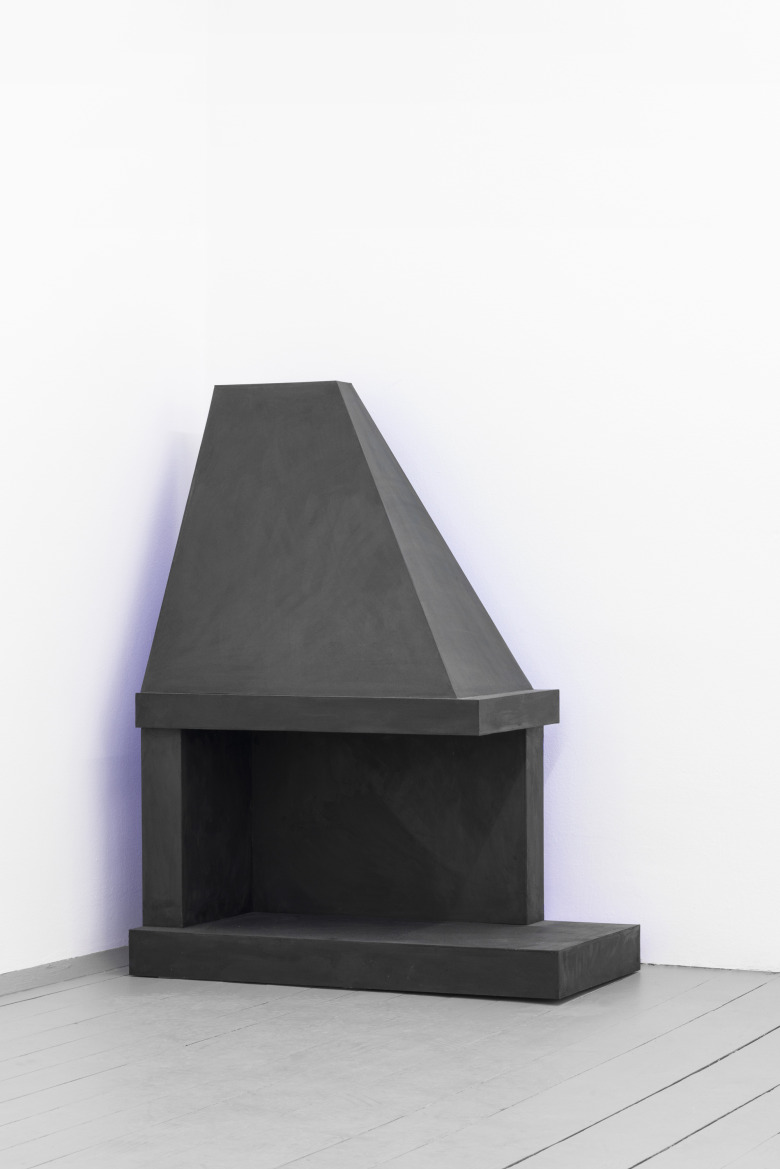
Reproductions, casts and miniatures are false objects, but they possess a genuine psychological objectivity. They imitate, mimic, take as inspiration another object, but are not the same thing. They fictionalize their model, the possible functionality, thus allowing a playful curiosity to emerge.
The works in Imitation were created through an examination of proportions, the imitation, casting and alienation of a (supposed) original. A small-format stove on unsteady legs conveys a comical seriousness: being imperfectly made, even made of cardboard – it would go ablaze, if you actually wanted to use it to make fire. A ladder lies on the floor, slightly bent and deformed, it rather creates a tragic image instead of representing steadiness, linearity and construction. Both works are larger versions of originally made miniatures, but still they don’t match the ‘original’ size, something is slightly off. They imitate, try to get as close to their model as possible; but the proportions don’t fit, they can only point towards, but never become the thing itself. Not only do they imitate another object: they also mimic the human body, its gestures, clumsiness, posture. Their current positioning seems to be preceded by an autonomous movement, as if they were briefly animated, alive, only to finally remain in their place.
When objects come alive, when something very ordinary, an every-day thing, changes its way of being, the German word unheimlich comes to mind. The uncanny, in psychoanalysis, is the kind of frightful which goes back to the long-known, familiar¹, the Heimelige. It produces fear when something familiar has been estranged by repression. Initially evoking a sense of childlike play and conjuring up familiar images, but then distorting and disrupting these images and likenesses, the works in the exhibition create a sinister atmosphere. Perchance, dear reader, you will then believe that nothing is stranger and madder than actual life, and that this is all that the poet can conceive, as it were in the dull reflection of a dimly polished mirror.²
Mimesis is Greek for imitation. In aesthetic theory, mimesis can also connote representation, and has typically meant the reproduction of an external reality, such as nature, through artistic expression. The act of mimesis contains questions regarding true or false, superior (original?) and inferior (copy?). But imitation can also be linked to inner experiences and emotions, not just objective reality or nature. To imitate, mimic, emulate also has to do with social practices and intersubjective relationships. It means to learn, practice and grow. Maybe an imitation can never refer to an original source, since it is always ‘doubled’–always already deconstructed.
In Imitation, mimesis is used as a tool. It mediates between the outside world and its reflection within an artistic work. The works refer to concrete bodily and material forms that are put together differently through ruptures, disturbances, and displacements, thus creating a situation in which the disjointed and alienated come to the fore. Their appearance has an untimely character; in their composition they become simultaneously futuristic and historic. Imitation as a dead end. Always already different, almost doomed to failure. A tragi-comical loop.
¹→https://literaturkritik.de/id/21719
² E.T.A. Hoffmann, Der Sandmann
Inga Charlotte Thiele
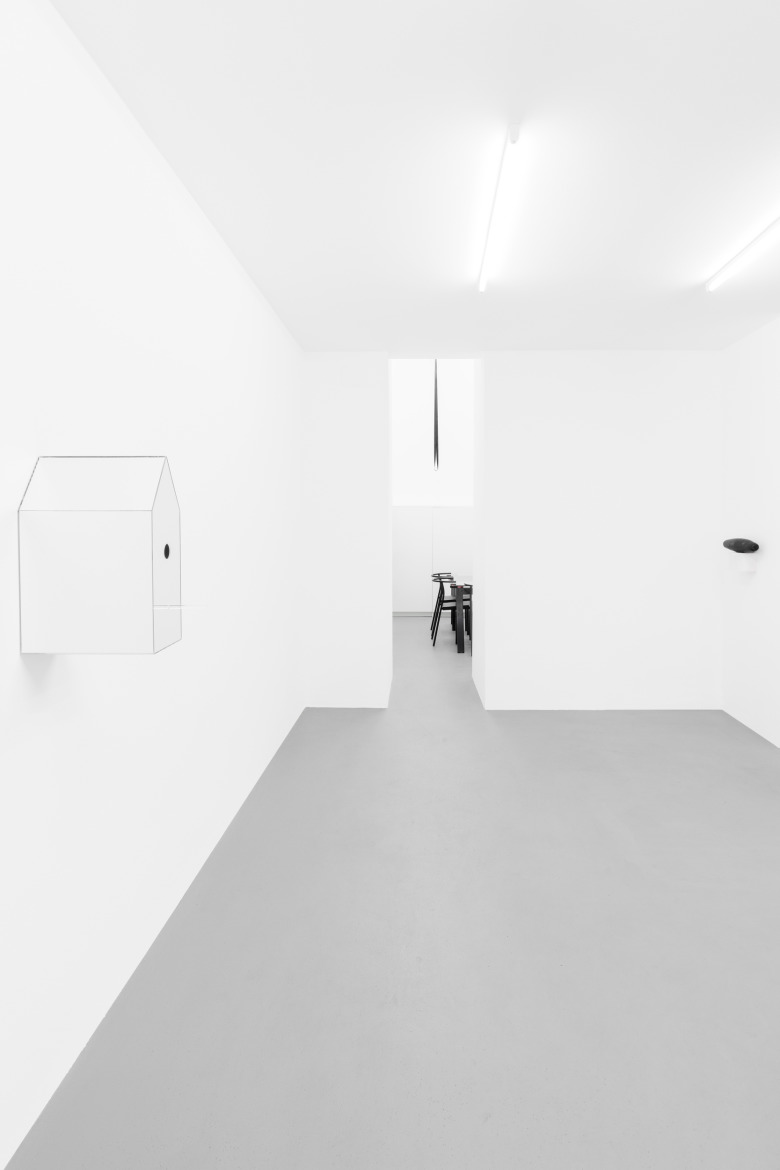

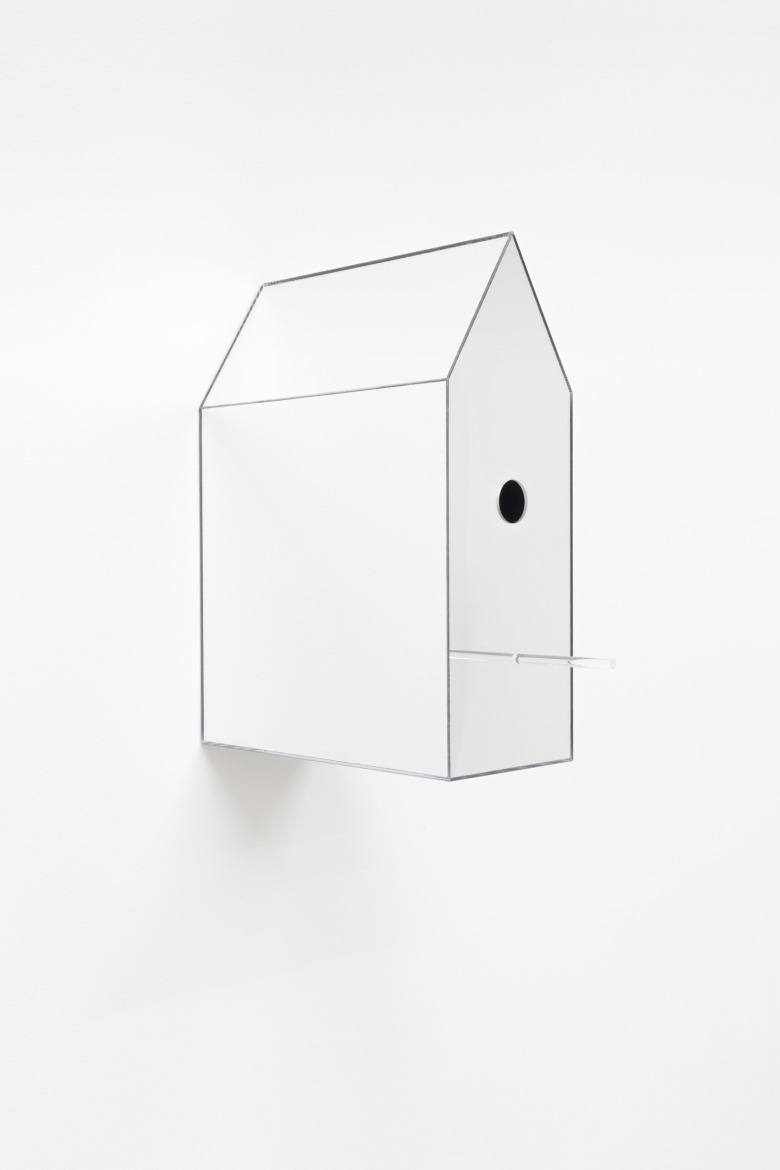
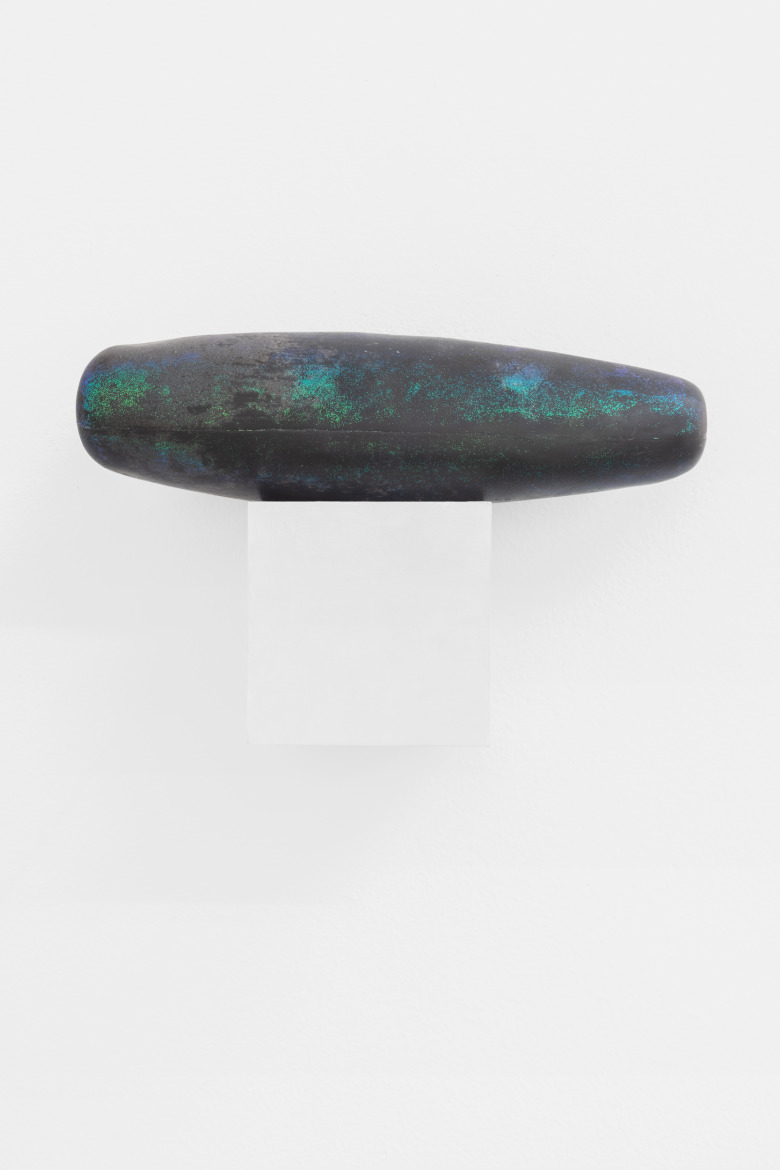
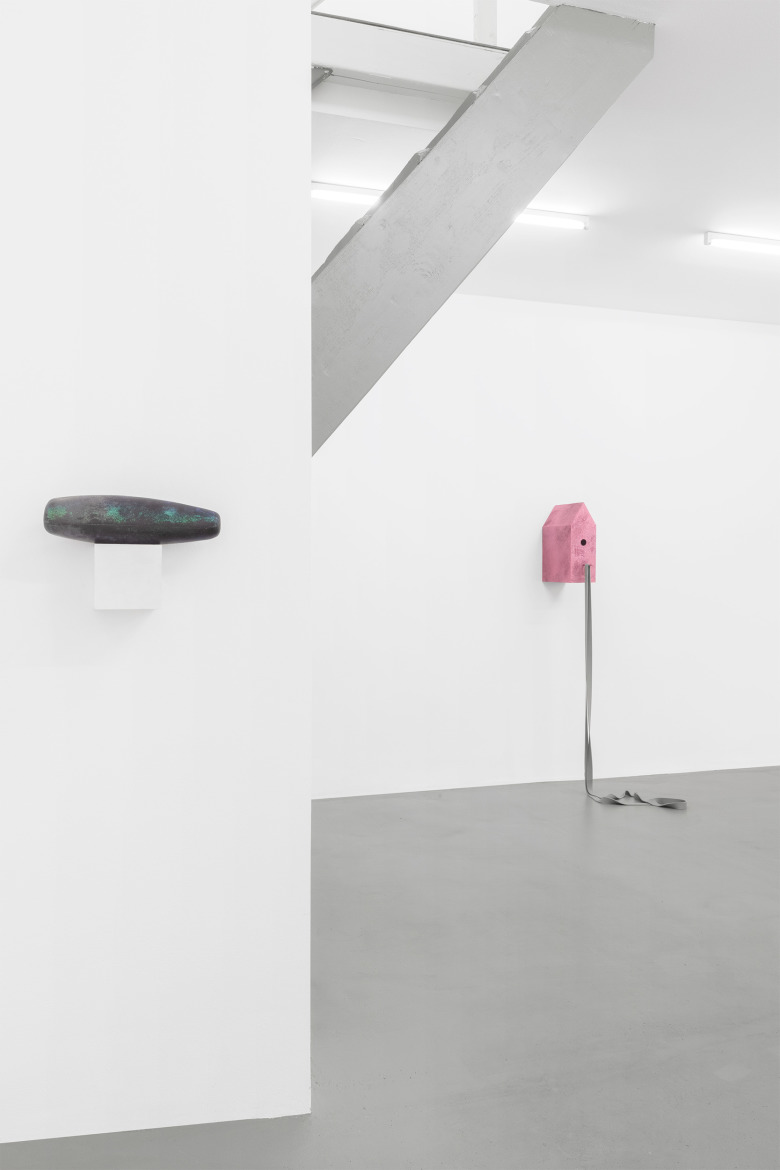
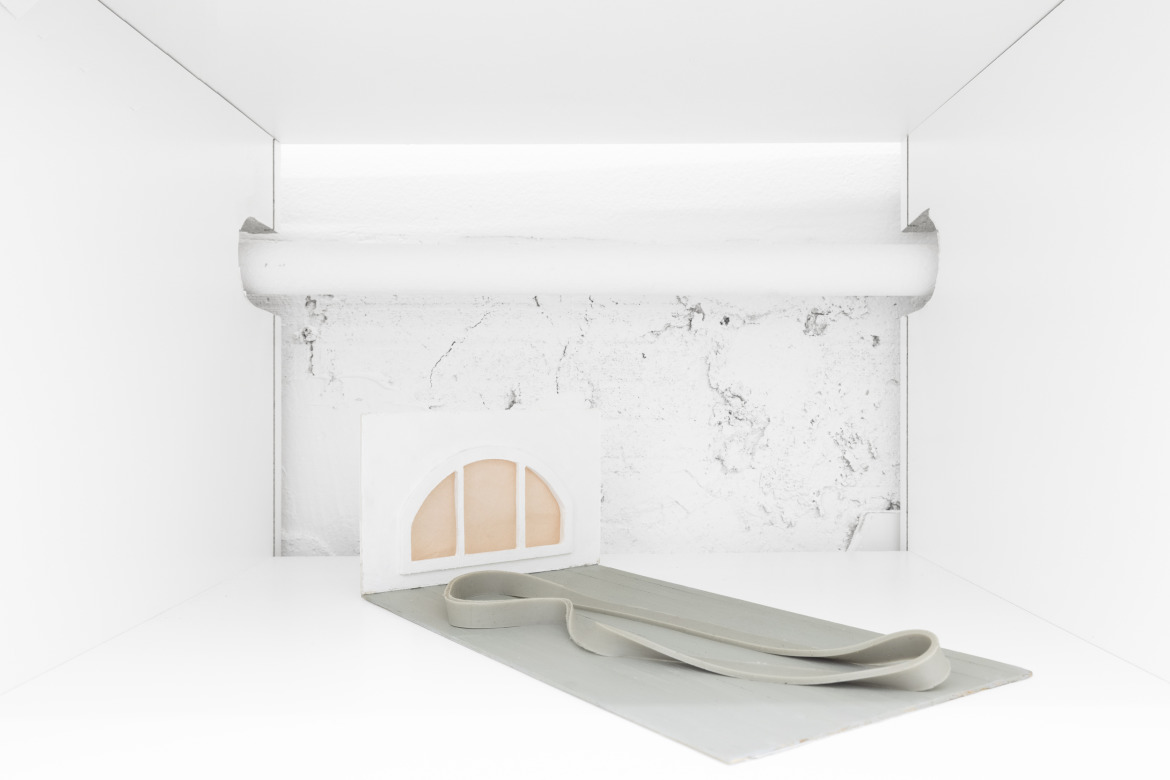
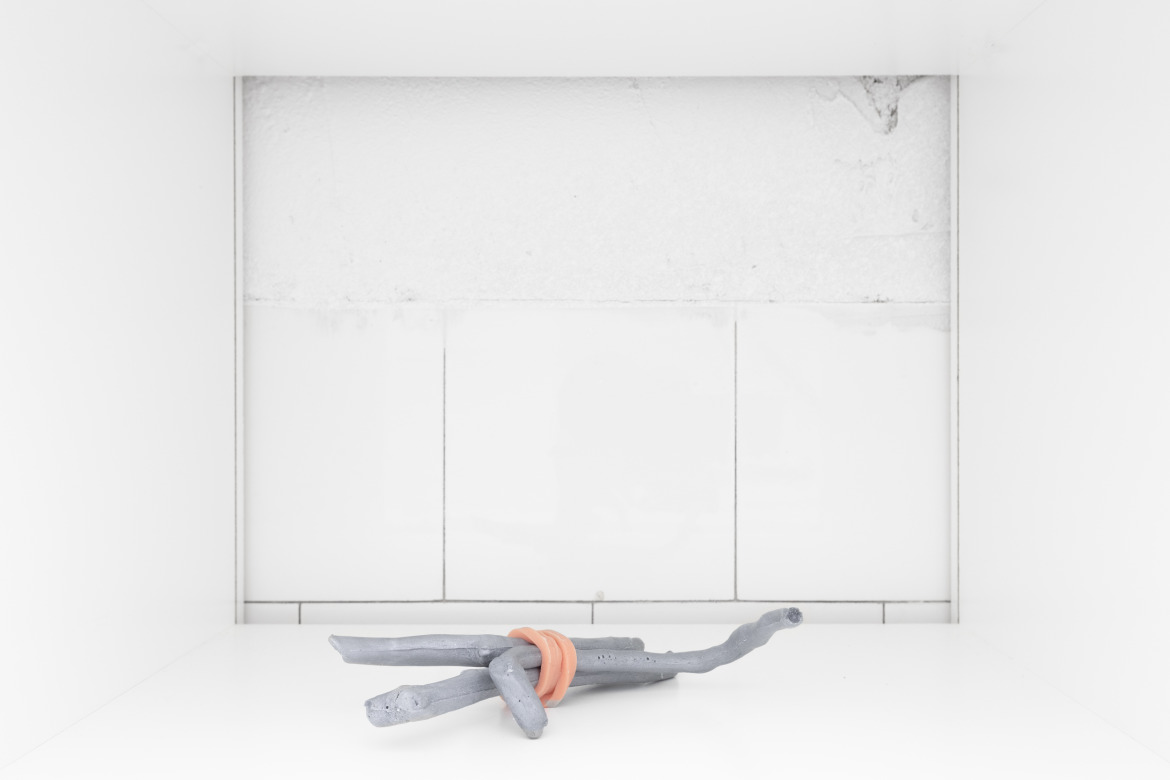
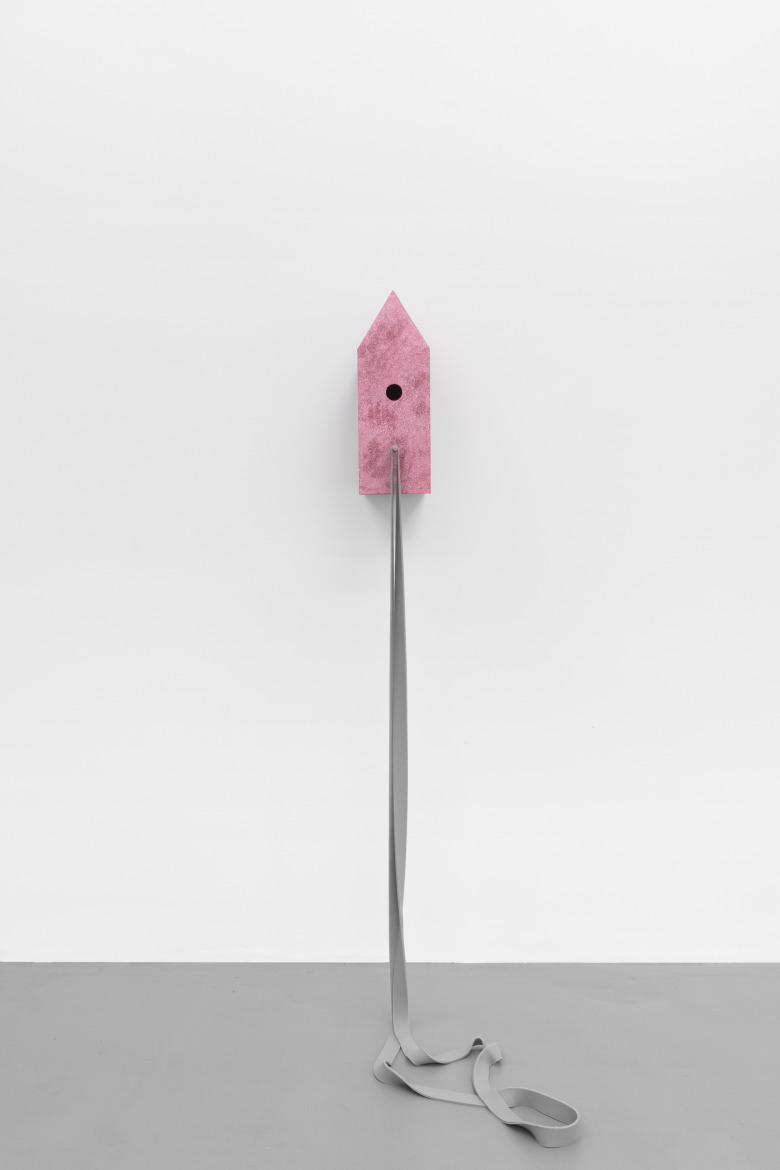
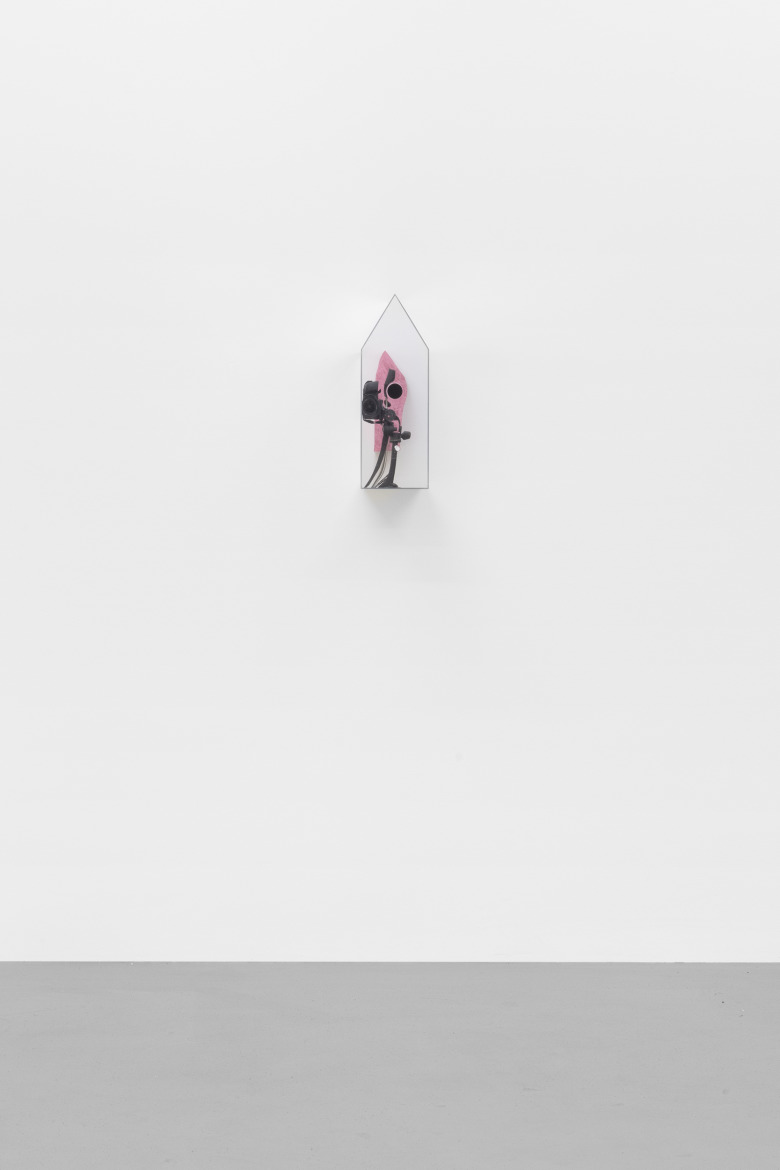
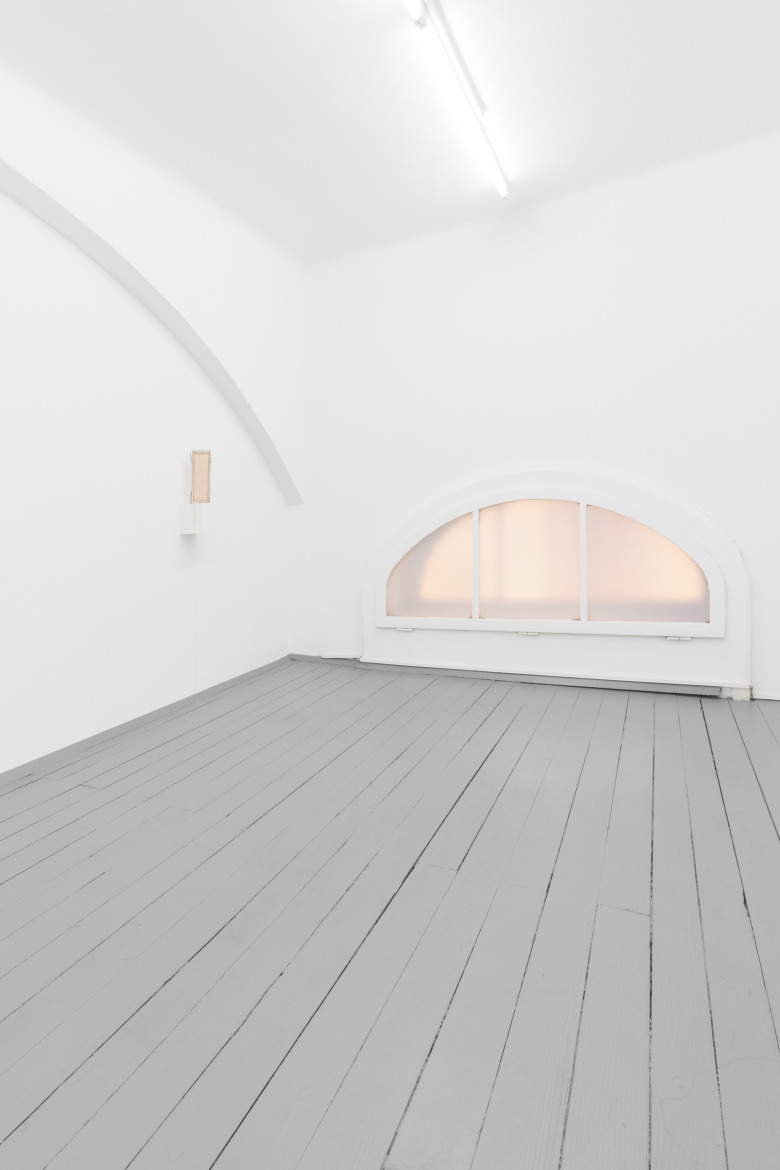
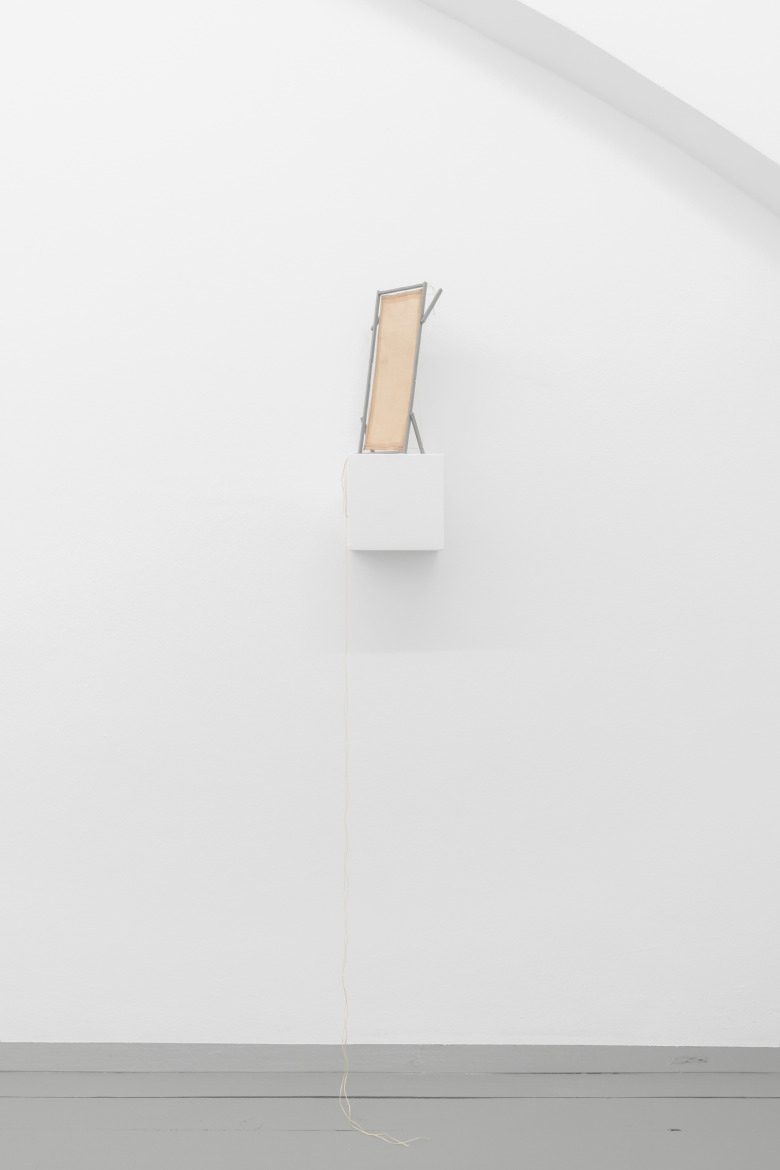
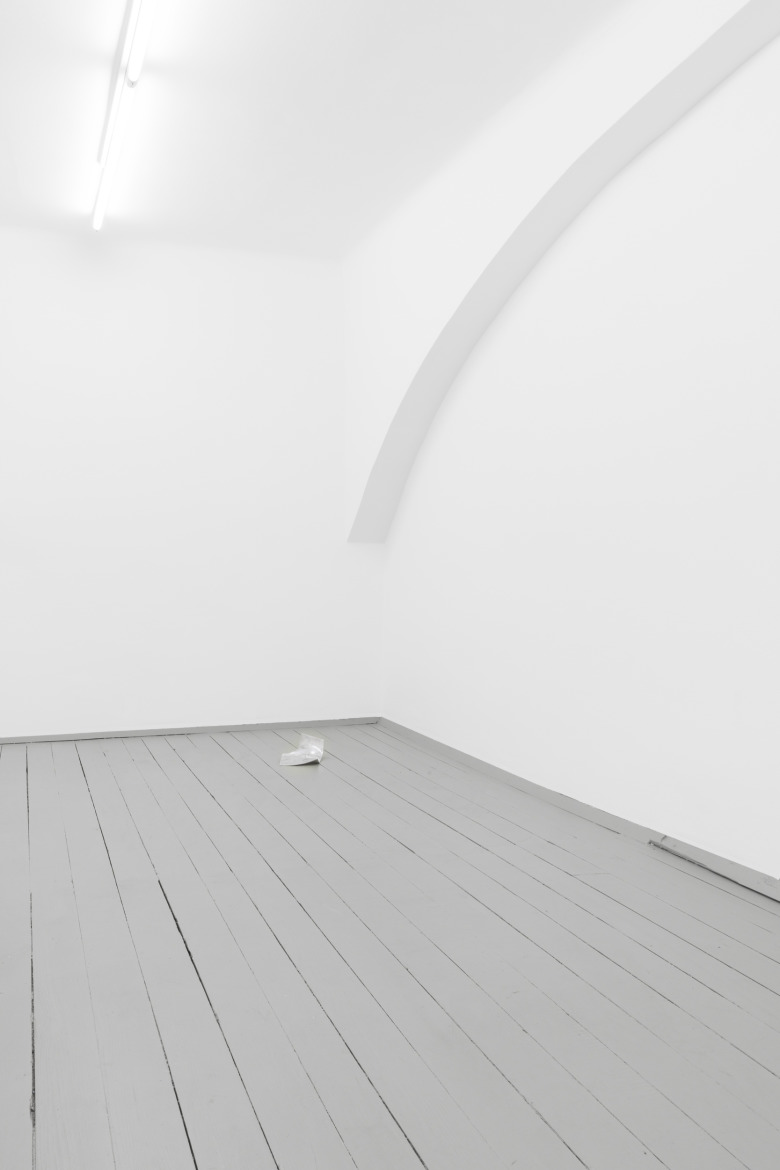
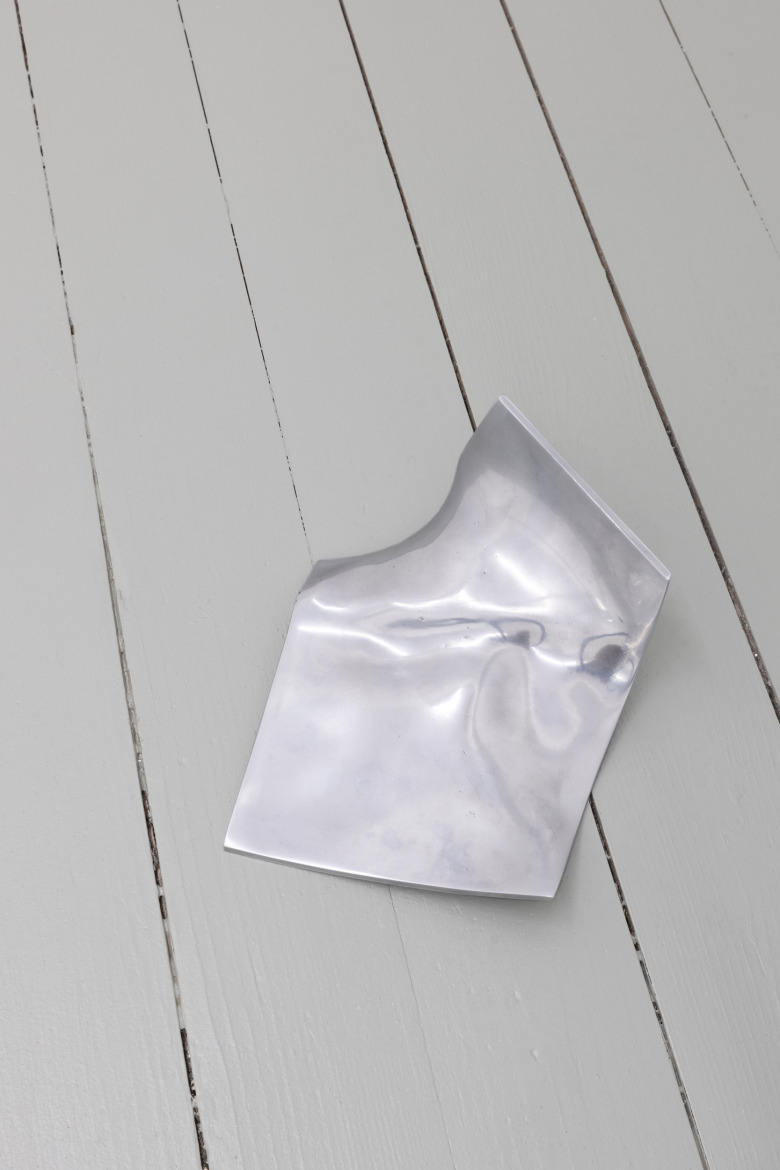
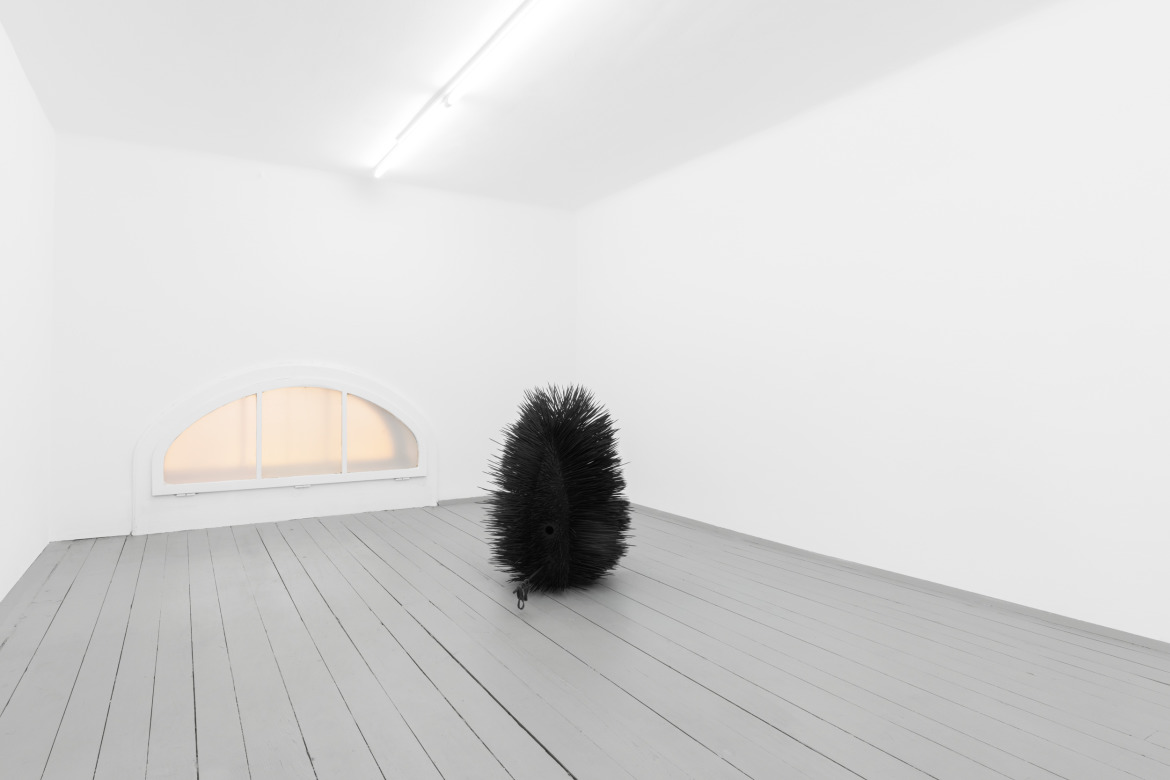
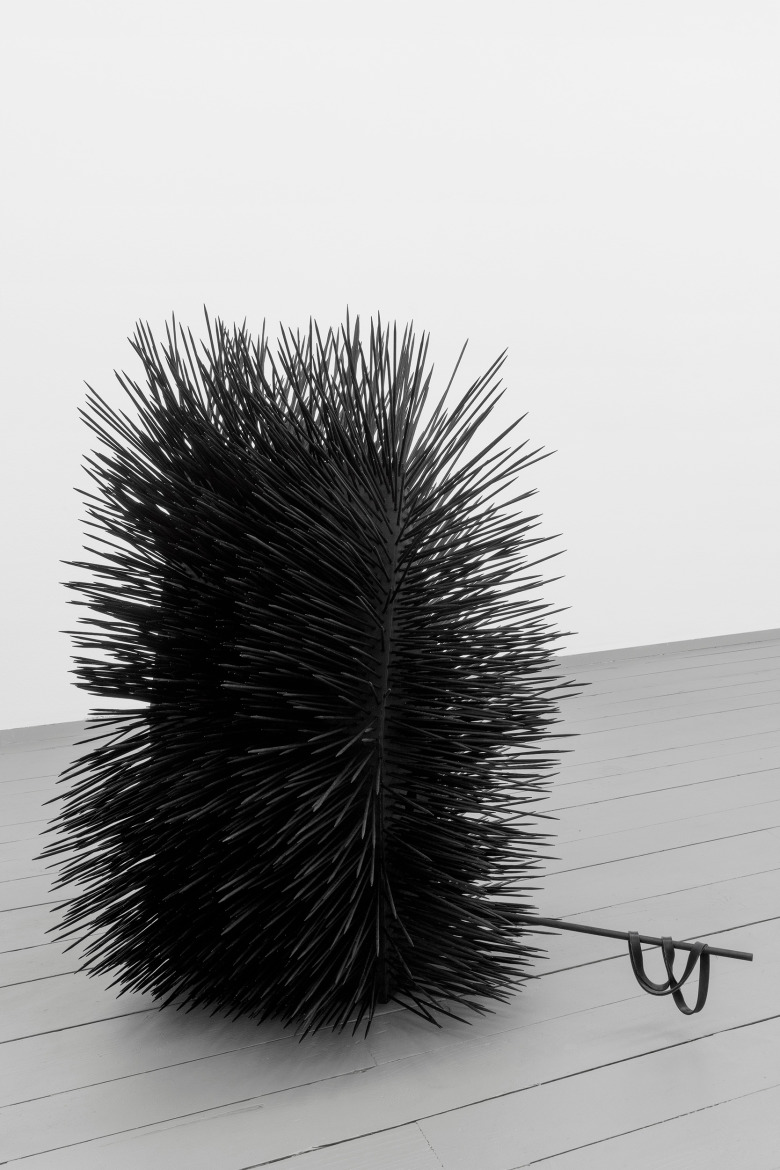
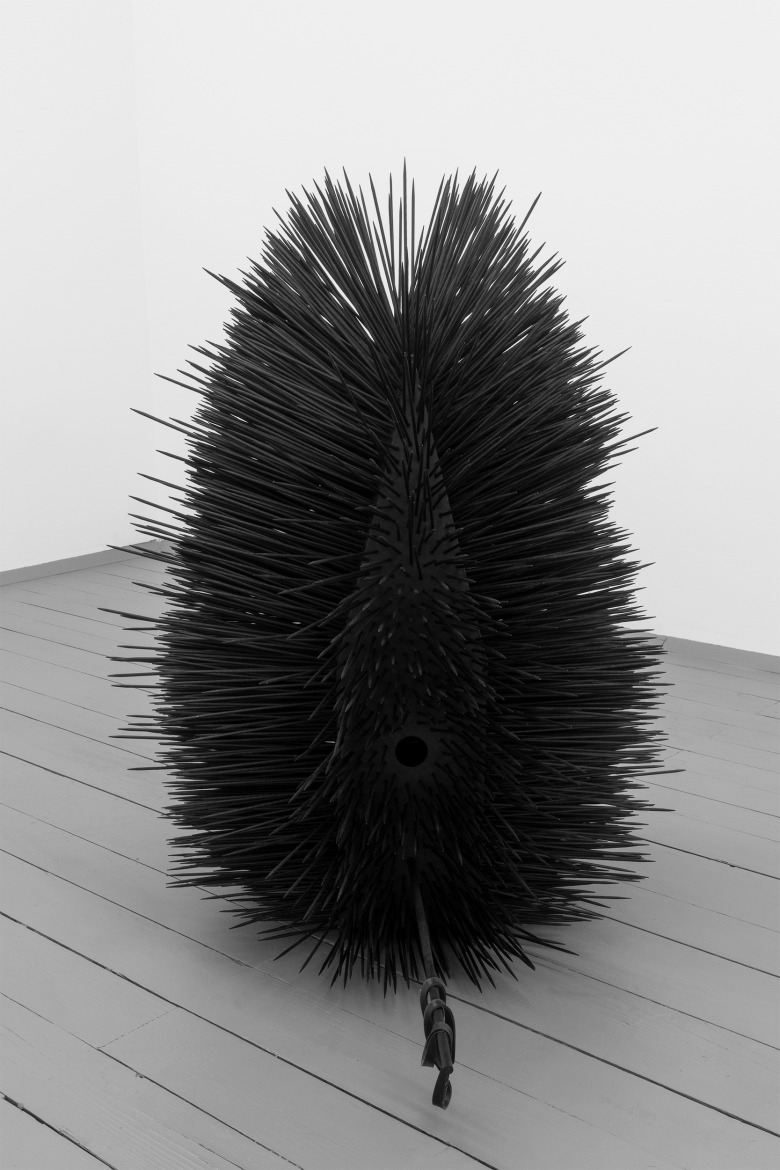
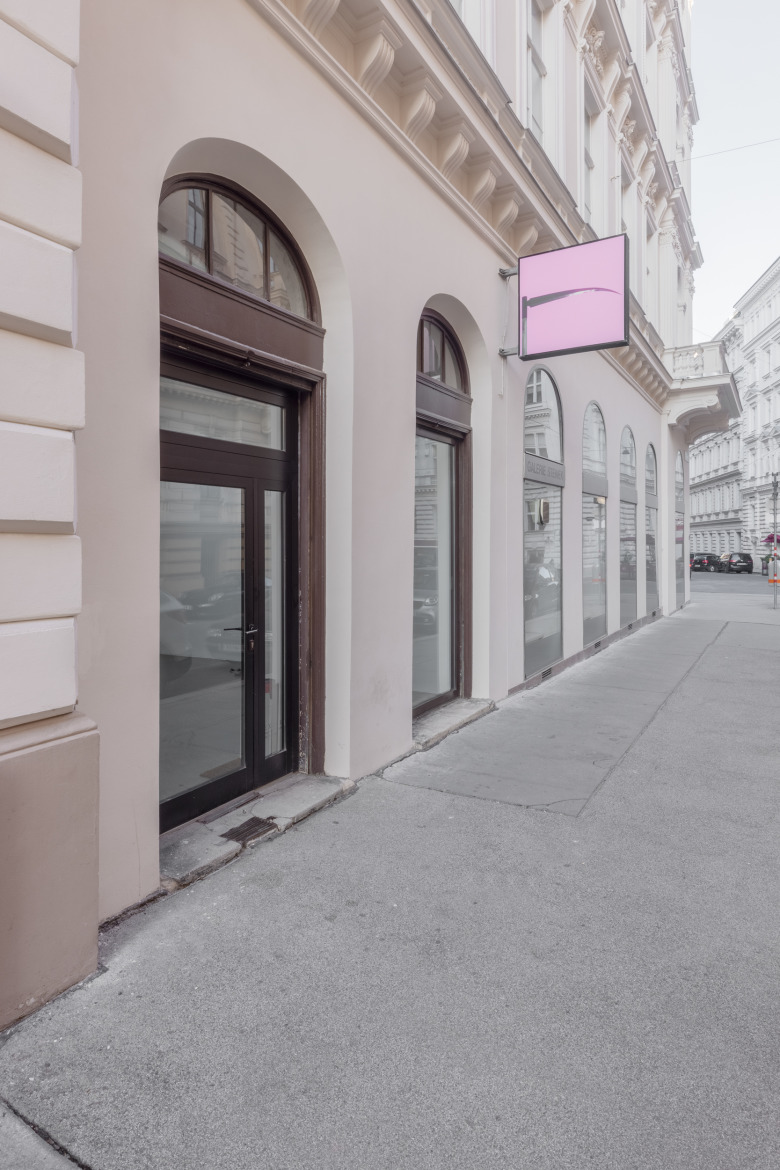
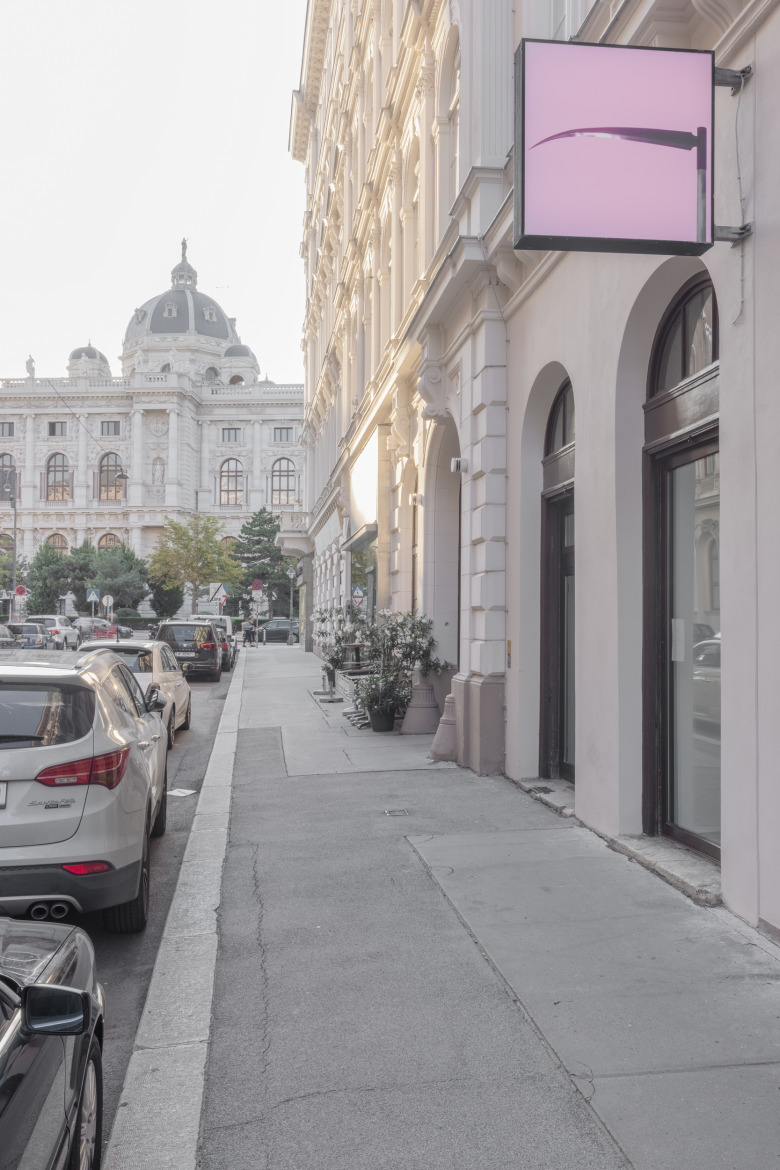
In lieu of an exhibition text, the mating call of the last male Kaua’i ‘ō’ō, recorded in 1987 for Cornell Lab of Ornithology played at random within the exhibition. To listen to his sound while browsing through the exhibition images click →here.
The Kaua’i ‘ō’ō or ‘ō’ō’ā’ā (Moho braccatus) was a member of the extinct genus of the ‘ō’ōs (Moho) within the extinct family Mohoidae from the islands of Hawai’i. The last male Kaua’i ‘ō’ō was recorded singing a mating call to his female life-partner presumed to have died in a previous Hurricane. The last of his species, he died in 1987. Subsequently, the species was declared extinct.
Exhibition text published on the final days of the exhibition:
Final Call – Kerstin von Gabain’s first solo exhibition at EXILE is about to come to a close. Without the opportunity to experience the exhibition spatially we will rely on memory and story-telling. This text aims to put the exhibition, which deliberately offered neither text nor explanation during the run of the exhibition, into perspective, as not to allow for the experience to full fade.
I’ll see you when I see you, the poignant title of the exhibition is a quote by professional tennis player Naomi Osaka, taken from the press conference following her enforced withdrawal at this year’s French Open tournament. Citing mental health issues, Osaka withdrew not from the sport, but from the press communication that comes as part of the obligations of her chosen profession. In the context of the exhibition, von Gabain pays homage to Osaka speaking out about mental health issues and extends Osaka’s quote to general questions of professional expectancy.
By comparing art to professional sports, von Gabain hints at the expectancy of the artist to show her work to a visiting public which in response forms opinions that are supposed to ignite constructive discourse. Though this cyclical process all too often defines rank and status over contend. The differences between professional sport and art become marginal and few options remain except to perform the in professional mantra to advance, to dance you jester, for the never-ending desires of a voyeuristic entertainment industry or to be sashayed away.
On the outside of the gallery the artist replaced the gallery’s corporate identity display signage with a tumblr image of a sickle on a pretty in pink background. Dragged, dropped and rendered from it’s 35 KB ephemerality to a larger than life 500 GB file, the sickle itself, undefined if harvesting or killing tool, evokes neither harm nor help but describes a mood on which to enter the exhibition. Someone is watching and judging you, always.
Inside, at first glance, a safe haven: white walls, clean looks, few repetitive works: predominantly birdhouses: first birdhouse, then another, yet another, a stump in-between. Covered in reflective mirror, in pink glitter or matte black, the birdhouses’ shape and scale are identical and so are their titles: Shelter for beasts. A birdhouse surely is a shelter by one species given to another. Yet does one species consider sheltering what is described as a beast? Do beasts deserve shelter? Who defines who and what is a beast? Isn’t the definition of beast left in the eye of the beholder?
The bird’s landing strip to its shelter, a rounded stick just below the round entrance to each birdhouse, holds in some instances a long rubbery band. Formally almost mundane and more likely industrial, these soft, anti-form, yet precious and incredibly tactile objects hold a somewhat mysterious relationship to the respective shelter. Undefined, if not on a merely formal level, are these (the remains of) the beast reduced to a piece of soft, non-spinal silicone barely held up by the safety and solid geometric construction of the birdhouse alone? Are they the pun in the joke that truly isn’t funny anymore?
At random intervals, a bird song appears. In lieu of an exhibition text, the bird’s captivating call is the exhibition’s metaphor if not explanation. The bird singing is a Kauaʻi ʻōʻō, recorded in 1983 by Cornell University. The bird’s song and story is as beautiful as it is heart-breaking. The recording is of the last know Kauaʻi ʻōʻō, he is the inevitable last of his species and kind, he sings for his already deceased partner, his dramatic call predicts extinction. A disturbing aria about loss and violence.
Left exposed to all elements, two works in the first of the two upstairs spaces, decry forms of violence. An aluminum cast of the artist’s collarbone lays on the floor opposite a miniature of a first world war plank bed. Appearing fragile and unfinished, the miniature thrones on a pedestal elevated above the armor placed on the floor. A real-life cast of the artist’s collarbone and the miniatured war utensil. War but no peace? Shelter but broken?
The exhibition’s final act is another, though floor-based, sheltered beasts. A cute hedgehog of a birdhouse or an aggressive medieval fortress impossible to conquer despite for its tiny entrance. Another rubbery band, reduced to miniature, lays aimlessly, yet casually in front of its shelter.
The exhibition ends as it began. Questions of scale, of shelter, of armor, of loss and relation, of dark phantasy and light glitter. Shelters for beasts. The lonely bird found none. I’ll see you when I see you.
Further information
→John Green: Anthropocene reviewed. Sept 2019
→Songbird: a virtual moment of extinction in Hawaii
FEATURES
→Artmirror
→OFLUXO
→Art Viewer
→Daily Lazy
→Contemporary Art Daily
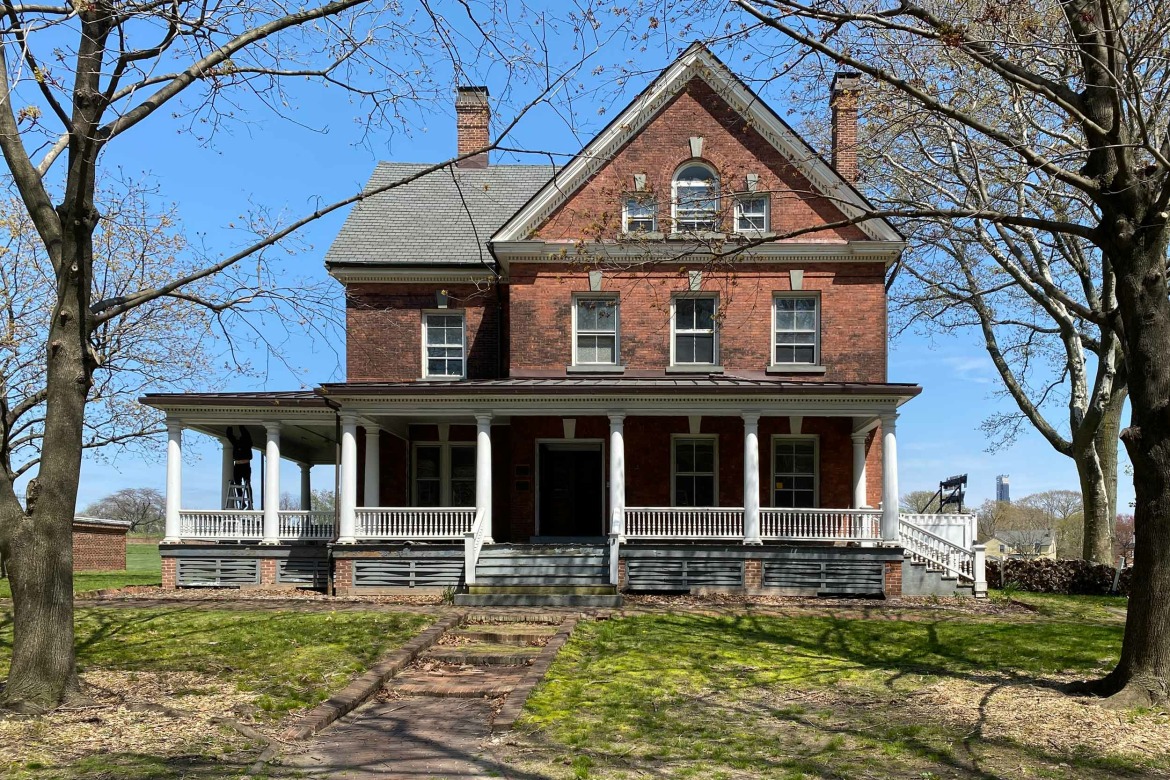
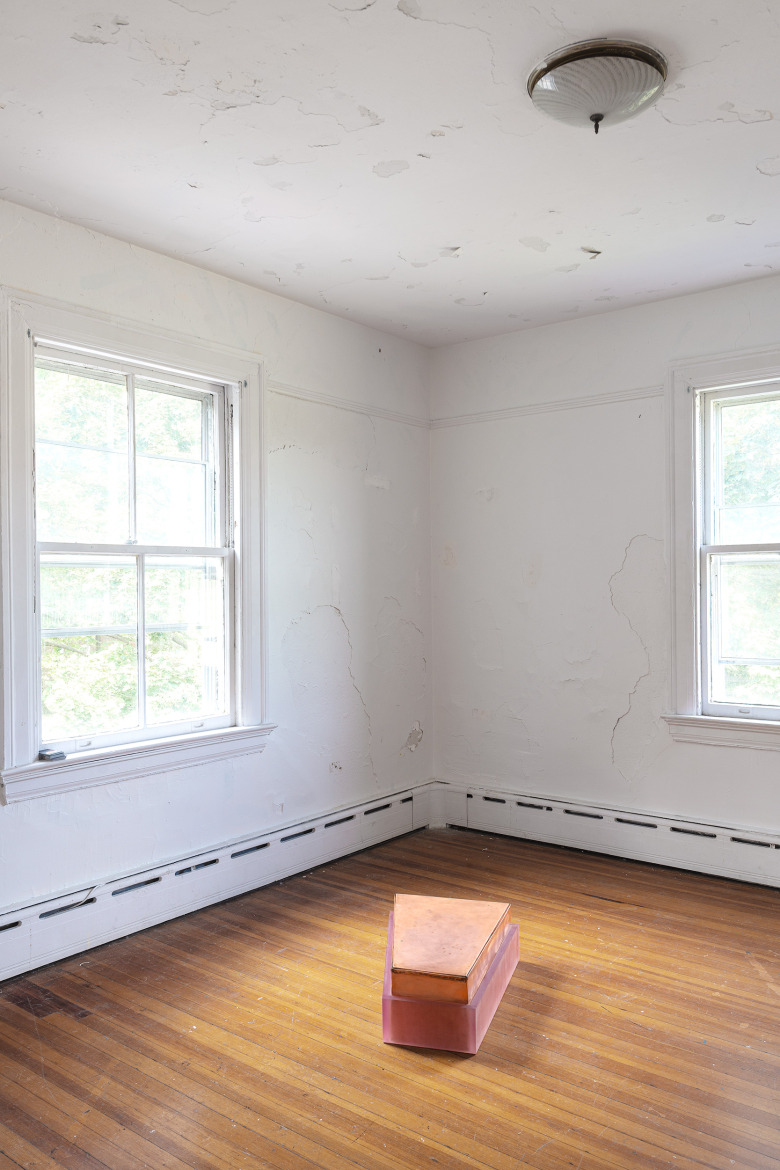
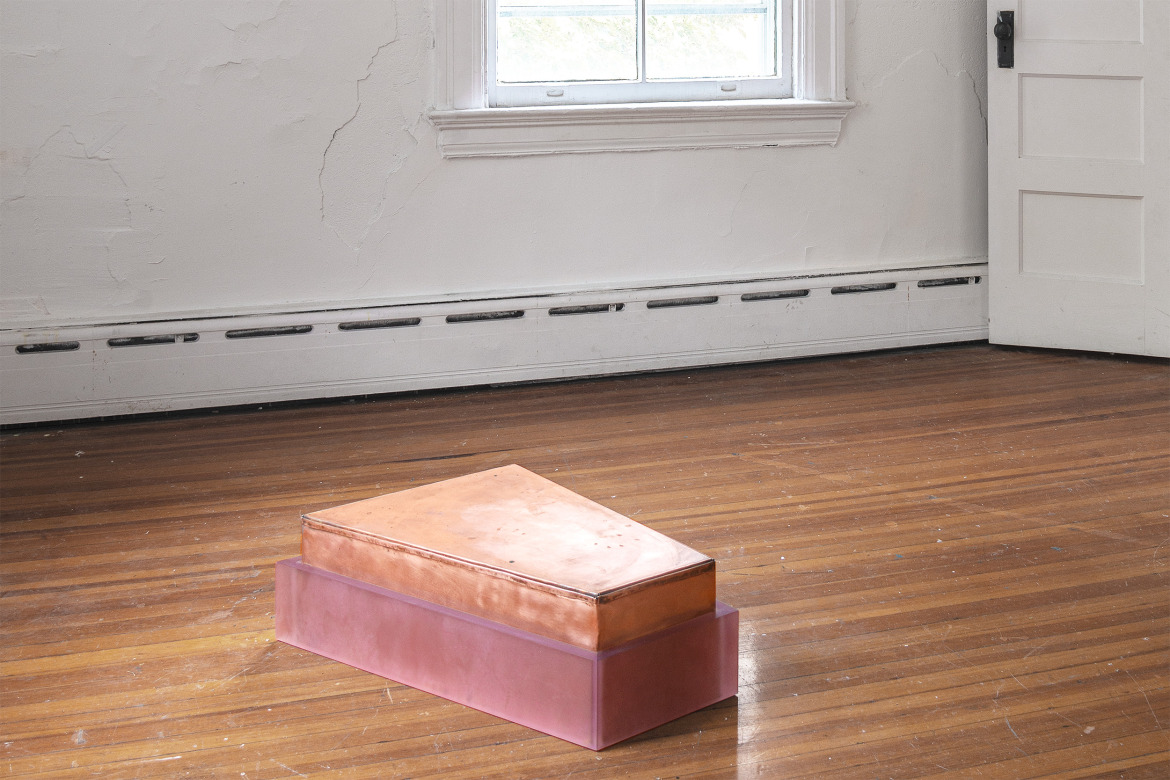

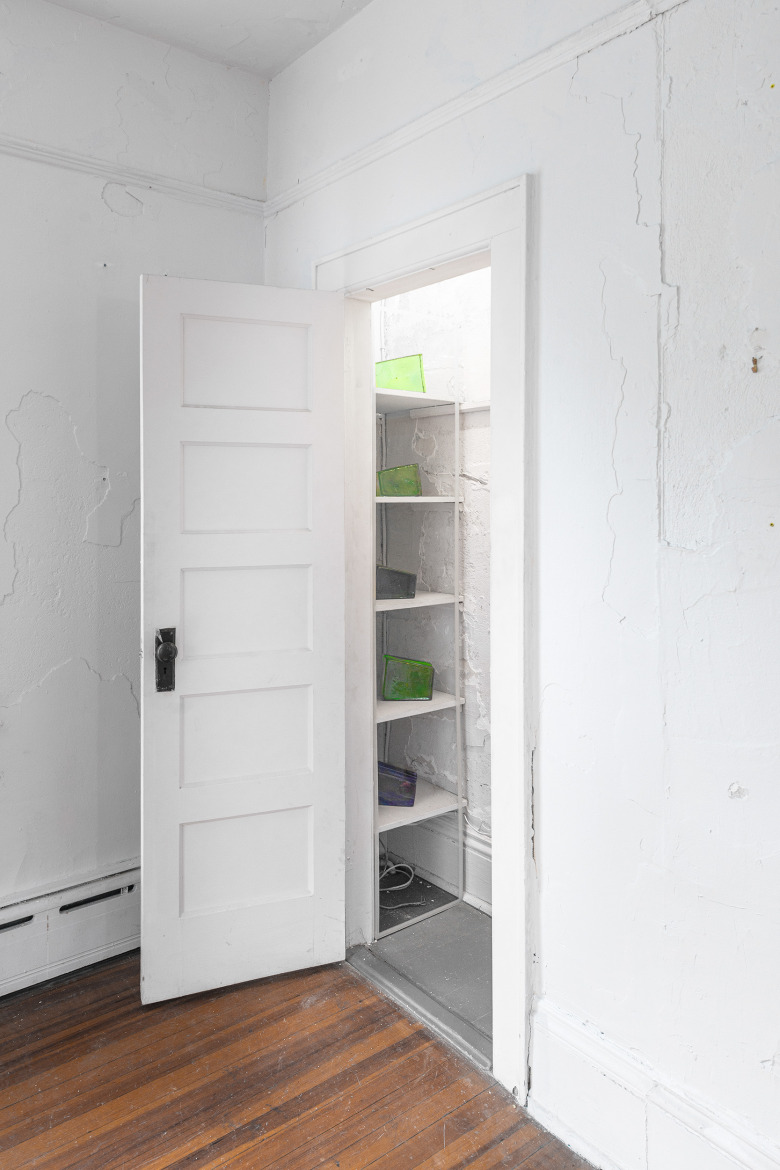
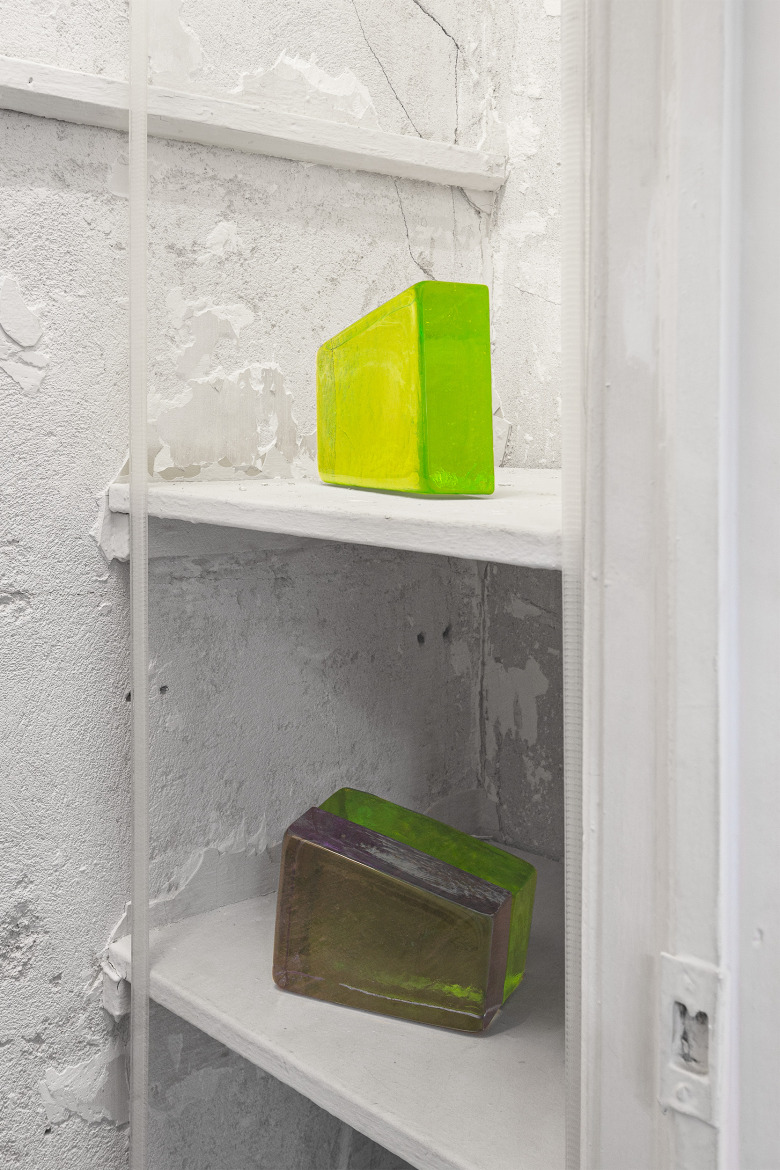
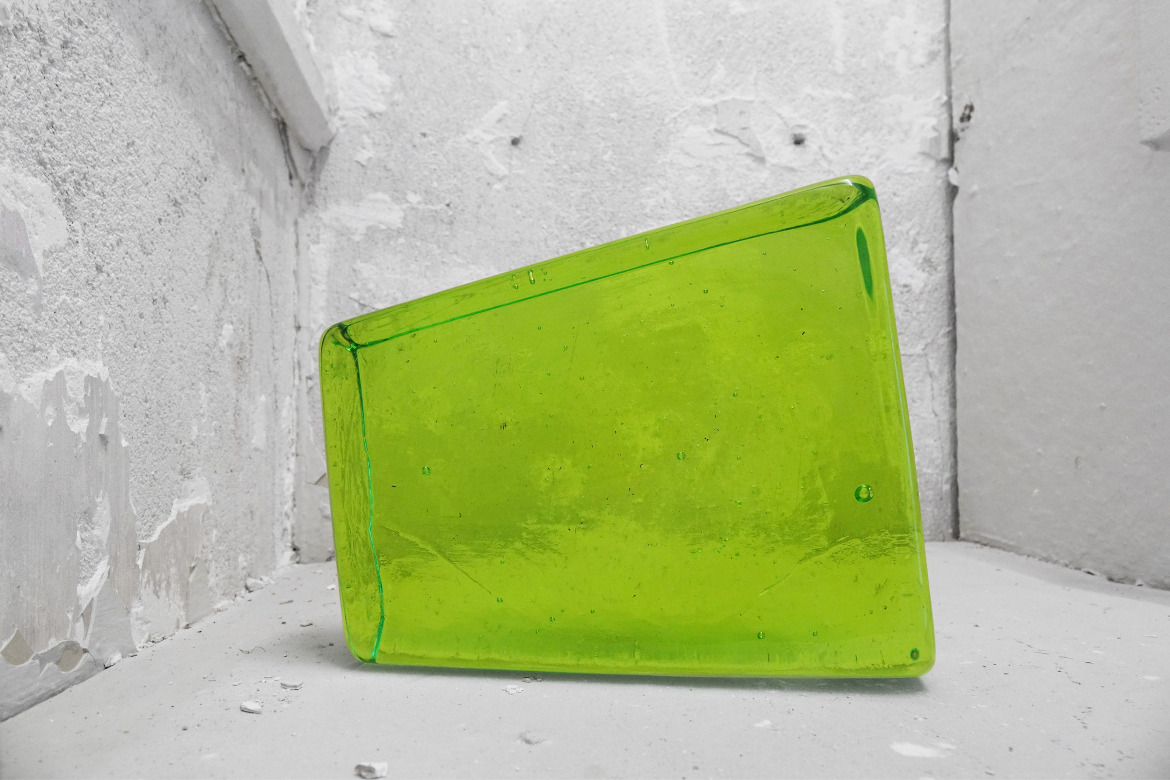
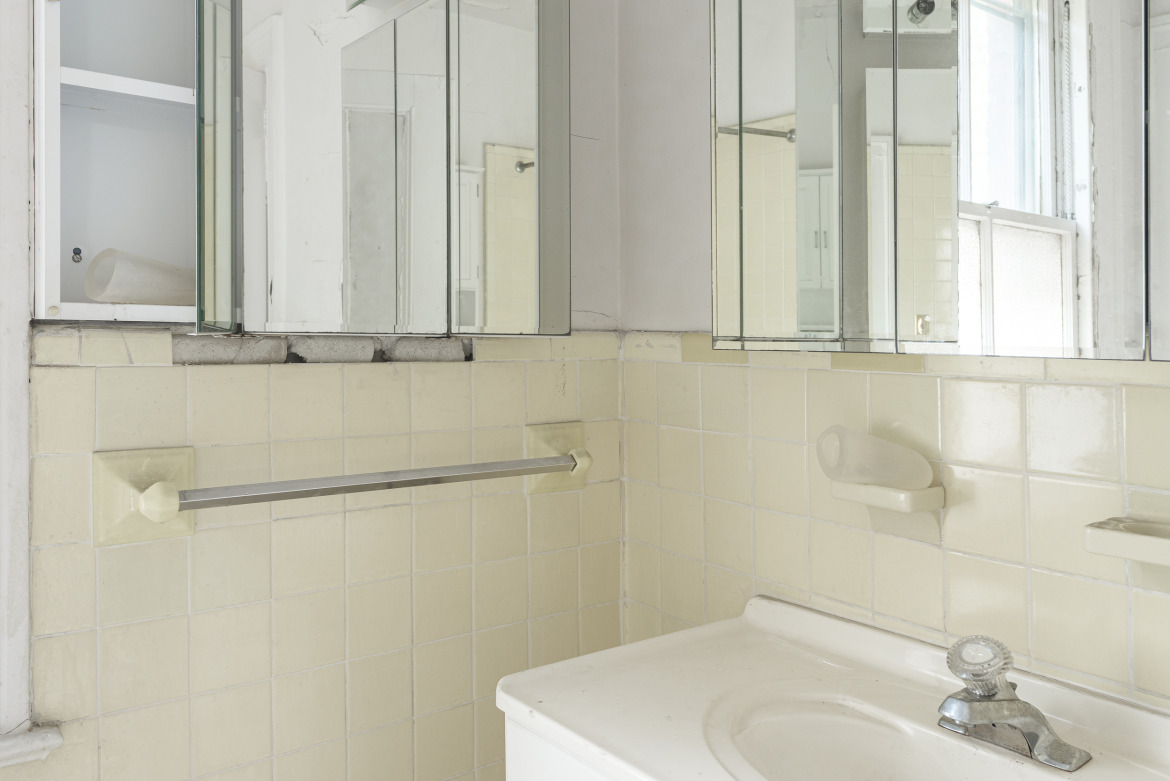
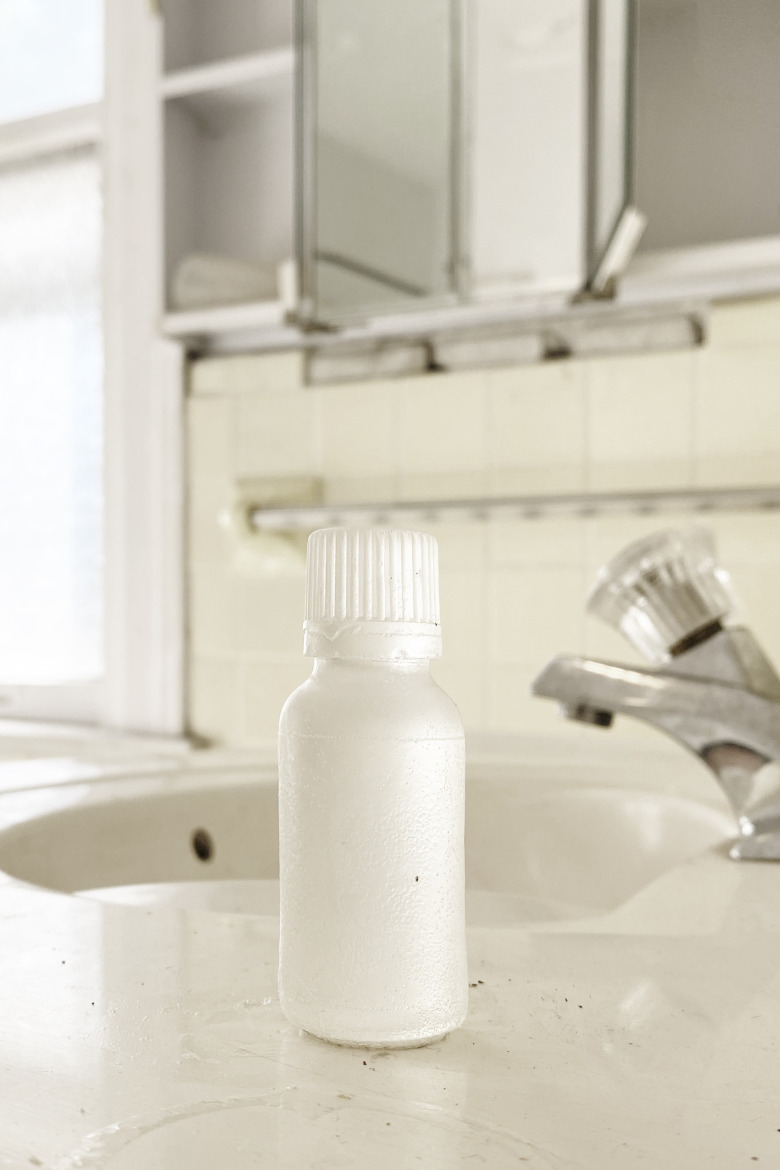
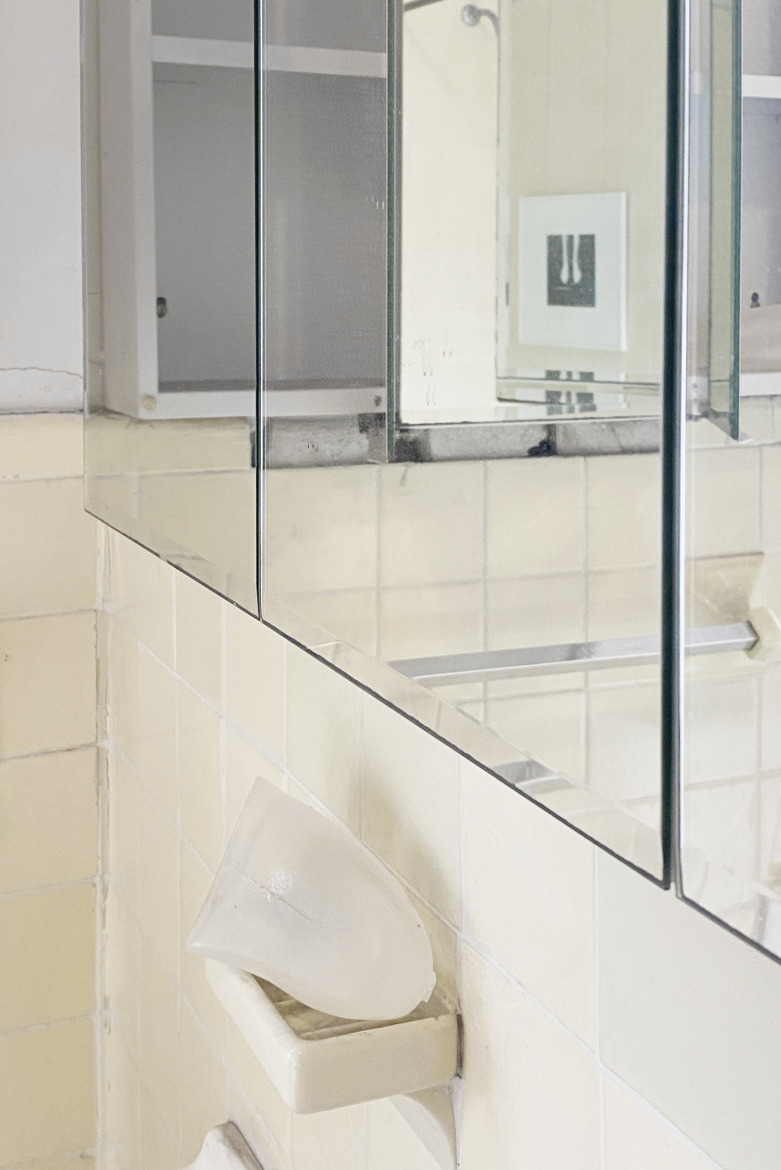
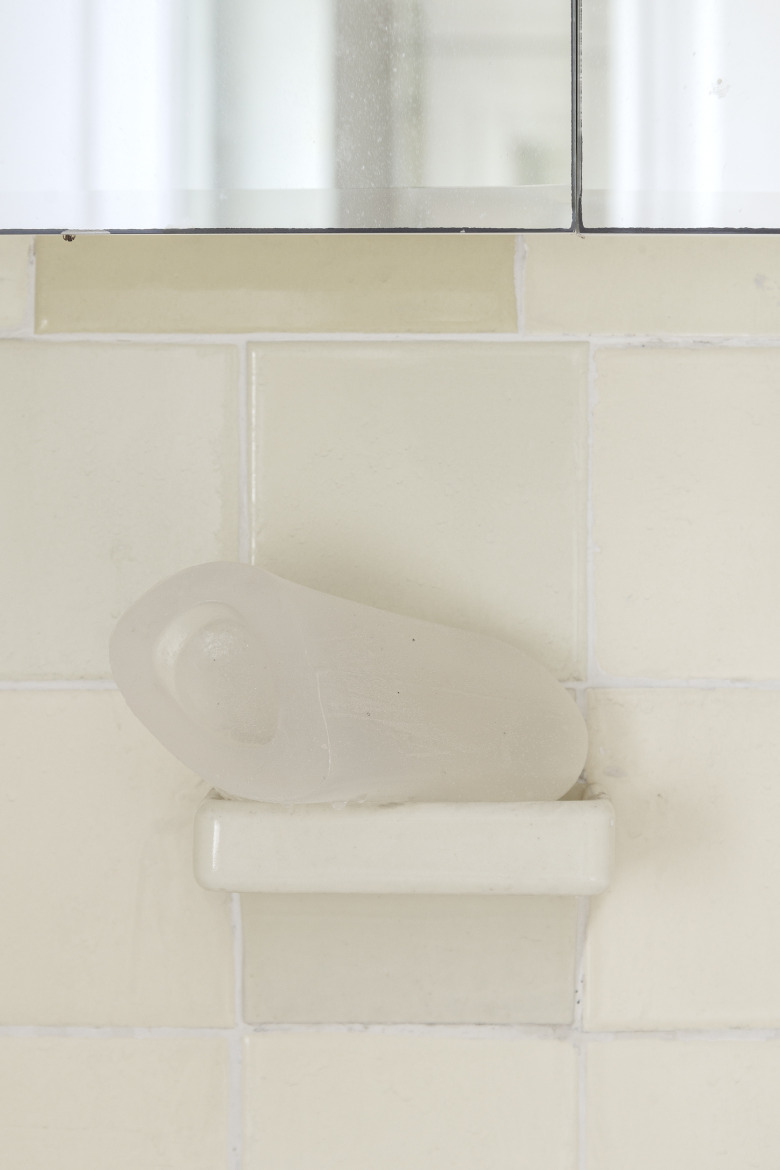

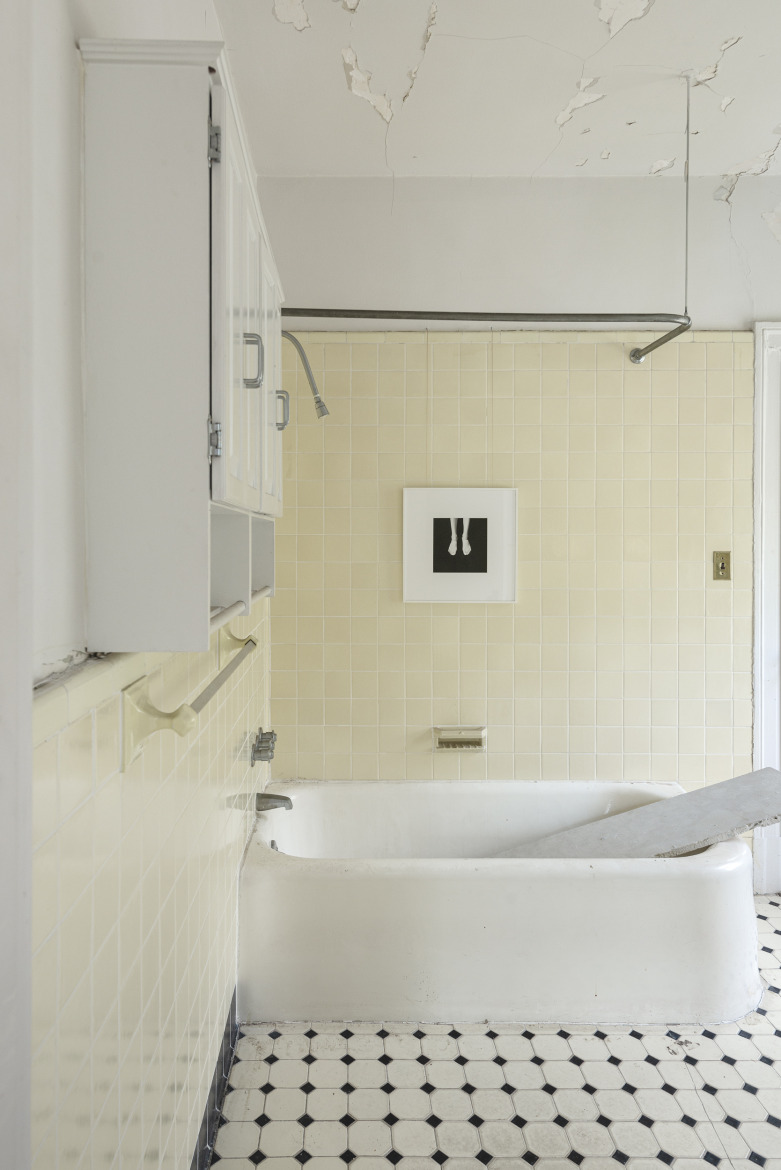
EXILE is happy to participate in NADA House with a collaborative exhibition by Vienna-based artist Kerstin von Gabain together with New York-based artist Gwenn Thomas. The exhibition will be held at House 403, along Colonels Row on Governors Island, New York from June 4 – Aug 7.
Governors Island, NY is approximately 6798.57 km or 4224.43 miles removed from EXILE, situated on Elisabethstr 24 in Vienna. The island, originally known as Paggank (Nut island) to the local Lenape Native American tribe, was deceitfully acquired in 1637 by Dutch colonialist Wouter Van Twiller for reportedly “two ax heads, a string of beads, and a handful of nails”. In the 1870s the building that today houses EXILE was built upon the raised medieval city wall of Vienna as part of the Emperor’s Ringstraße Project. The island was eventually renamed Governors Island and six residential houses were built to accommodate officers and their families on what is now known as Colonel’s Row in 1870. Following WWII, EXILE’s current gallery space in Vienna functioned as a travel agency for the US Allied Forces. The island’s defensive importance decreased over time, its original purpose and relevance fading into history. Most likely sometime in the mid 1970s, EXILE’s current space was fully clad in wooden paneling and became the office of a chain-smoking Russian businessman. An engraved metal plaque attached to House 403 reminds of its use by Soviet president Mikhail Gorbachev for the final preparations to the historic meeting with US President Ronald Reagan in 1988. The deceased Russian’s wooden smoking lounge became EXILE’s gallery space in 2018, eventually being transformed into a white cube during the pandemic. In June 2022, as part of NADA House, EXILE and House 403, Colonels Row, Govenors Island, NY meet inside an upstairs bedroom and adjacent bathroom. Layers of history intertwine and collide for a nanosecond of transitional time.
EXILE invited New York-based artist Gwenn Thomas and Vienna-based artist Kerstin von Gabain to respond to this temporal collision and create an immersive stage for their artworks. The selected works were deliberately not installed into but onto the existing space itself with some of the artworks’ material sources left in a state of flux themselves. Exposed to the elements, von Gabain’s soap pieces, shaped after human bone structures and arranged within the bathroom space, will begin to sweat and disintegrate over time. Thomas’s translucent glass shapes, their repetitive form taken from an abandoned found object and displayed in the bedroom’s cupboard, slowly pass the changing light of day. Both works respond to the spaces’ fluctuant nature and honor the opportunity to become short-lived, but active connectors between historical space and present visitor.
Thomas, who for many years has been researching window shapes as membrane-like metaphors for transformation and time, further places a single resin and copper object central onto the bedroom’s floor. The object consists of two intersecting shapes that seemingly depend on one another. The outer resin-made, opaque shape forms an enclosure for the negatively placed inner copper shape. Oppositional in material, both shapes together enclose a spatial volume that gives the artwork its final dimension and particular identity. Both materials together, one opaque, the other solid but changing its hue from bronze to green, again reference time while containing an inaccessible, hollow vacuum at its center. By scale, form and setting, the object appears like the marquette of a previously positioned piece of furniture and becomes an imaginary vessel for the domestic and intimate character of the space it is situated in.
Von Gabain’s two black and white photographs show limbs of human bodies that appear like anatomical wax models known from historical medical archives. Either crudely cut-off from the human body or cropped by the photographic frame and dipped into liquid, they directly refer to the historical use of photography to disect, analyze and compare the human body into defining categories. Initially these two photographs remind of the previous identities that have occupied these specific two room as much as the island itself. Further though, they are reminders of a violent history that is, even if passed for a long time, forever embedded into this island. Set in context with the bone-shaped soap works, an inability to wash-off historical pasts or one’s personal self lingers within the work. Constantly transformational, von Gabain refers to a pressing urgency to revisit and re-evaluate each individual history.
Collectively, the installed works by Thomas and von Gabain humbly express gratitude for their granted time of existence within the fabric of these two rooms. The selected materialities reflect onto the absurdity and lasting consequences of an uneven exchange of material value in 1637 of which they are now part of. History appears in layers. The dust never fully settles, the light never fully fades. The artists acknowledge and honor the particular history of these two rooms – their artworks imagine and reflect upon past, present and future spatial and personal interconnectivities. The displayed artworks are glitches of spatial time mirroring an uneven past onto an increasingly unpredictable future.
The project has been kindly supported by →Austrian Cultural Forum New York.
→Kerstin von Gabain artist link
→Directions to House 403, Governors Island, NY
Features
→Contemporary Art Daily
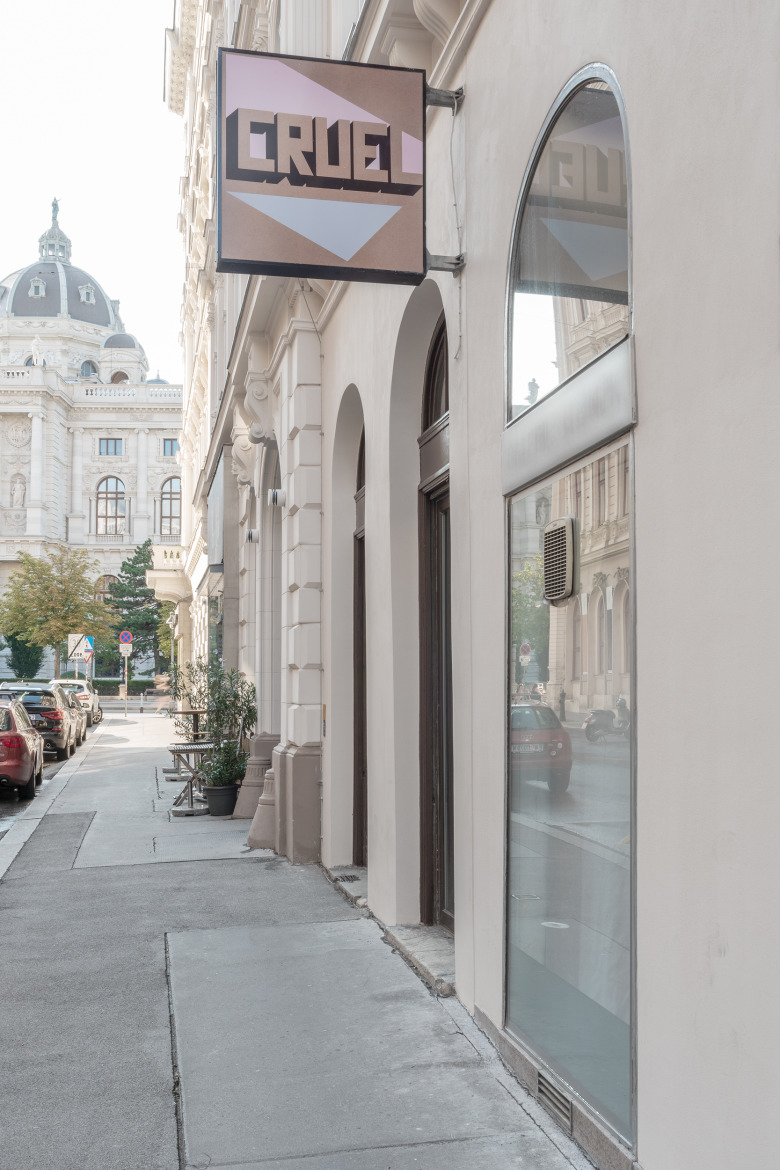

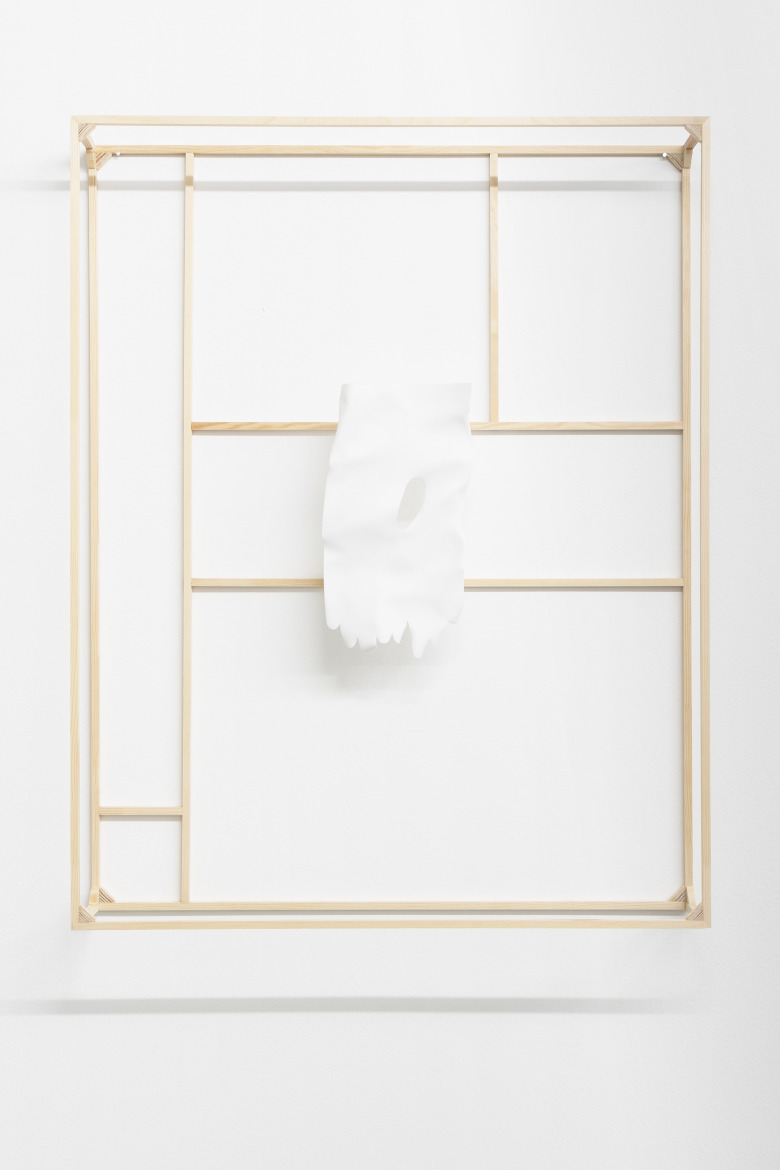
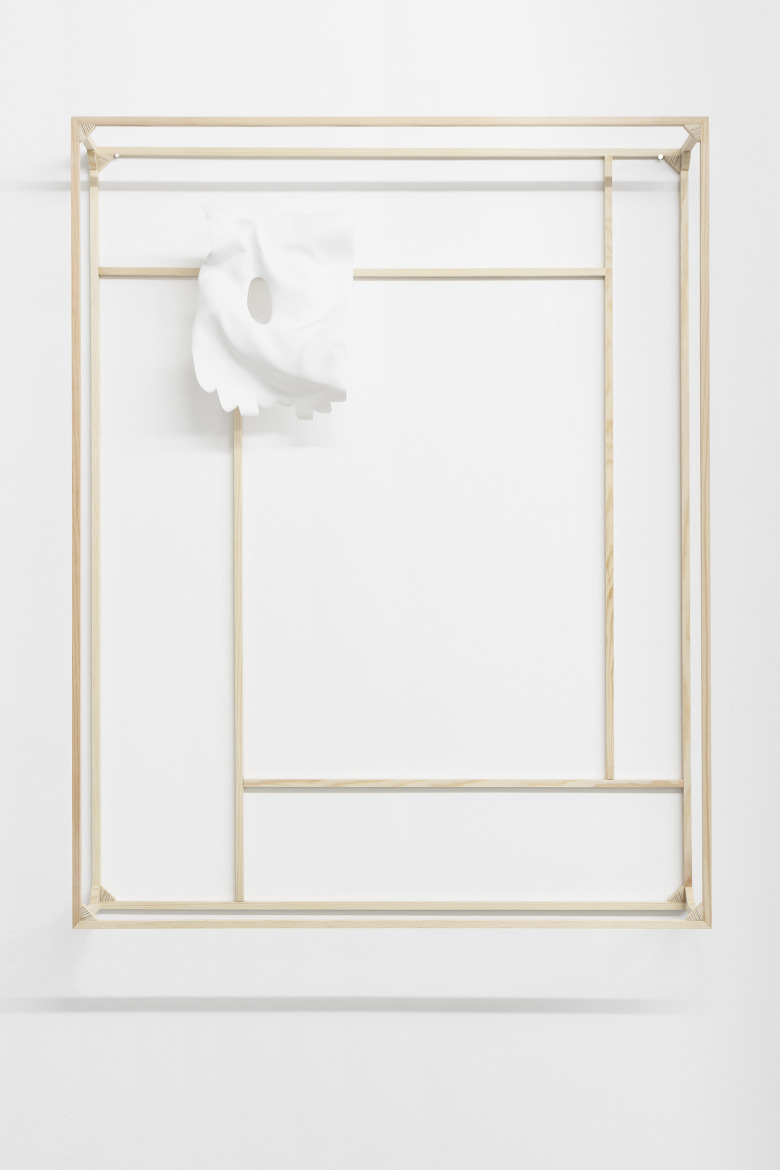
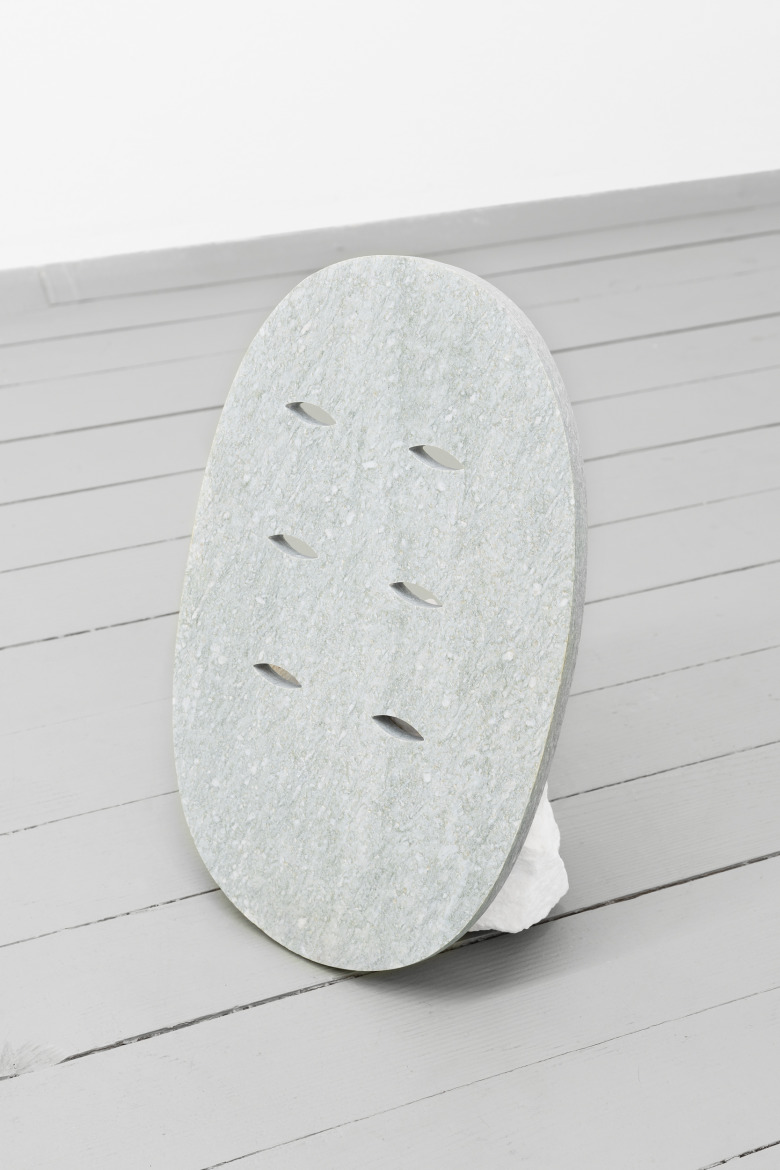
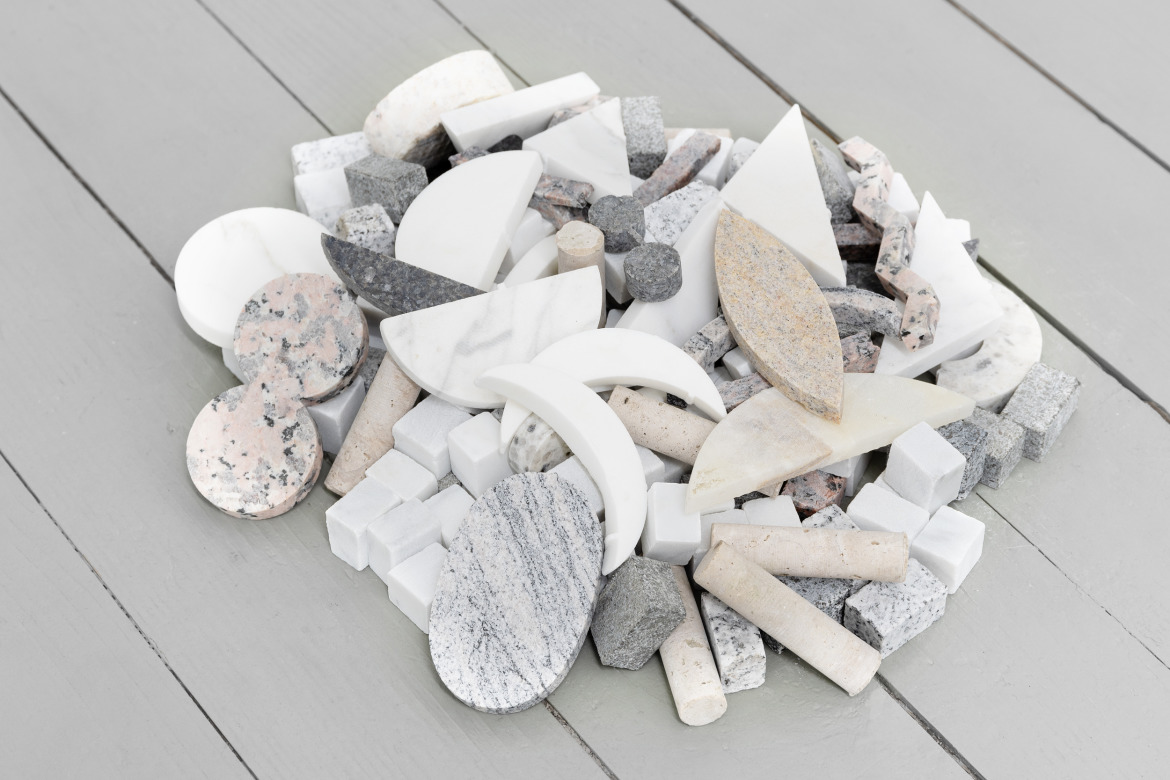

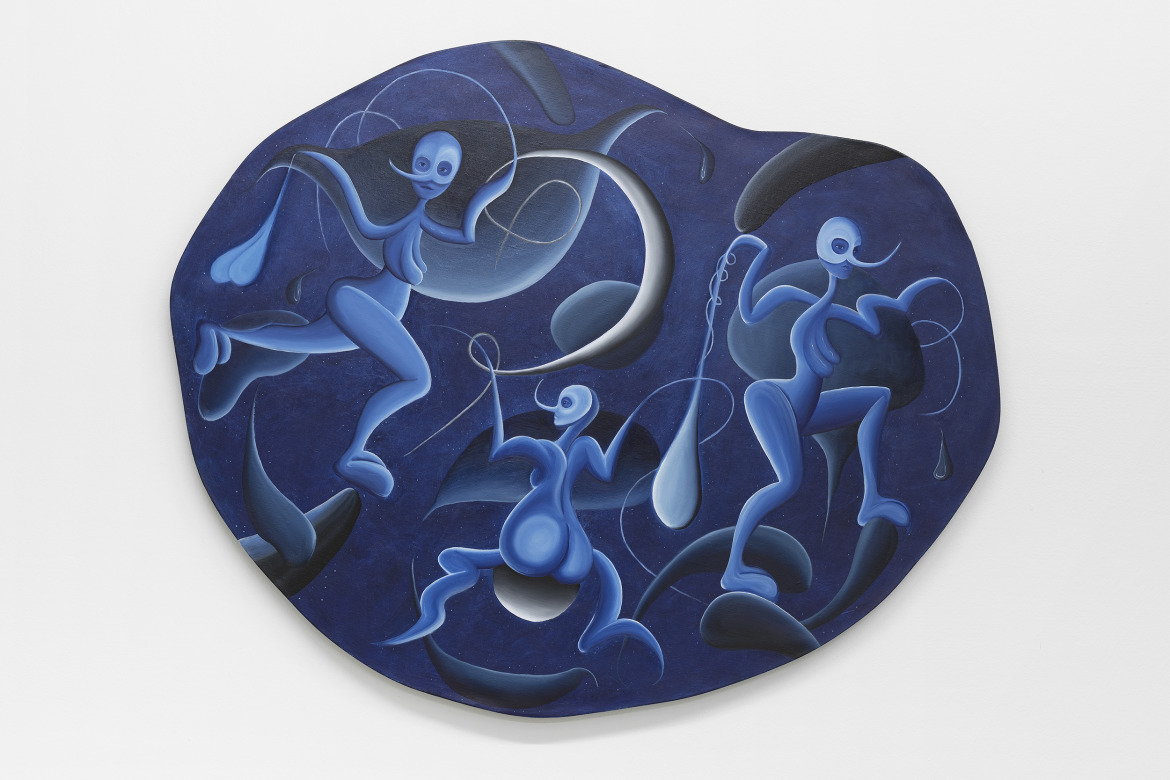



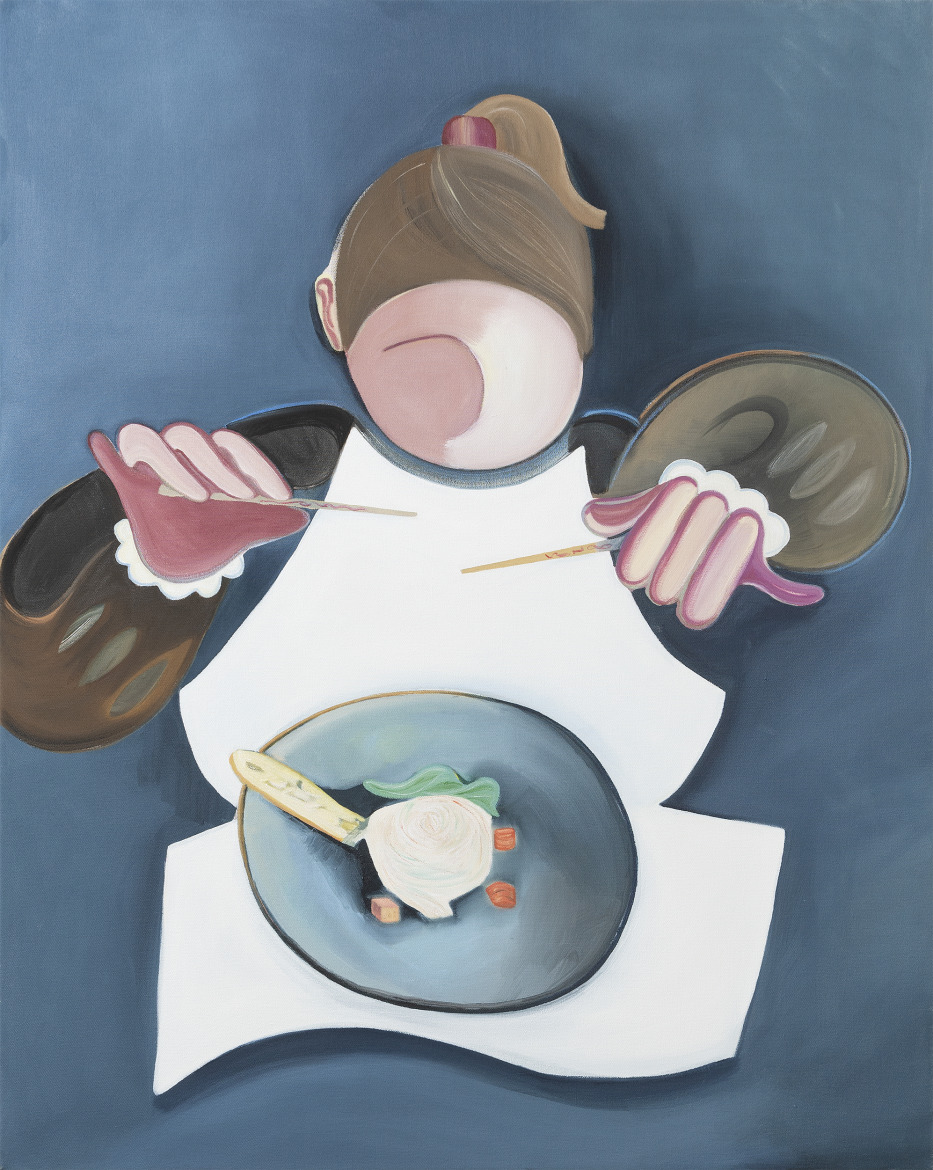
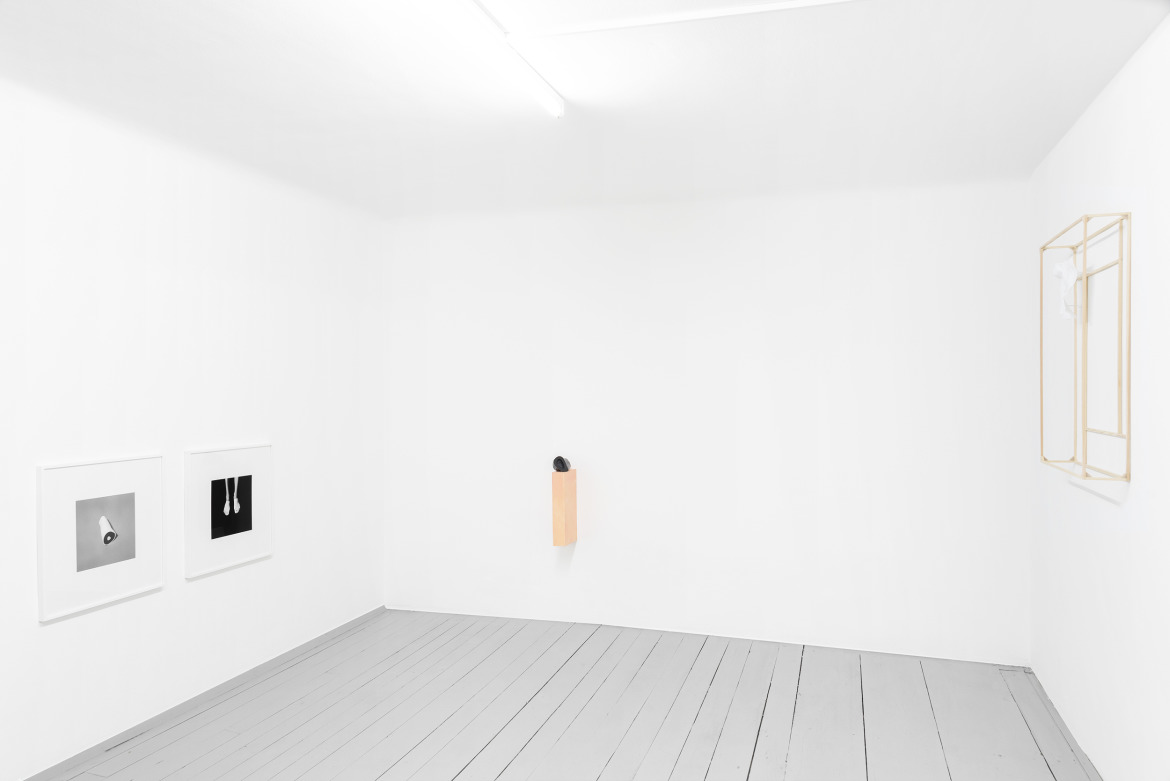

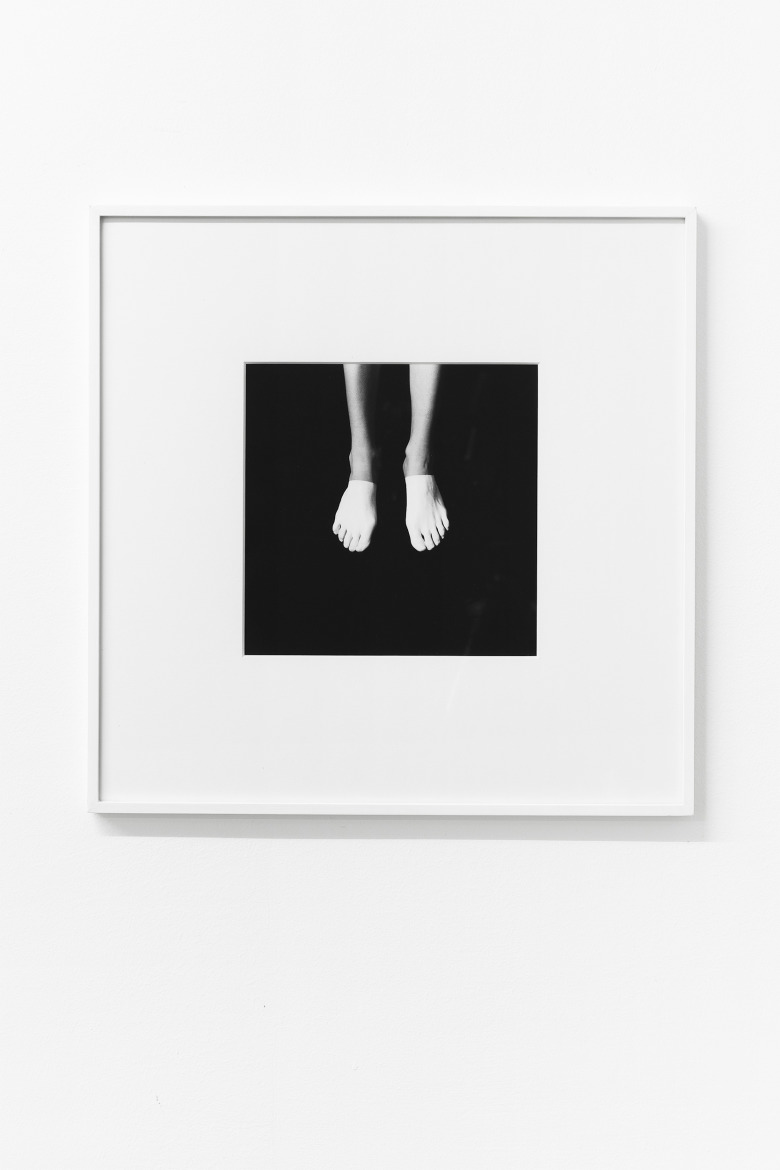
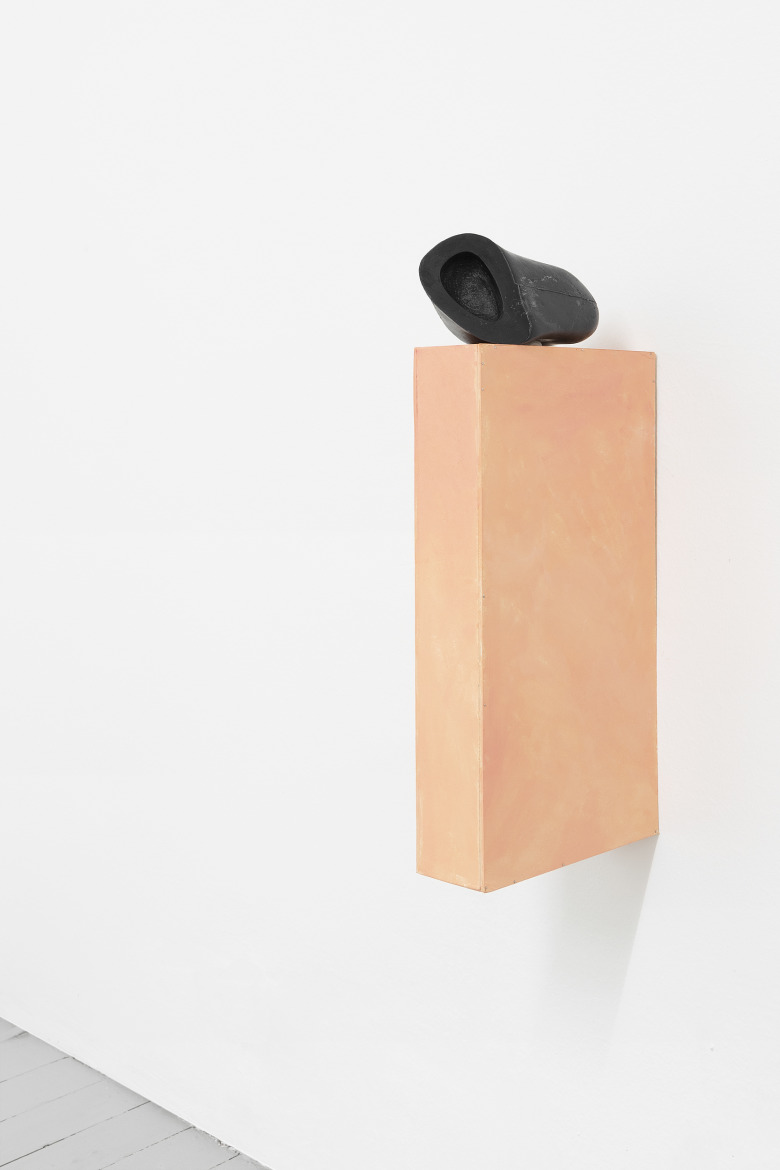
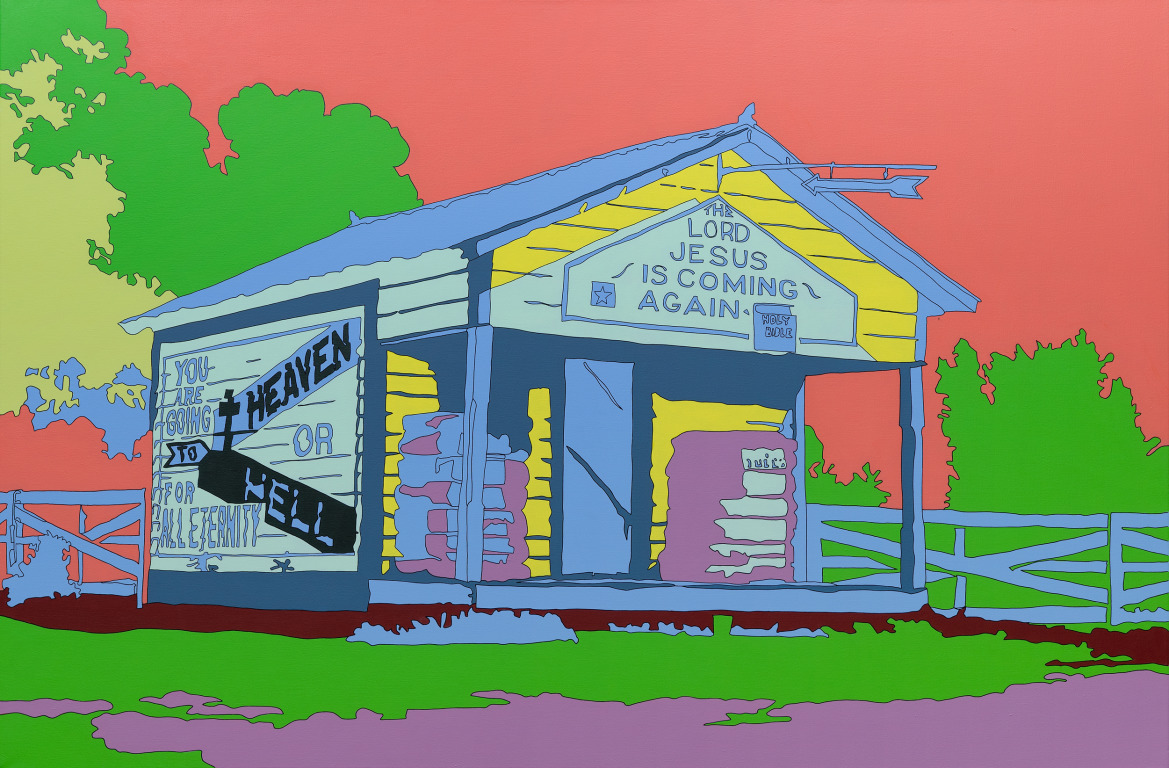


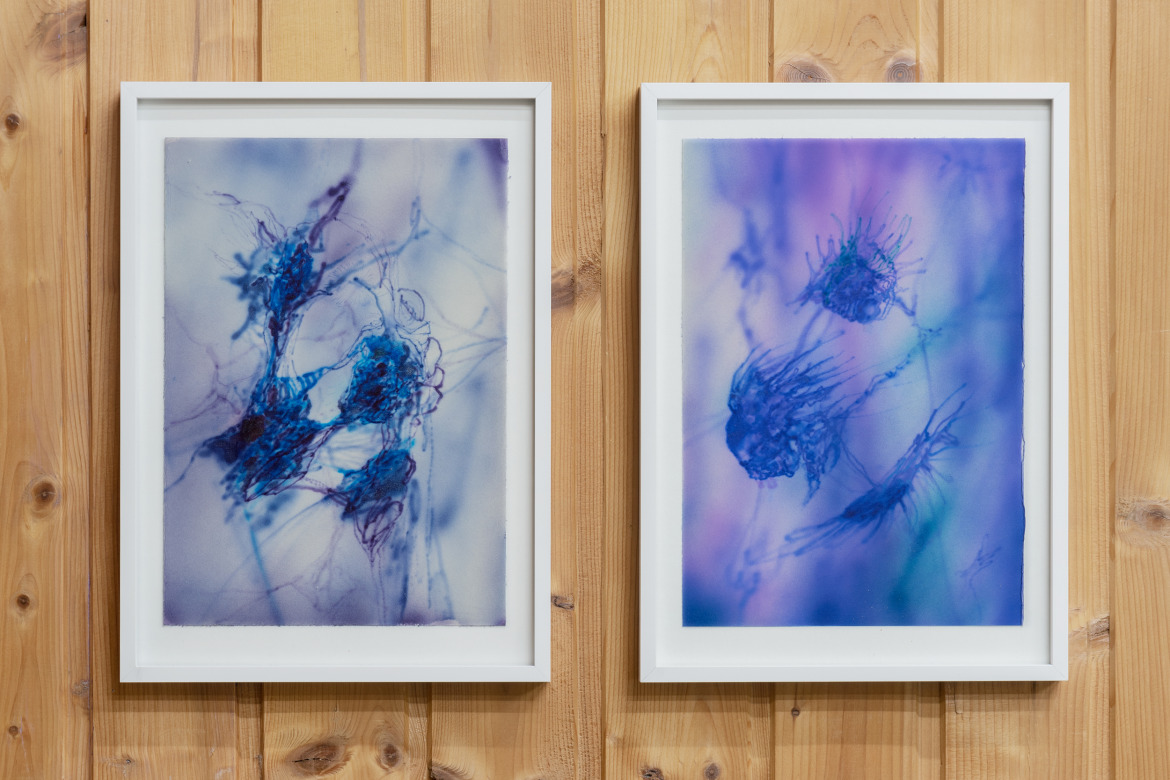

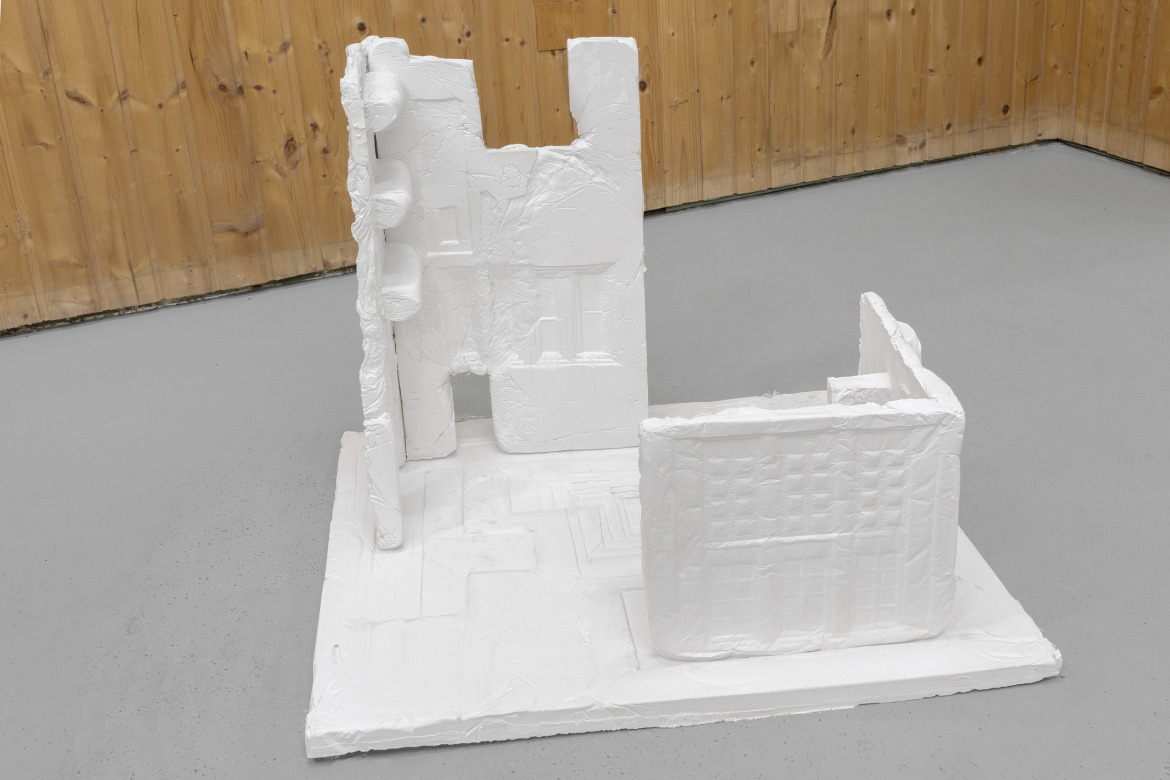
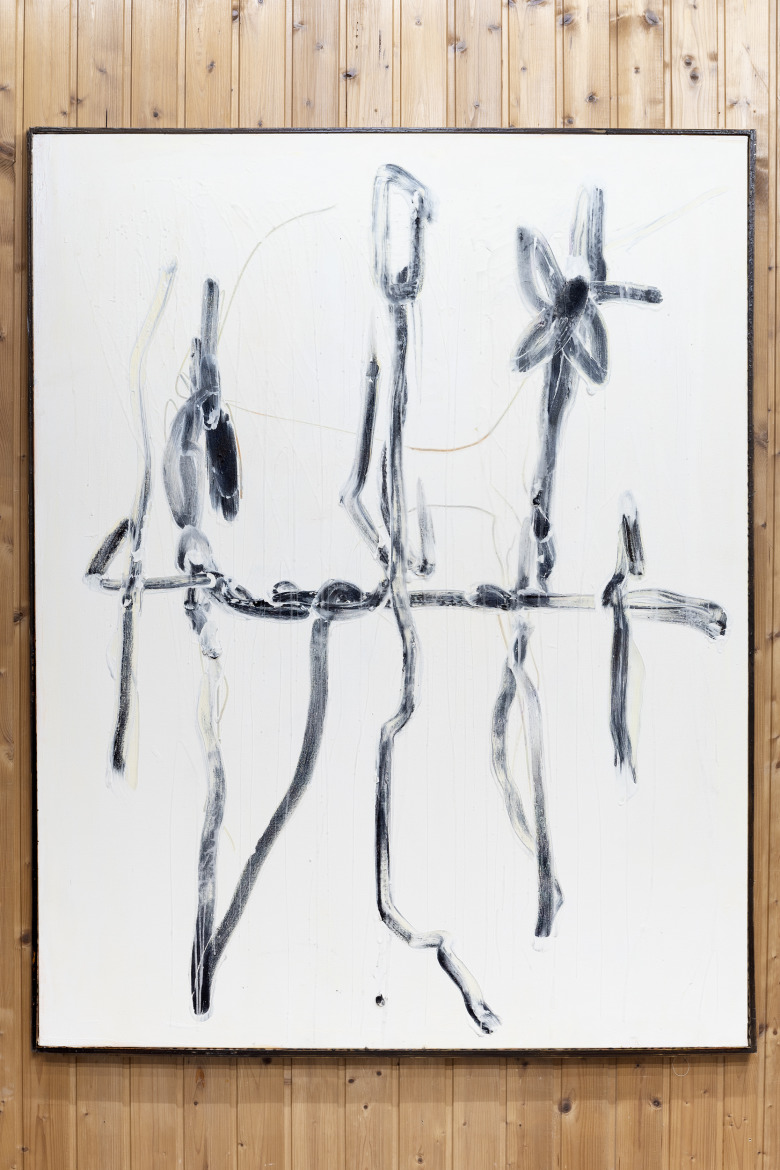

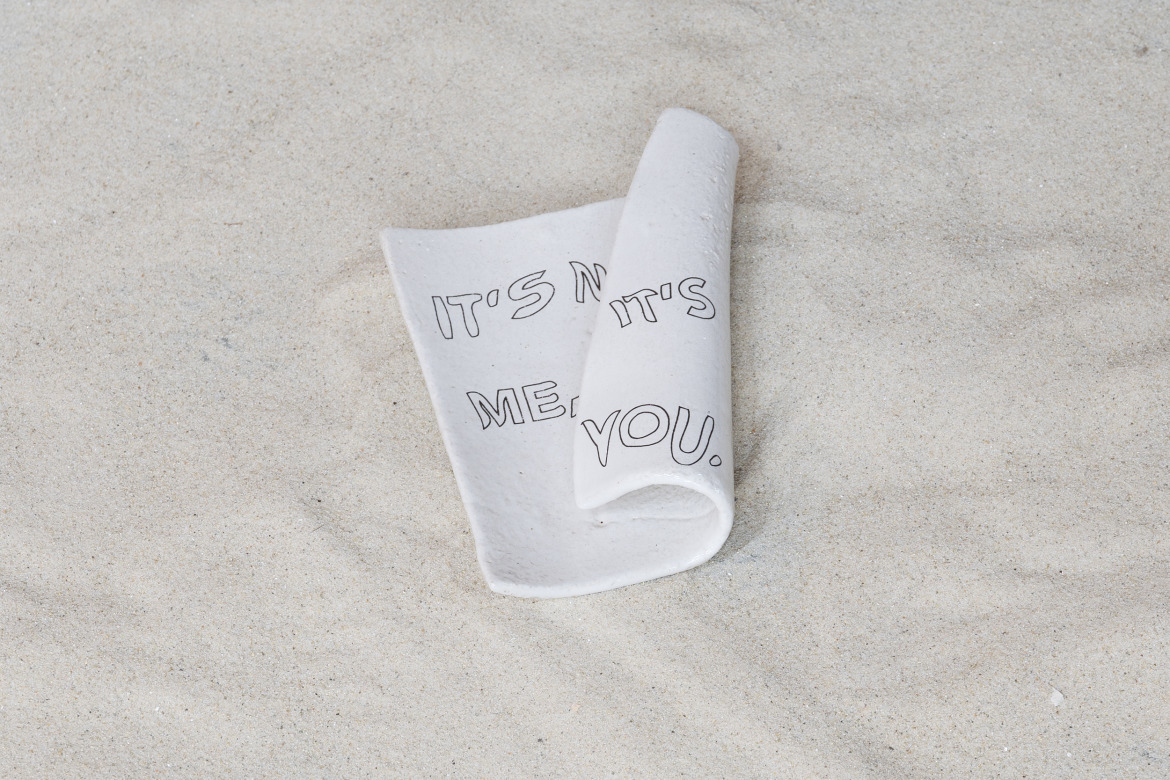
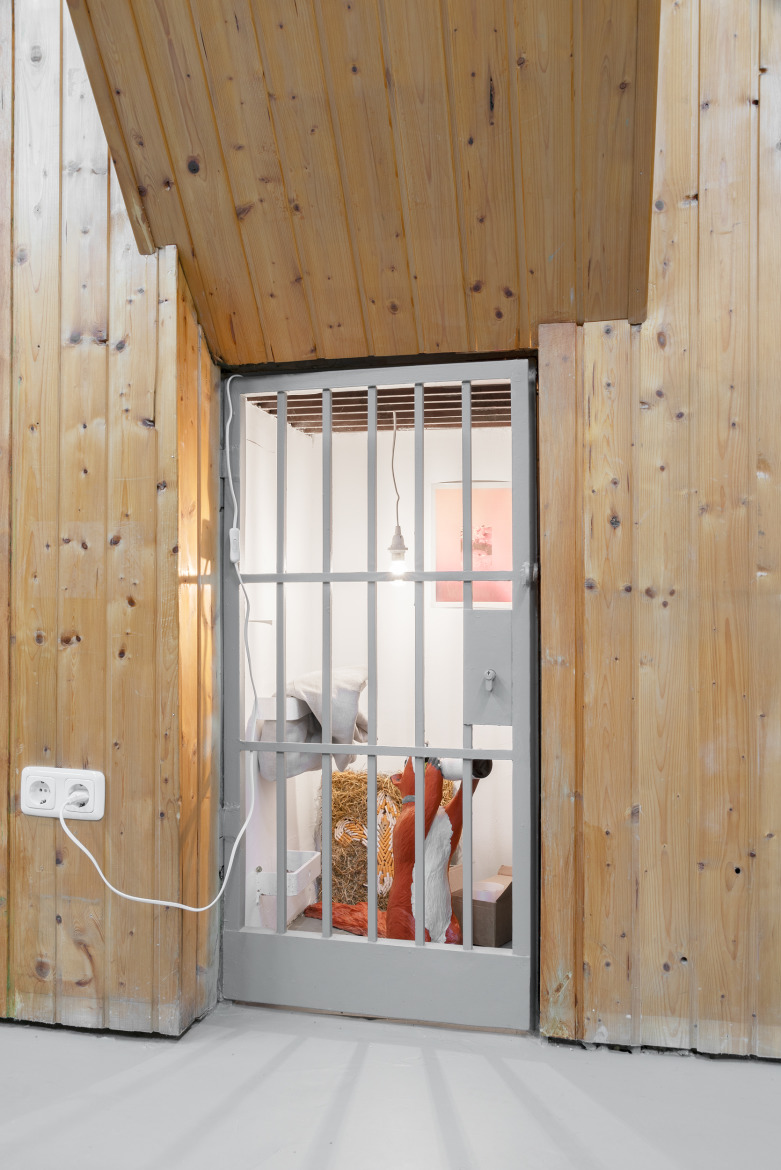
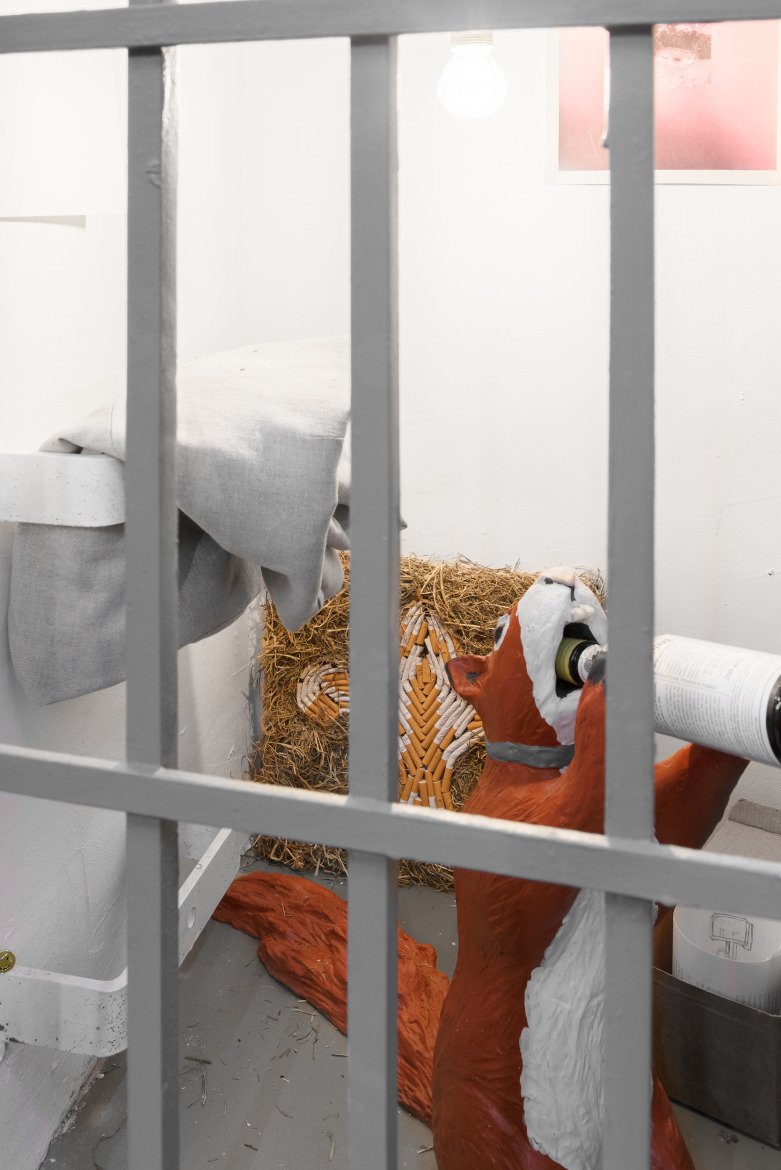
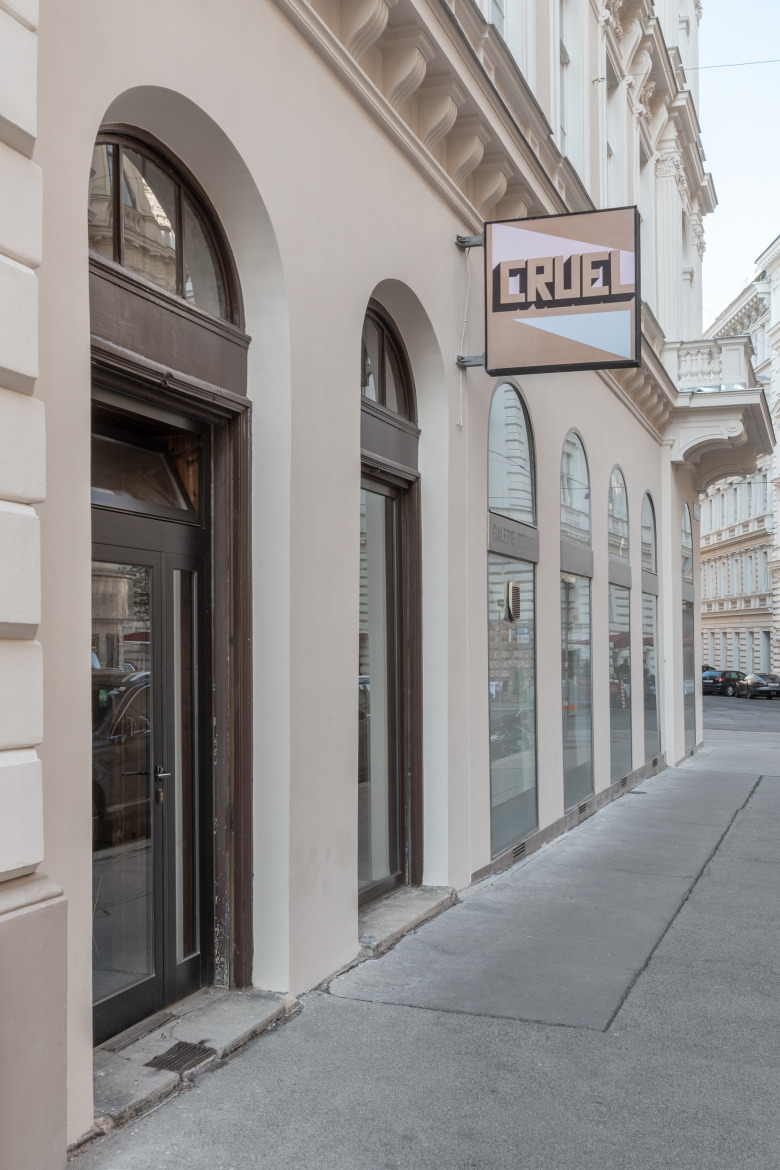
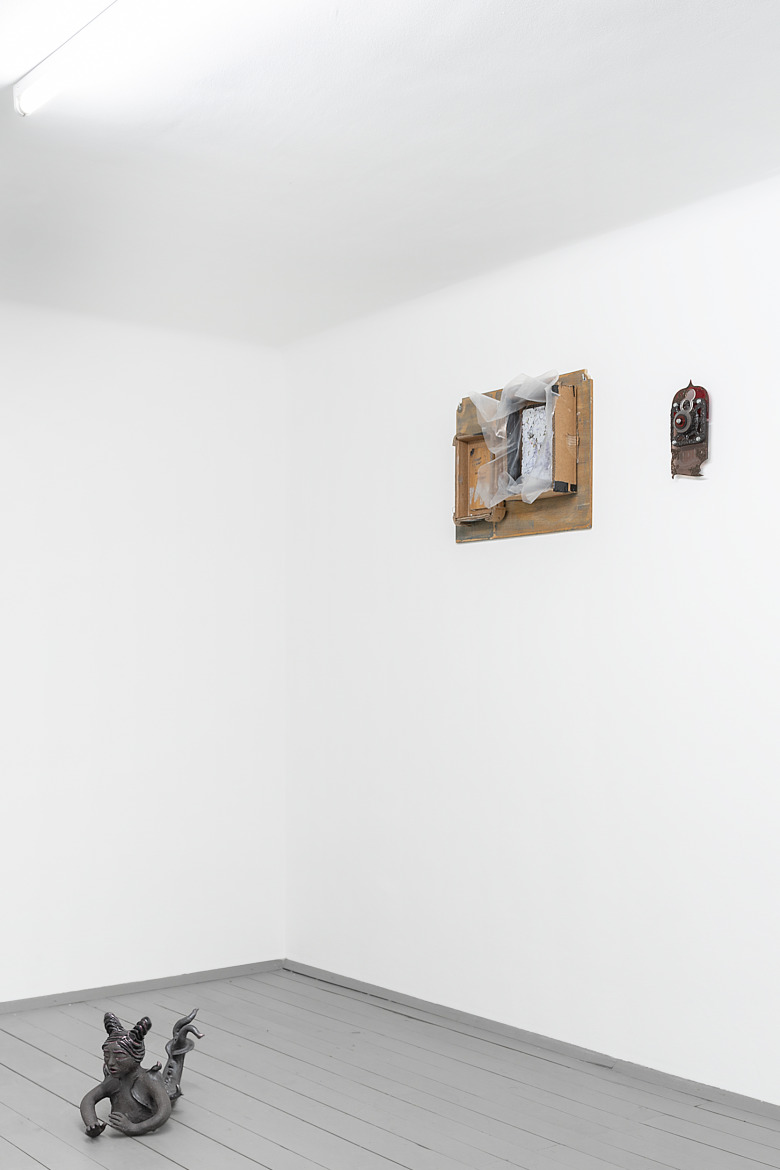
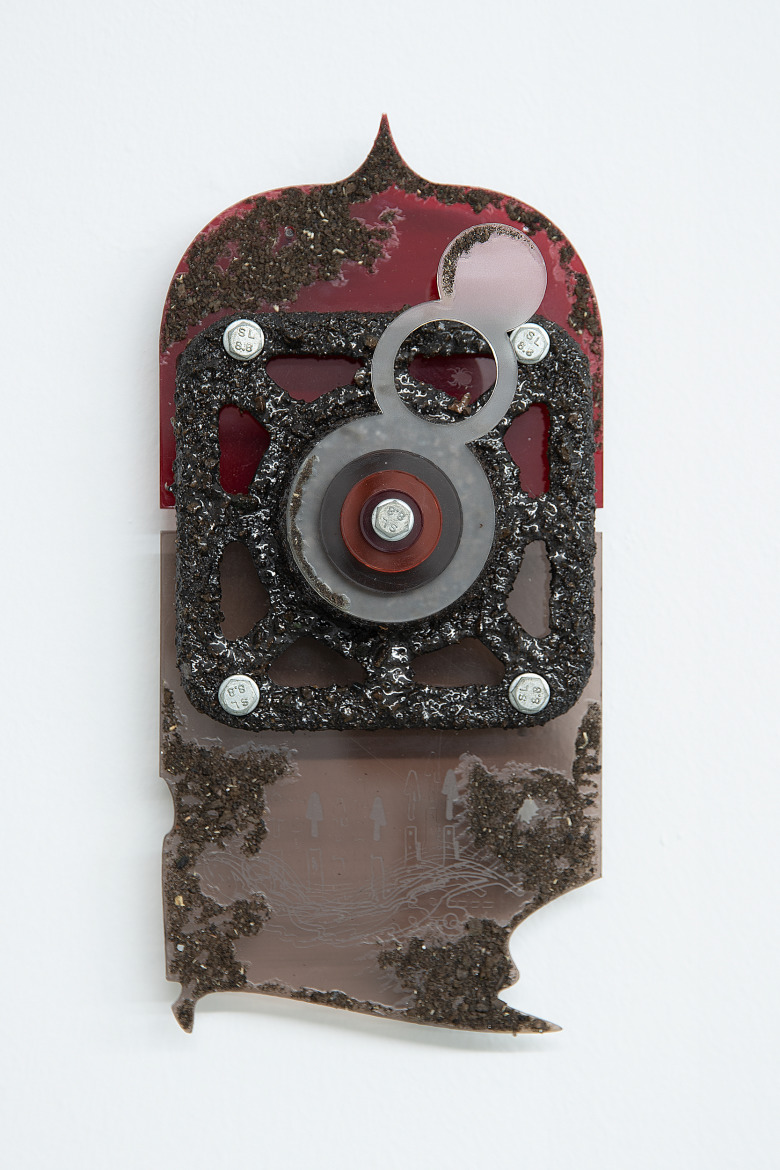
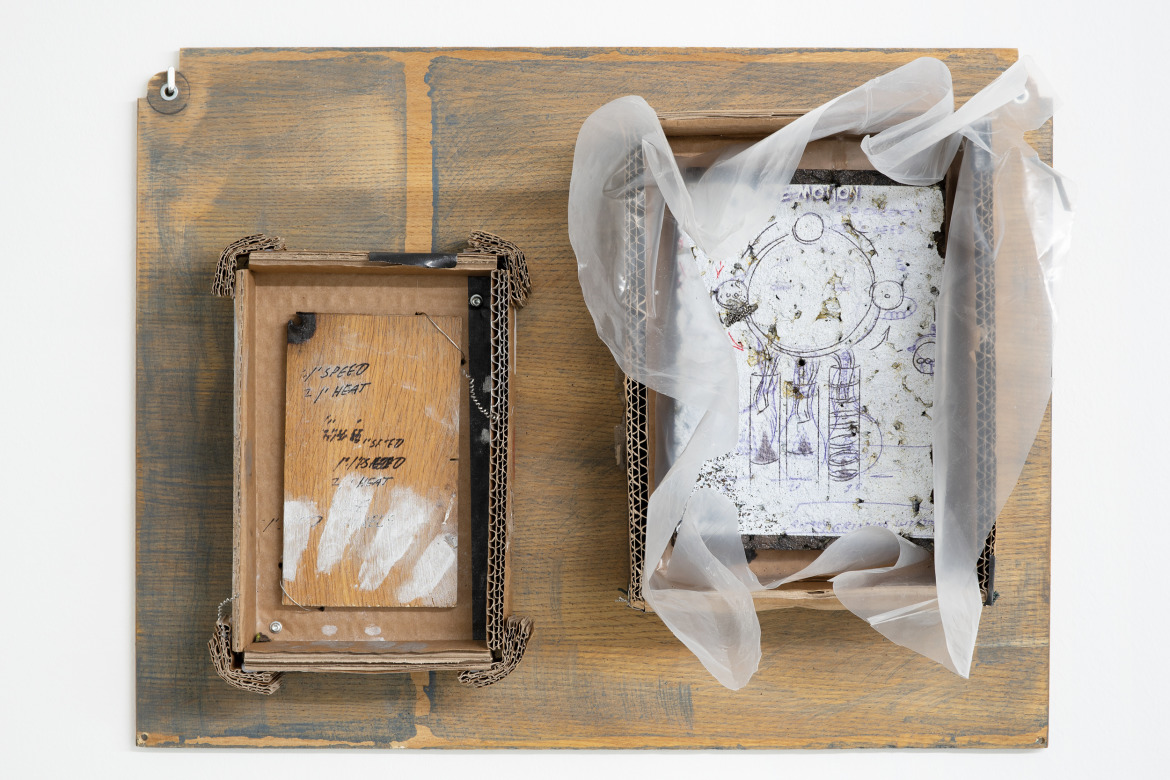
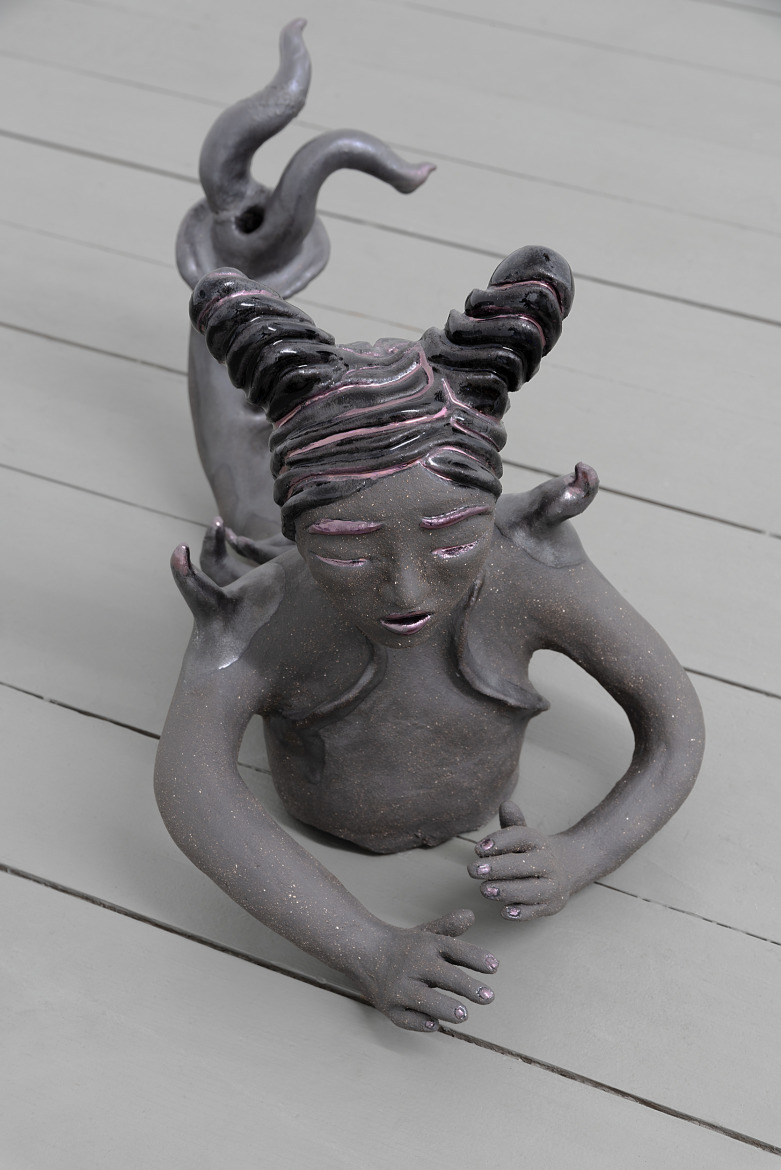
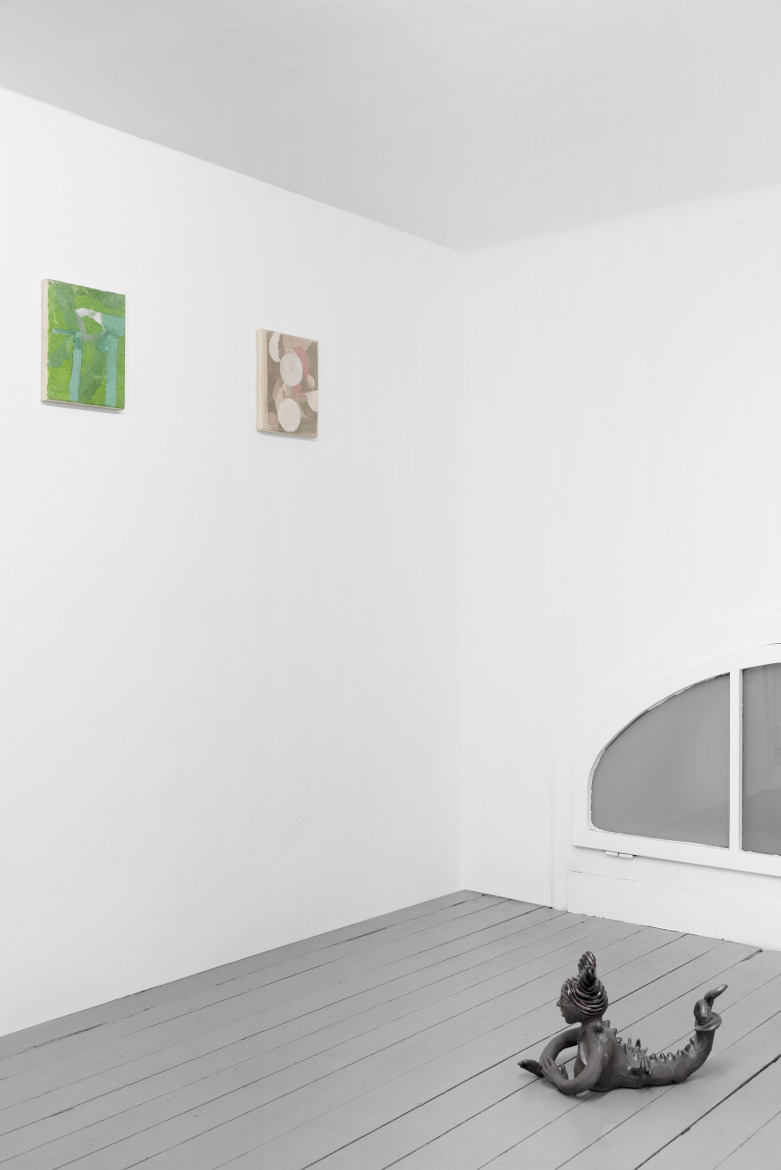
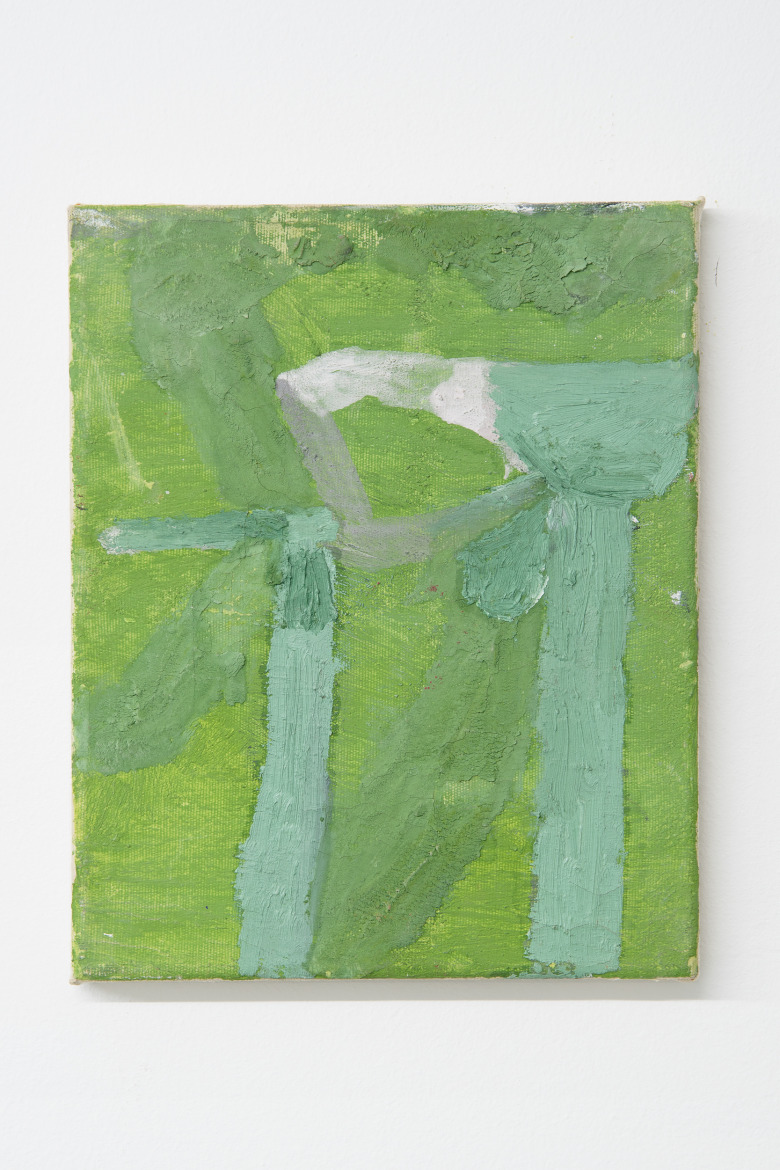
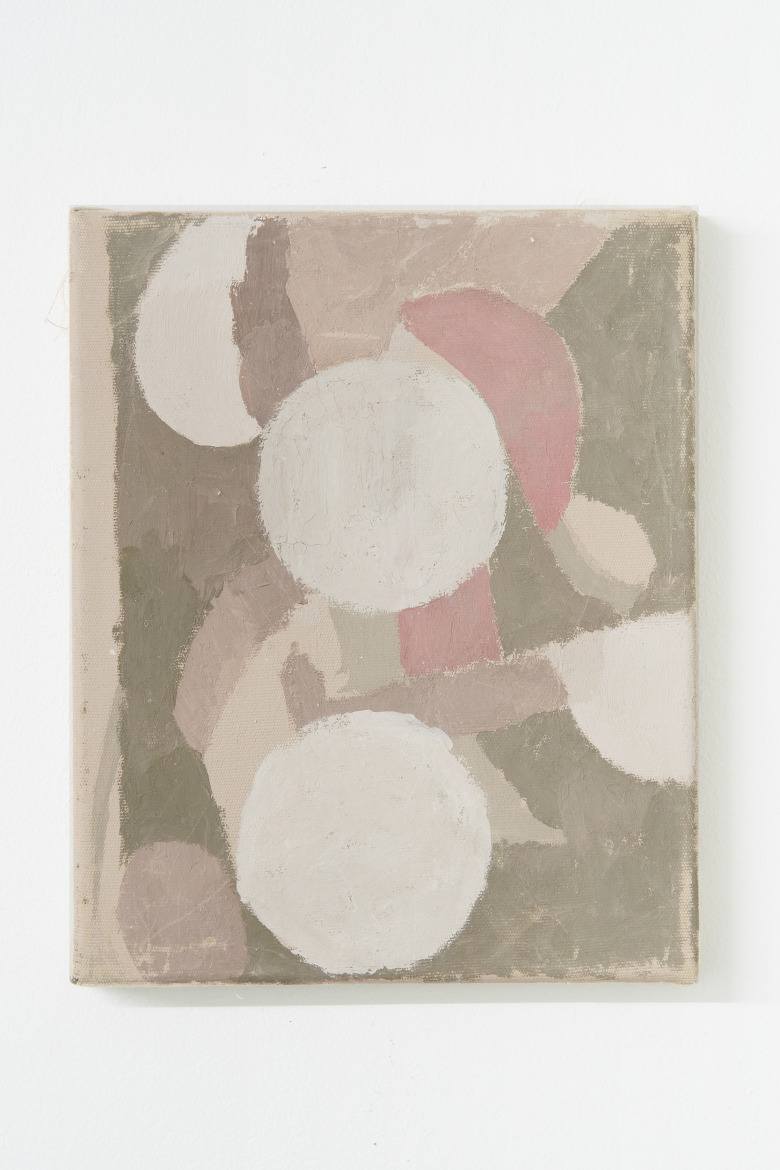
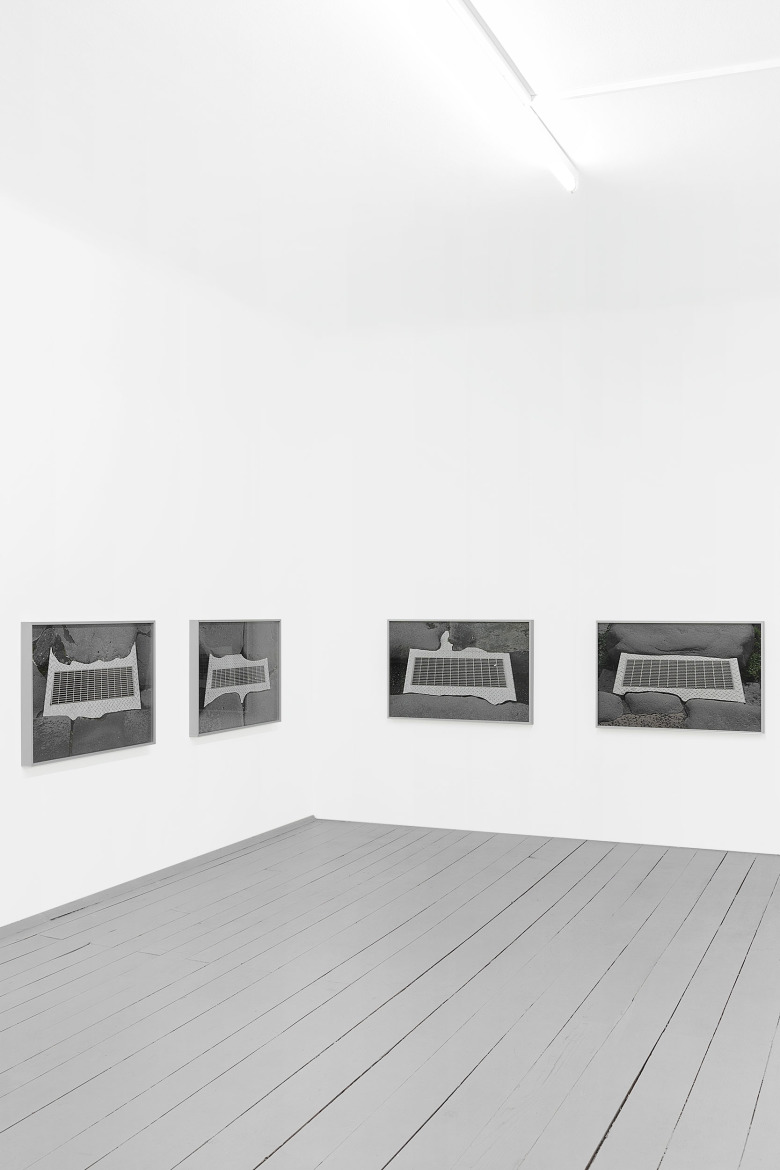
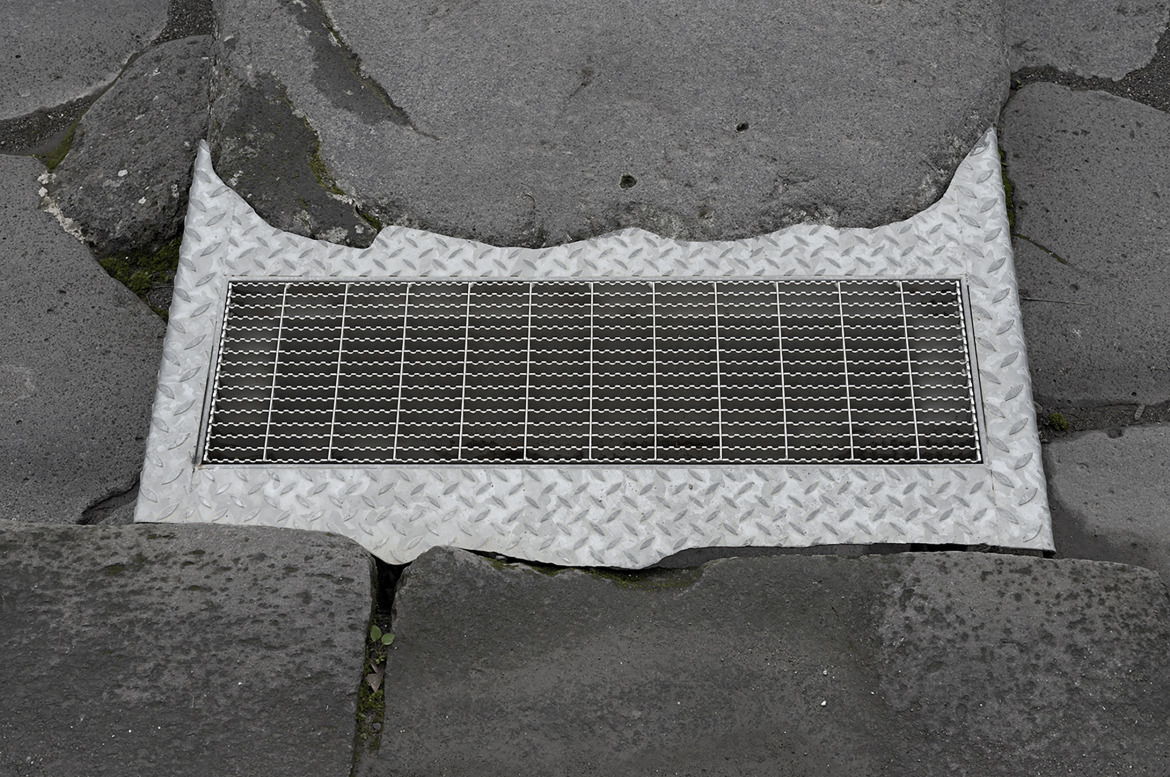
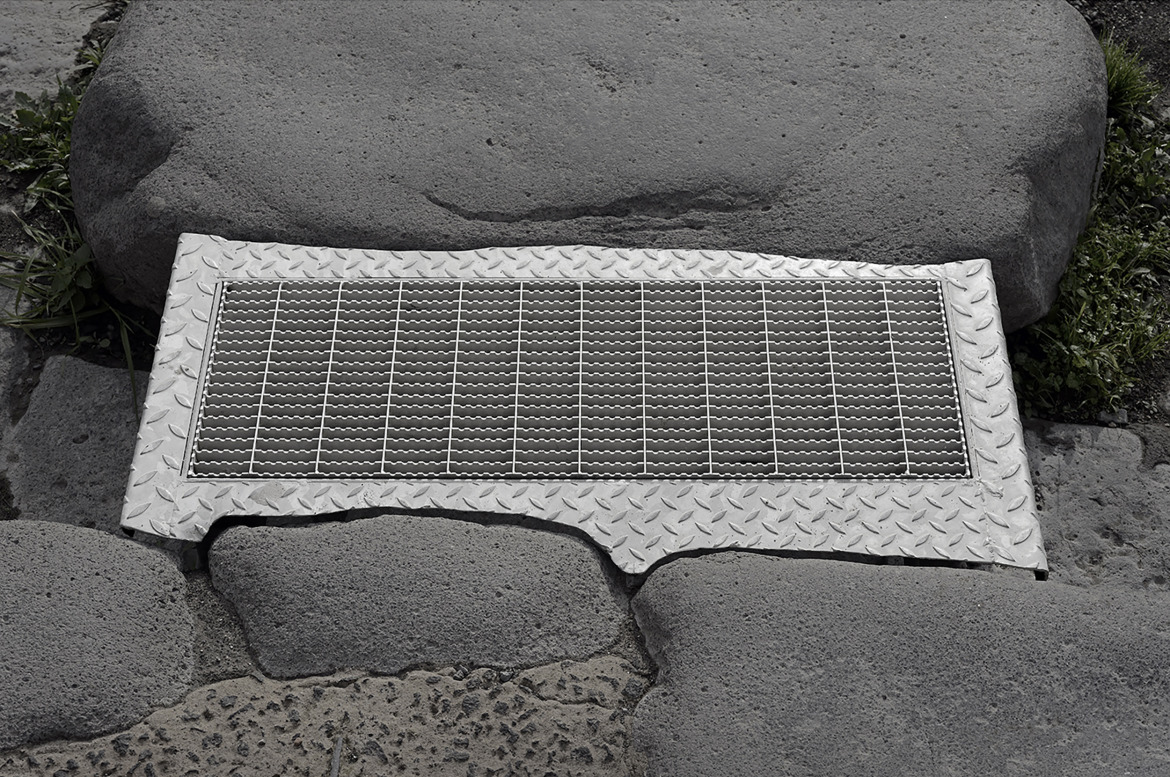
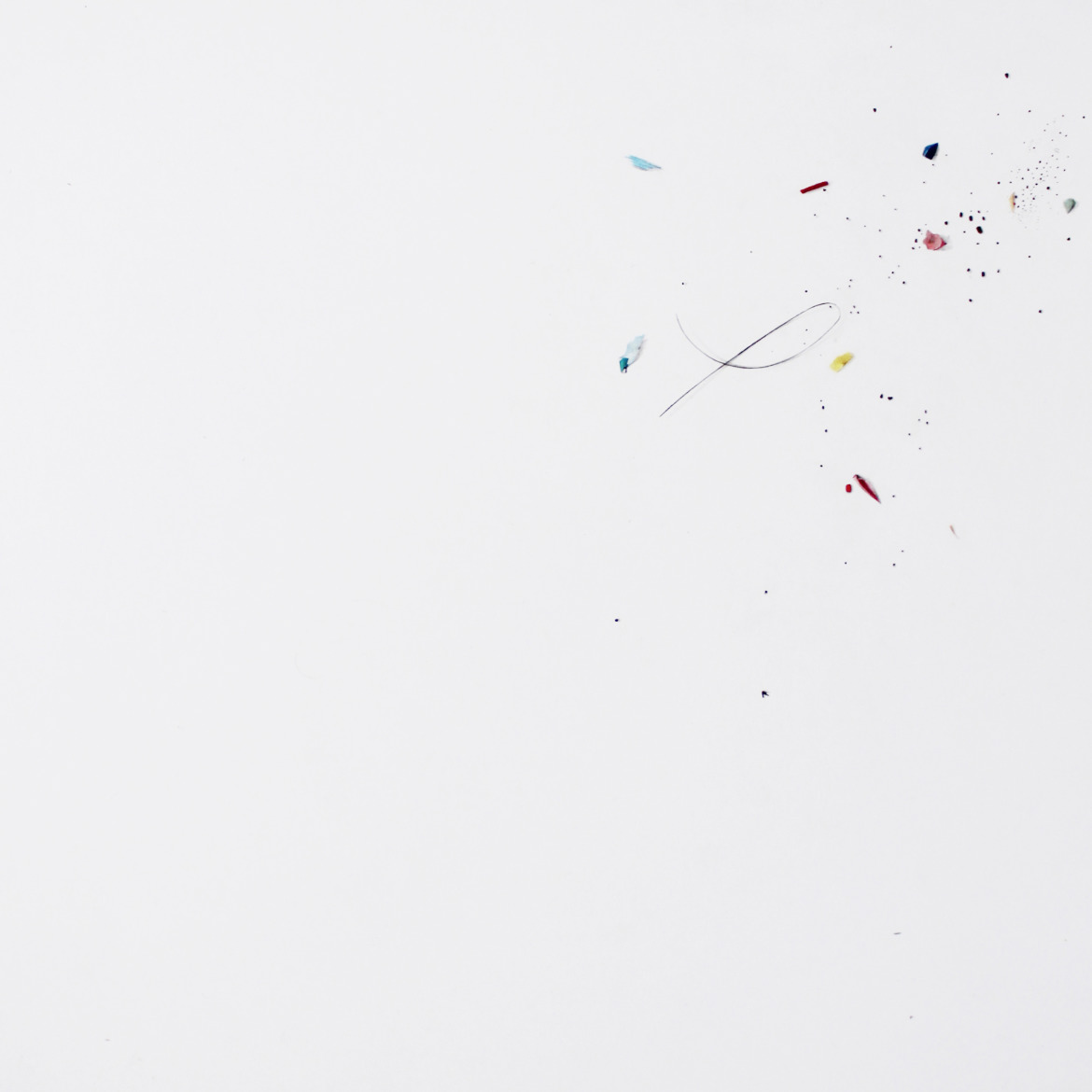
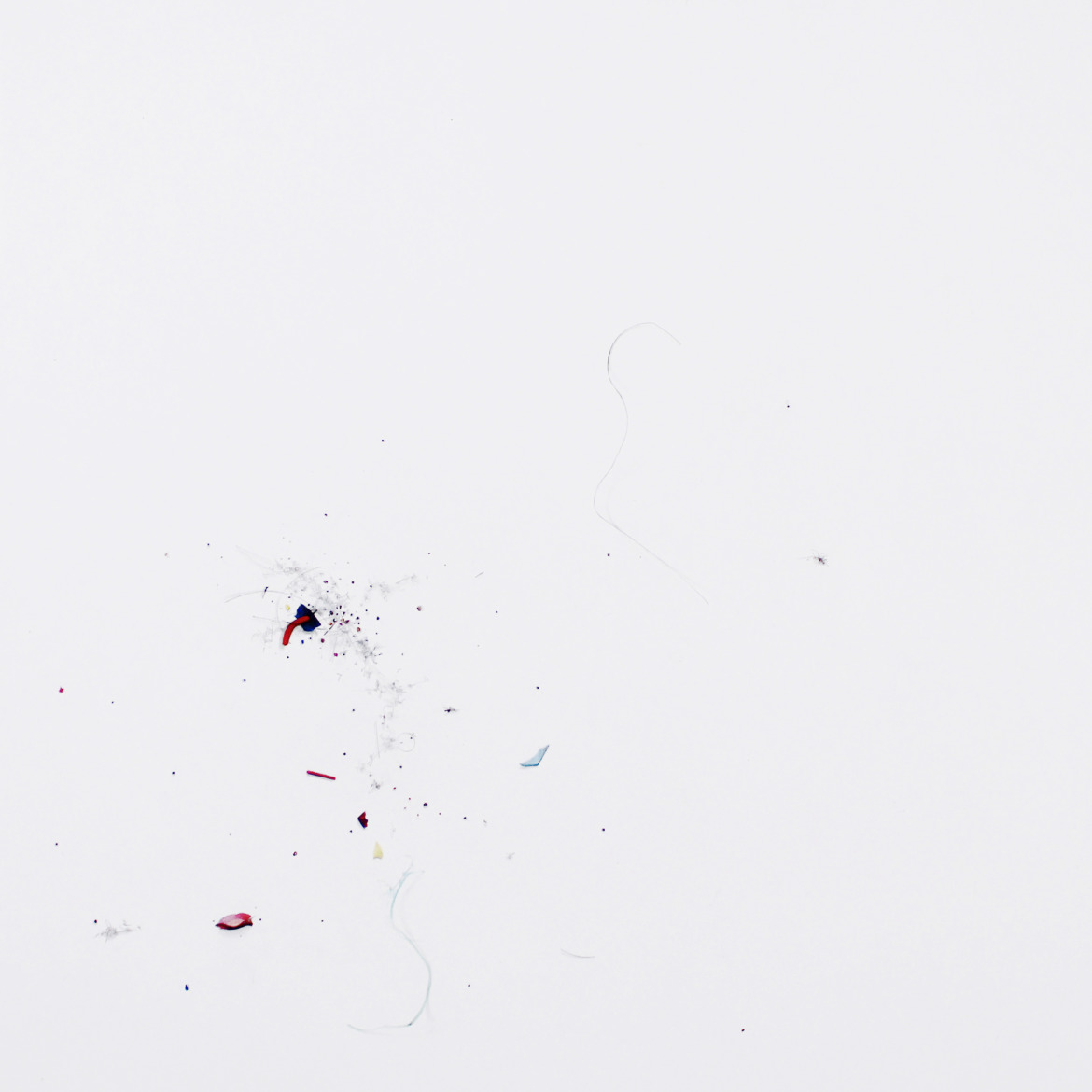
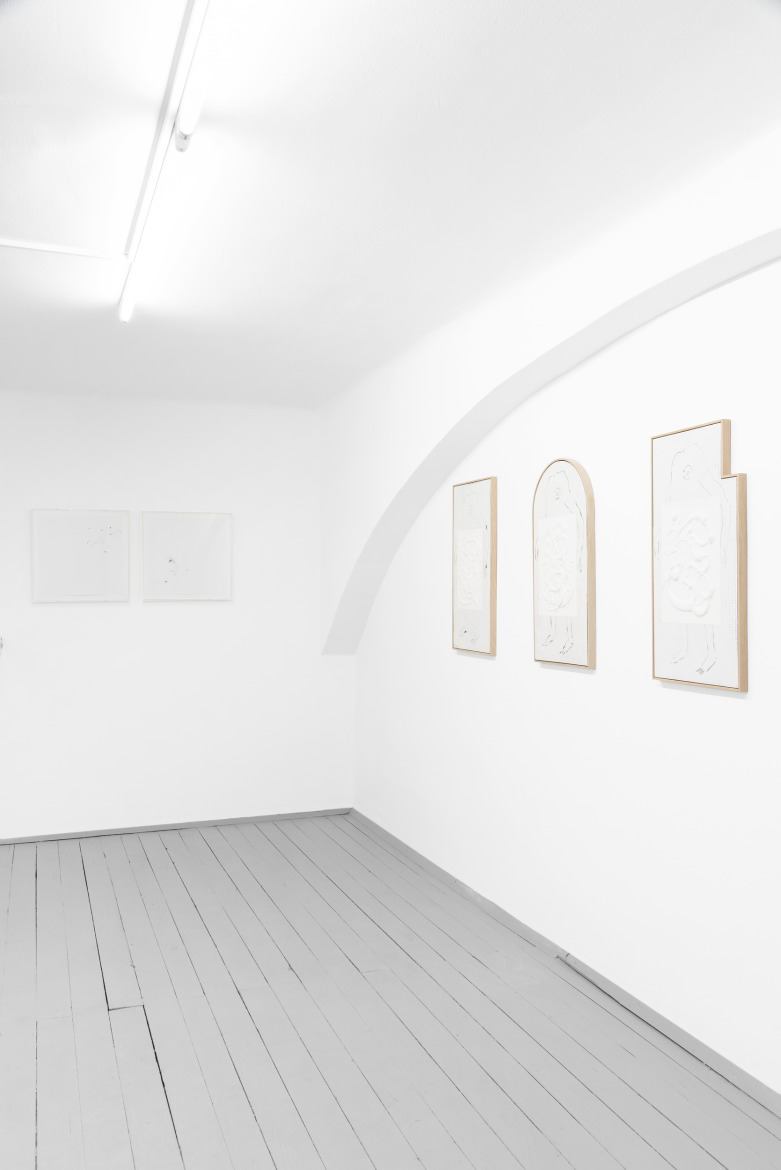

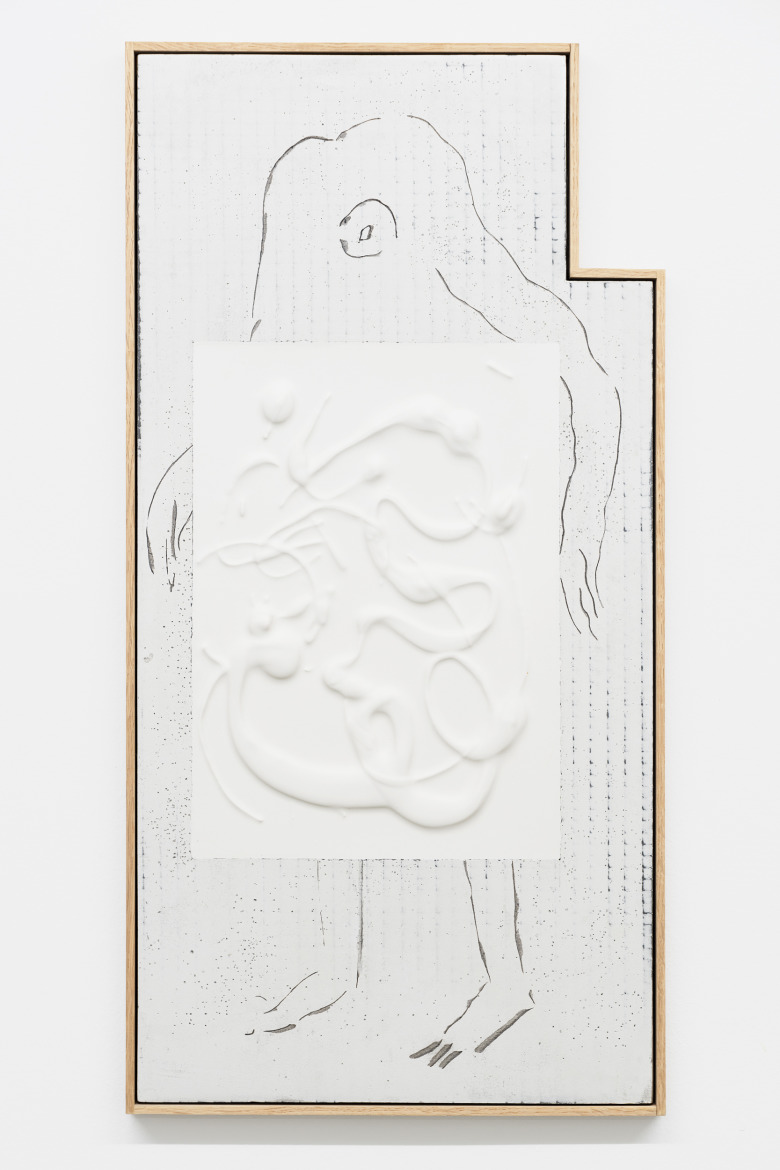



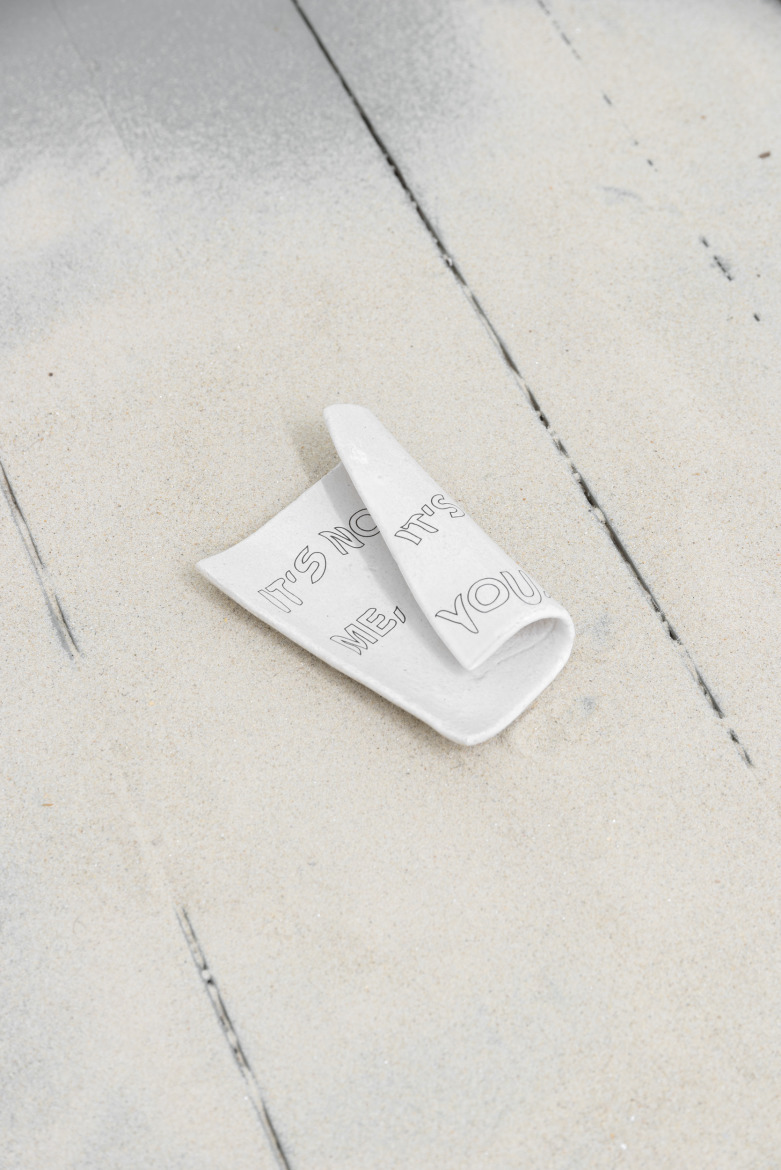
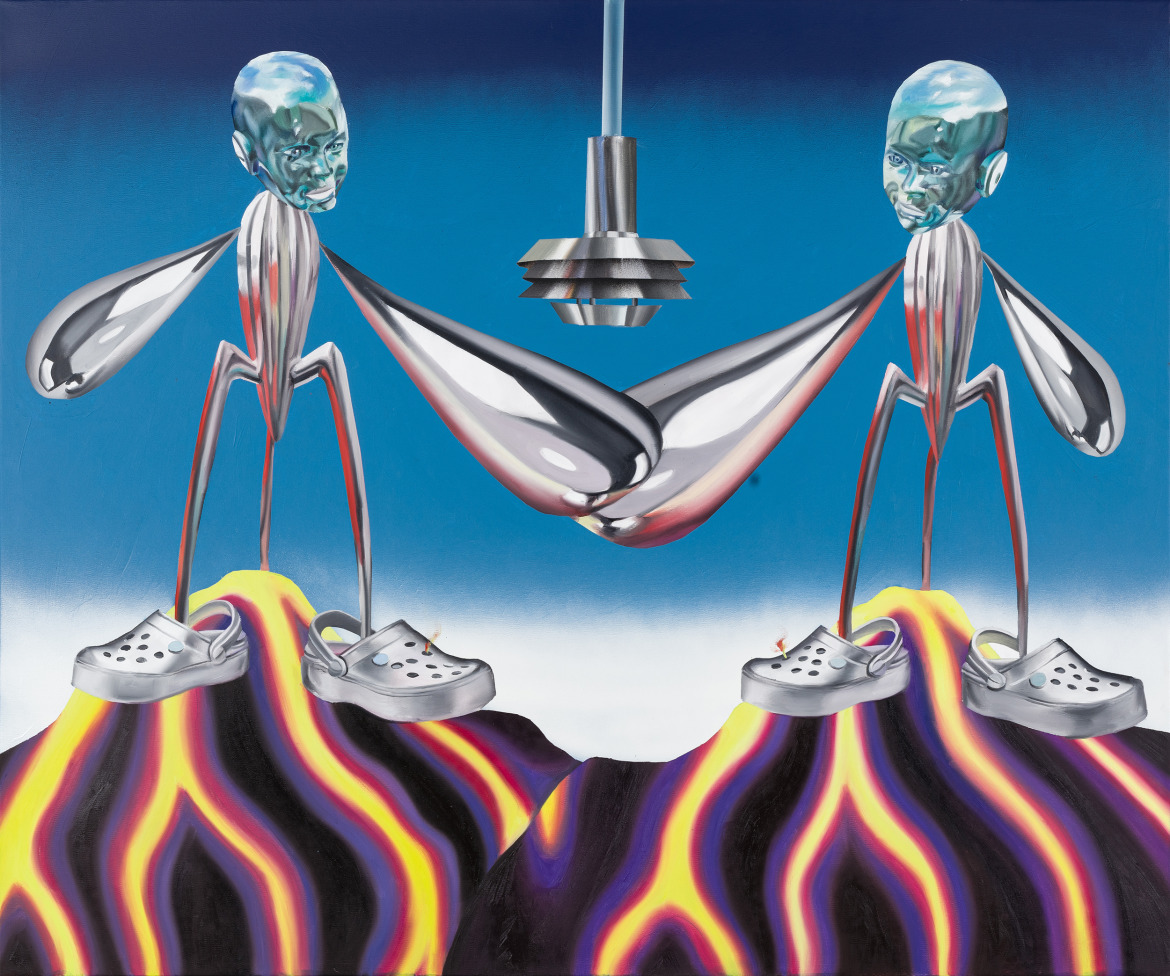
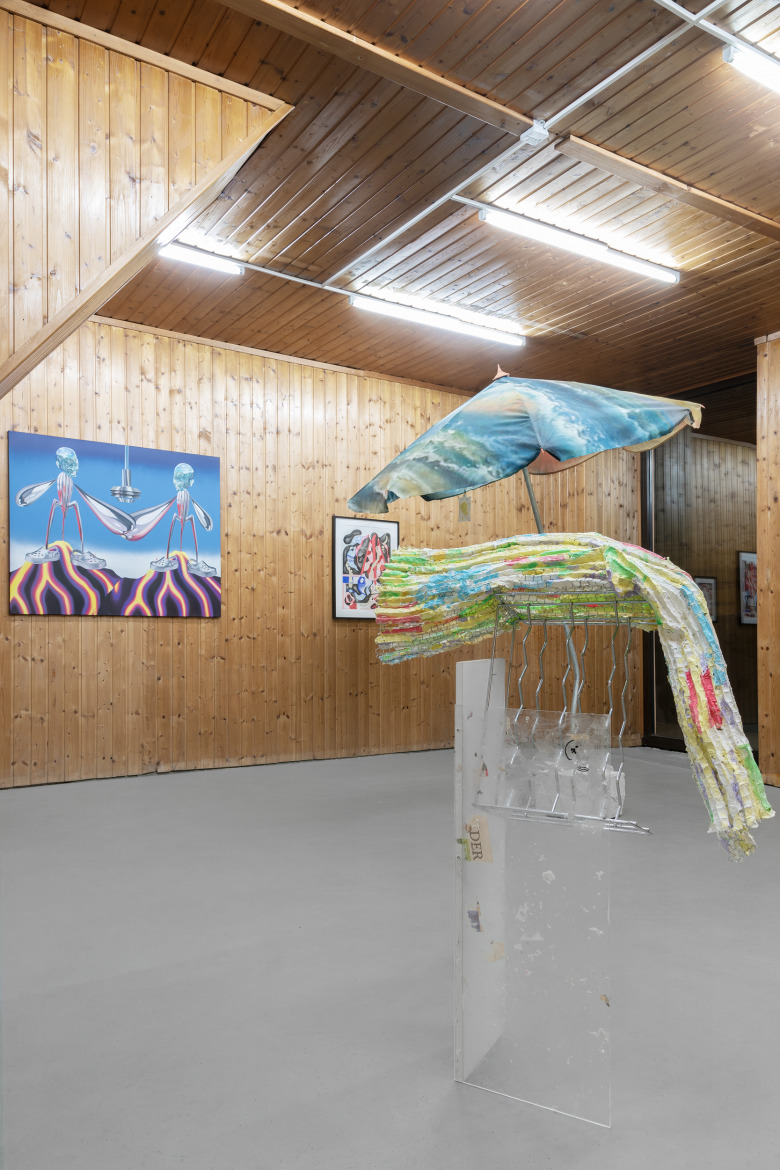
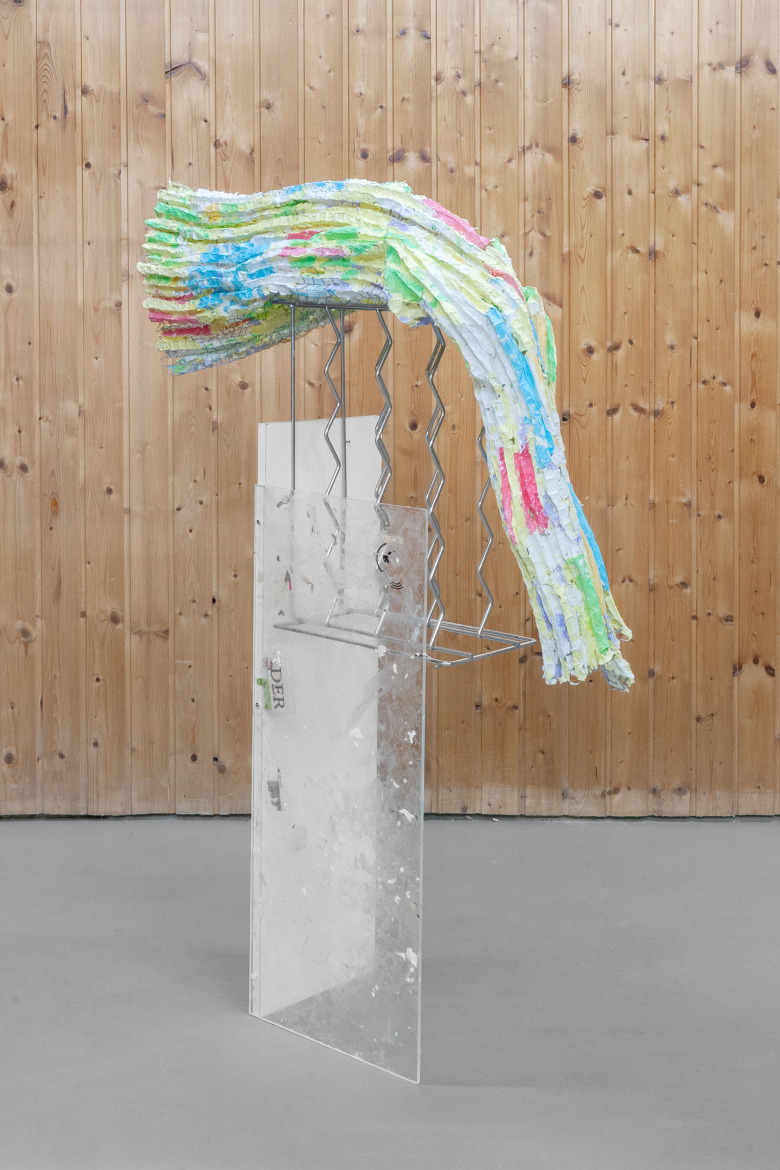
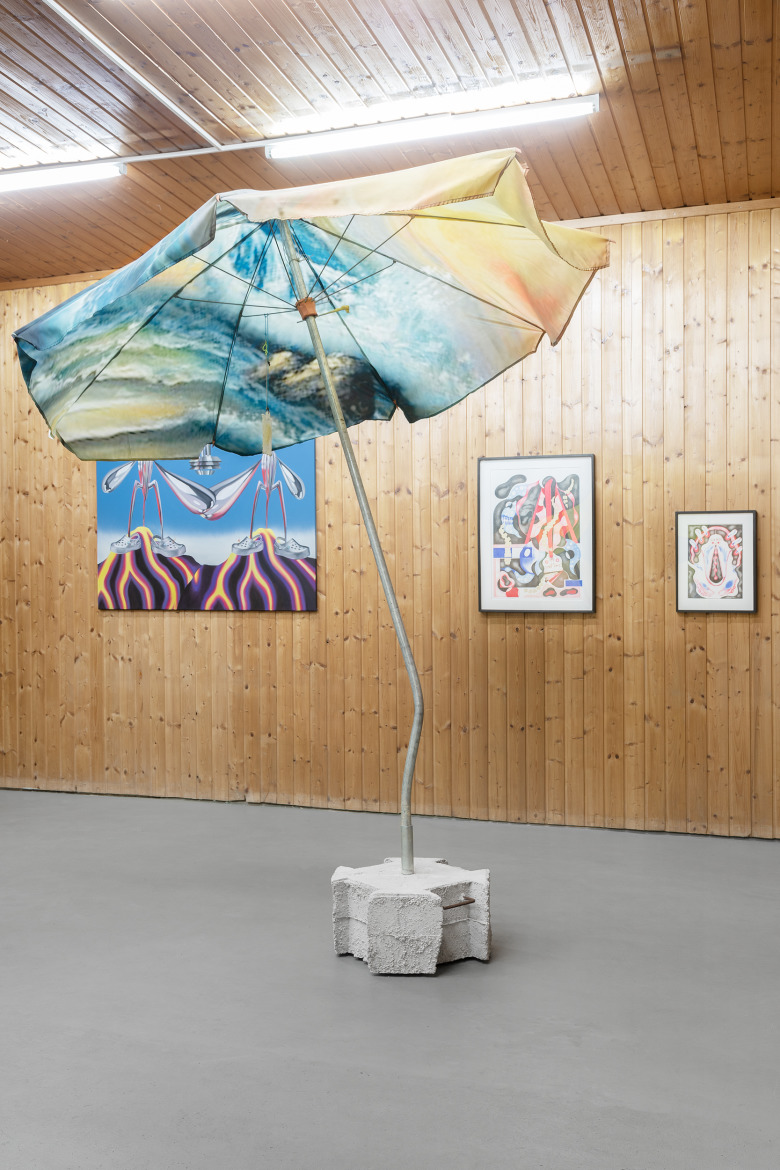
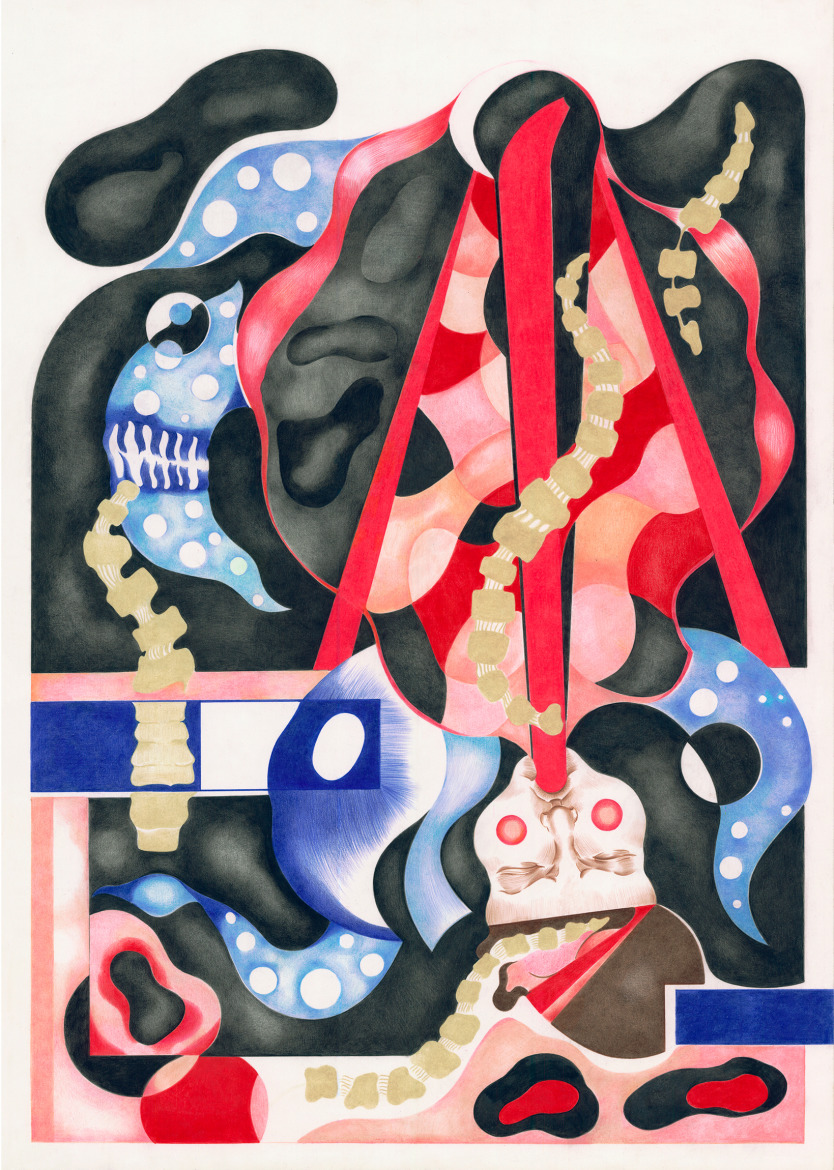
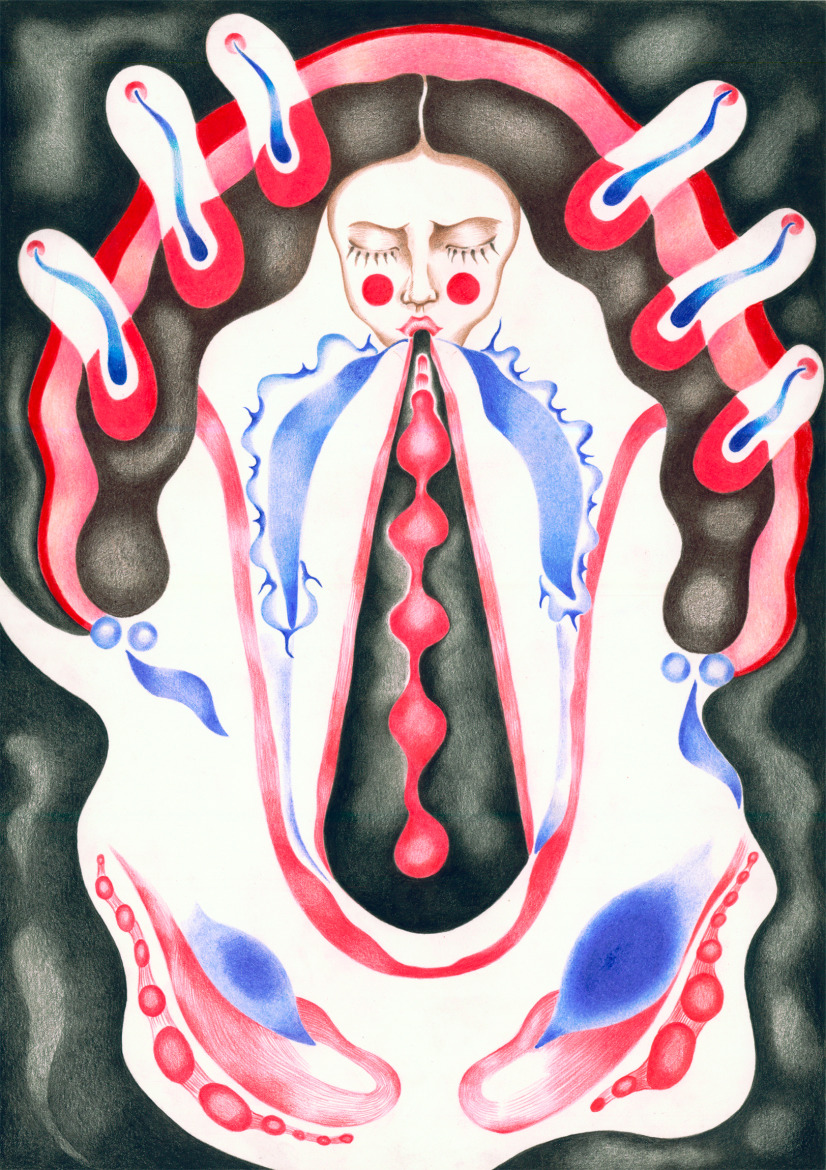
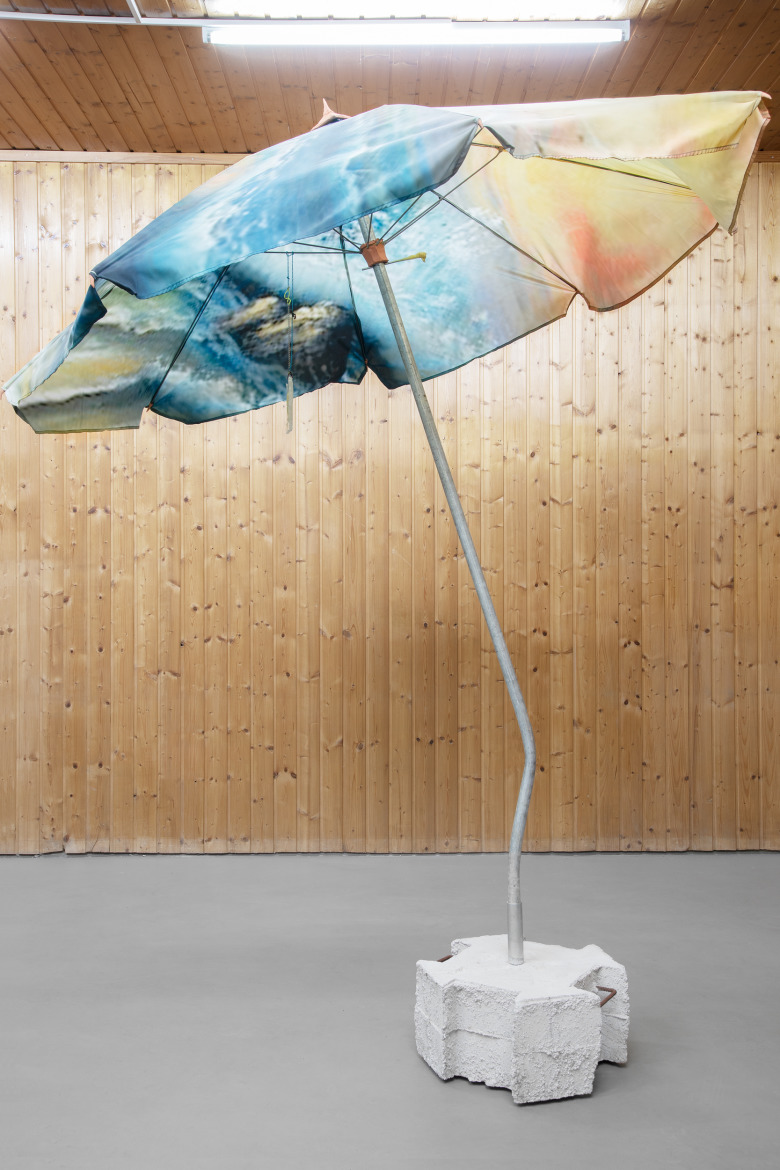
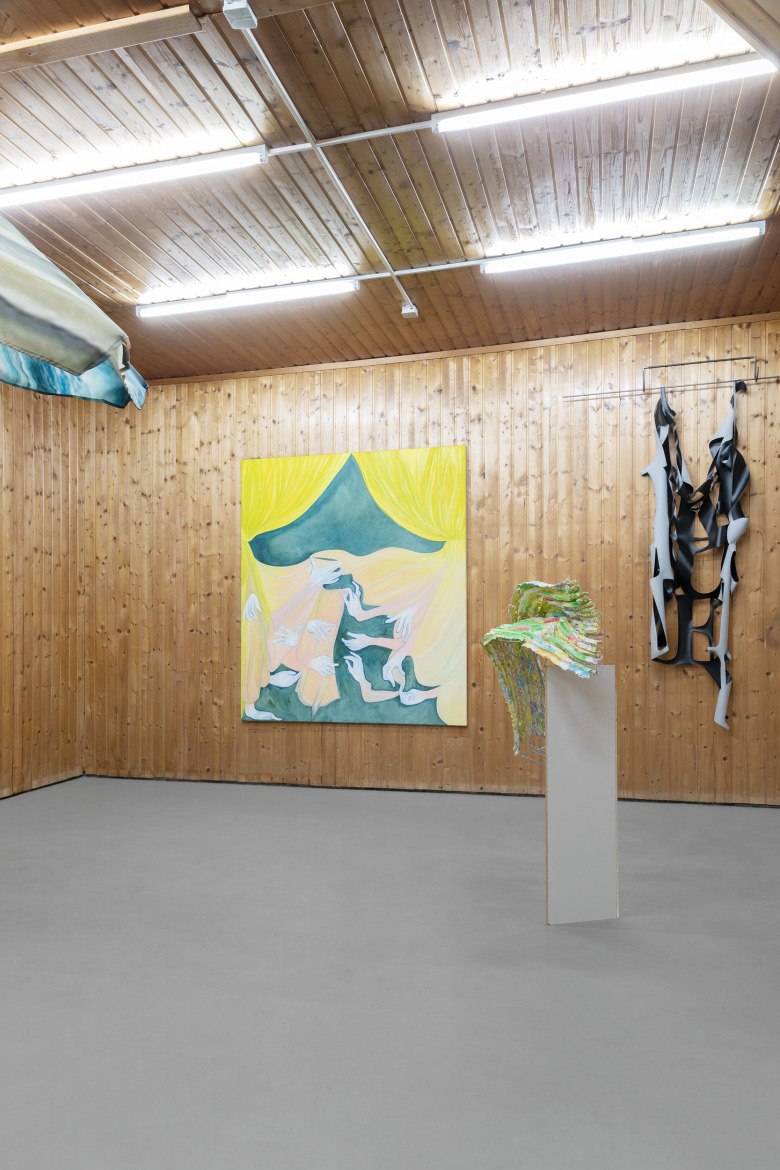
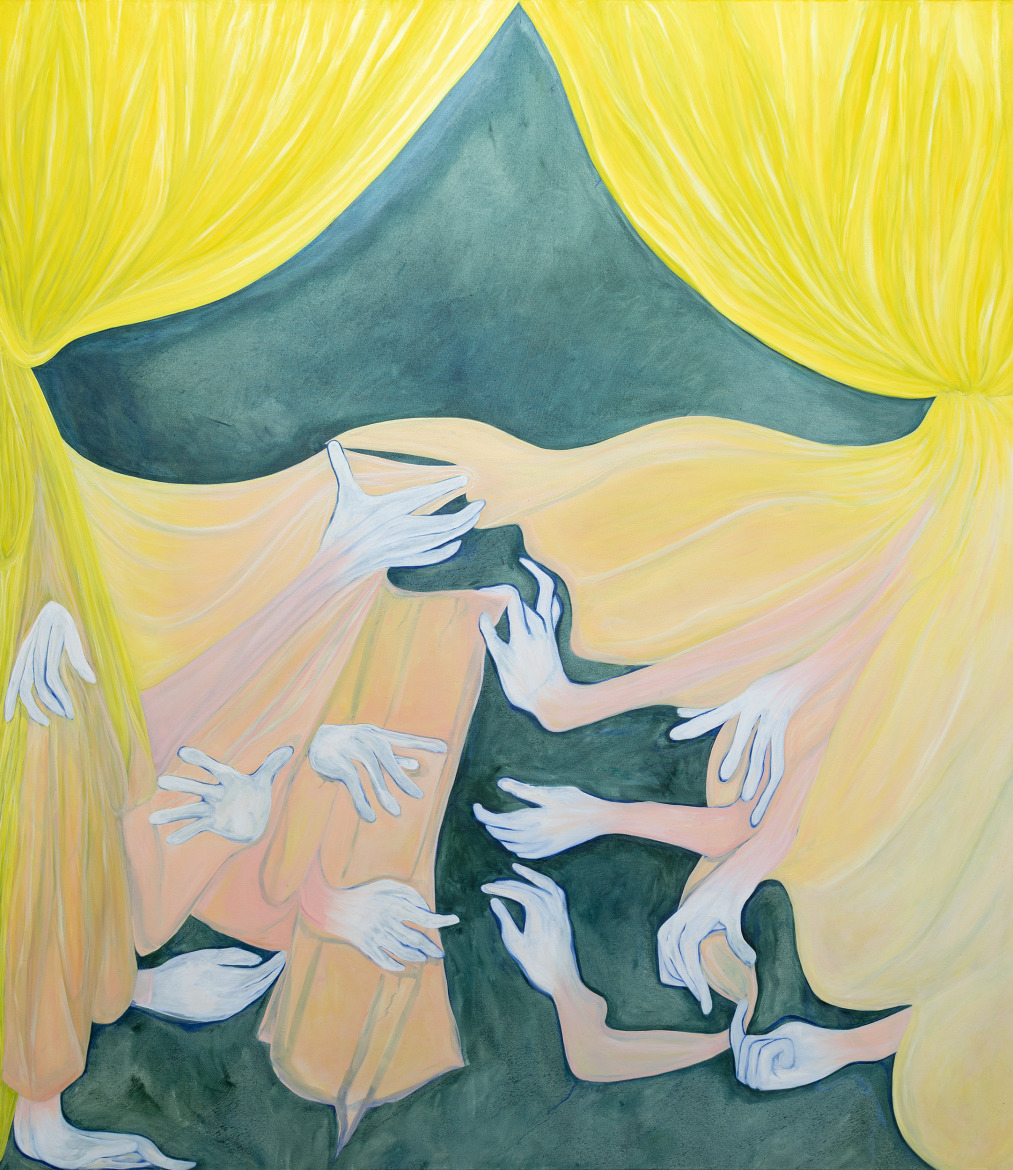

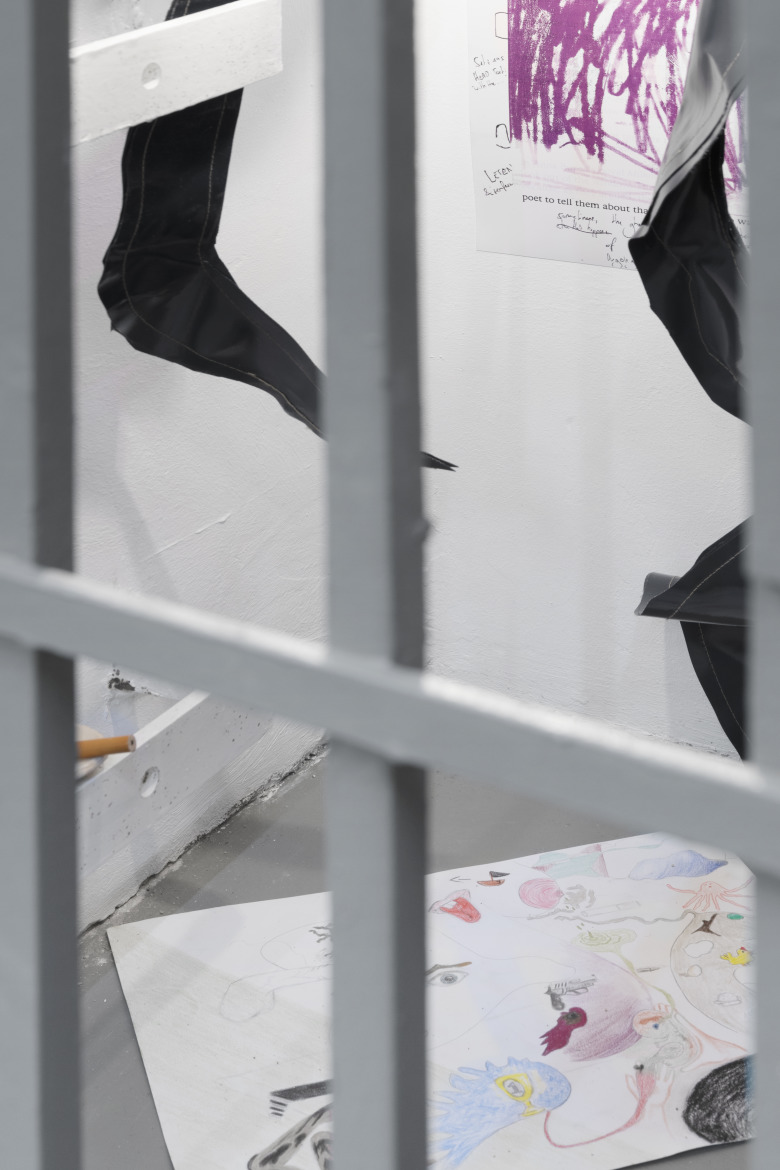

We like to thank all artists for the well over 100 applications to our upcoming CRUEL SUMMER CAMP. The selection was incredibly difficult due to the many excellent applications we received and the limited space EXILE can provide. Here now the final list based on a truly challenging selection process by jury members Veronika Čechová, Àngels Miralda, and Peter Sit:
Abdul Sharif Baruwa, Anna Bochkova, Anna Hostek, Bianca Pedrina, Edin Zenun, Filip Dvořák and Martin Kolarov, Flavio Palasciano, Francis Ruyter, Ivana Lazic, Jackie Grassmann and Leonie Huber, Jakub Choma, Jakob Kolb, Kerstin von Gabain, Keresztesi Botond, Lukas Thaler, Marianne Vlaschits, Martina Smutná, Michal Michailov, Nika Kupyrova, Radek Brousil, Sarah Bechter, Sari Ember, Siggi Sekira, Siggi Hofer, Šimon Chovan, Tomáš Bryscejn, Yein Lee
INFORMATION ON OPEN CALL (closed on Jul 21)
Returning from Quarantine we recognize the urgency and need to support the local art scene as a result of the troubling collapse of much of the support structures due to COVID-19. We respond now and launch an Open Call for a Summer Camp.
Following the concept of previous Summer Camp, Irregular Reading and last year’s OSIOS projects, EXILE cordially invites you to submit your artwork for a 2020 Summer Camp. Acknowledging the challenges brought upon the creative scene due to COVID-19 the aim of this year’s Summer Camp is less a static exhibition than a collaborative platform directed at and created for the local and regional (≠ national) art scene. Running from mid July to late August, E X I L E will give the gallery space to artists to engage and collectively present their work. The resulting format should be as much an exhibiton as also an exchange platform.
To submit your work please send us an email including 3-5 images of your work plus a brief bio and statement. All works will be discussed by a jury consisting of Veronika Čechová, Àngels Miralda, and Peter Sit. Images of all exhibited works as well as installation images will be featured on →@exilegram as well as on all other online channels. In case of sale of an artwork, 100% will go to the respective artist. The submission deadline is June 21. We are looking forward to your submissions.
Veronika Čechová is a curator based in Prague. Since 2017, she has been working at the Jindřich Chalupecký Society, a platform supporting Czech contemporary art in the international context. In collaboration with a number of partner institutions throughout the Czech Republic and internationally, the Society organizes exhibitions, public programs, residencies for artists and curators, educational and publication projects. Since 2020, she co-directs the Entrance Gallery in the former orangery of an old monastery in Prague, creating a program dedicated to ecologically conscious content with an emphasis on sustainability and slow curating.
Àngels Miralda is a writer and independent curator based in Terrassa, Barcelona. Her recent exhibitions have focused on themes of decentralisation, heritage, and global industry through personal stories and parallels to artist’s practice. Current exhibitions include: Olev Subbi: Landscapes from the end of times, Tallinn Art Hall; and Andrej Skufca: Black Market, MGLC, Ljubljana. Recent projects include: Island Thinking, Museu de Angra do Heroísmo, Açores; Weight of Abundance, Curated by Festival, Zeller van Almsick, Vienna; Survival Kit 10, Latvian Centre for Contemporary Art, Riga; and Los Cimientos, Los Pilares, y los Firmamentos, Museo de Arte Contemporáneo, Santiago de Chile. Her writing has been published in Artforum, Collecteurs Magazine, Rotunda Magazine, Arts of the Working Class, and Sleek Magazine among others.
Peter Sit is an artist, curator and organizer. In 2012 he co-founded art collective and platform APART. Together with APART he exhibited among others in Kunsthalle Bratislava, Karlín Studios in Prague, Easttopics in Budapest, Plusmínusnula in Žilina, Biennial of Graphic Design in Brno, CCA Chronicle in Bytom. Since 2017, he has been a member of the research team of the Extrasensory-Aesthetics Research Working Group, which is researching Czechoslovak psychotronics, it’s institutional and ideological connections as well as its potential overlaps with contemporary art. This year Sit is a finalist of Jindřich Chalupecký award with Extrasensory-Aesthetics Research Working Group and stipend program of NOVUM foundation.
For further information on previous projects please visit:
→ Irregular Readings II (2016)
Features
→Art Viewer
The inspiration for this year’s Summer Camp comes from the most amazing →Bananarama whose lyrics achieve a new meaning and relevance:
Hot summer streets
And the pavements are burning
I sit around
Trying to smile but
The air is so heavy and dry
Strange voices are saying
(What did they say?)
Things I can’t understand
It’s too close for comfort
This heat has got
Right out of hand
It’s a cruel, (cruel), cruel summer
(Leaving me) leaving me here on my own
It’s a cruel, (it’s a cruel), cruel summer
Now you’re gone
It’s a cruel, (cruel), cruel summer
(Leaving me) leaving me here on my own
It’s a cruel, (it’s a cruel), cruel summer
Now you’re gone
The city is crowded
My friends are away
And I’m on my own
It’s too hot to handle
So I got to get up and go
It’s a cruel, (cruel), cruel summer
(Leaving me) leaving me here on my own
It’s a…
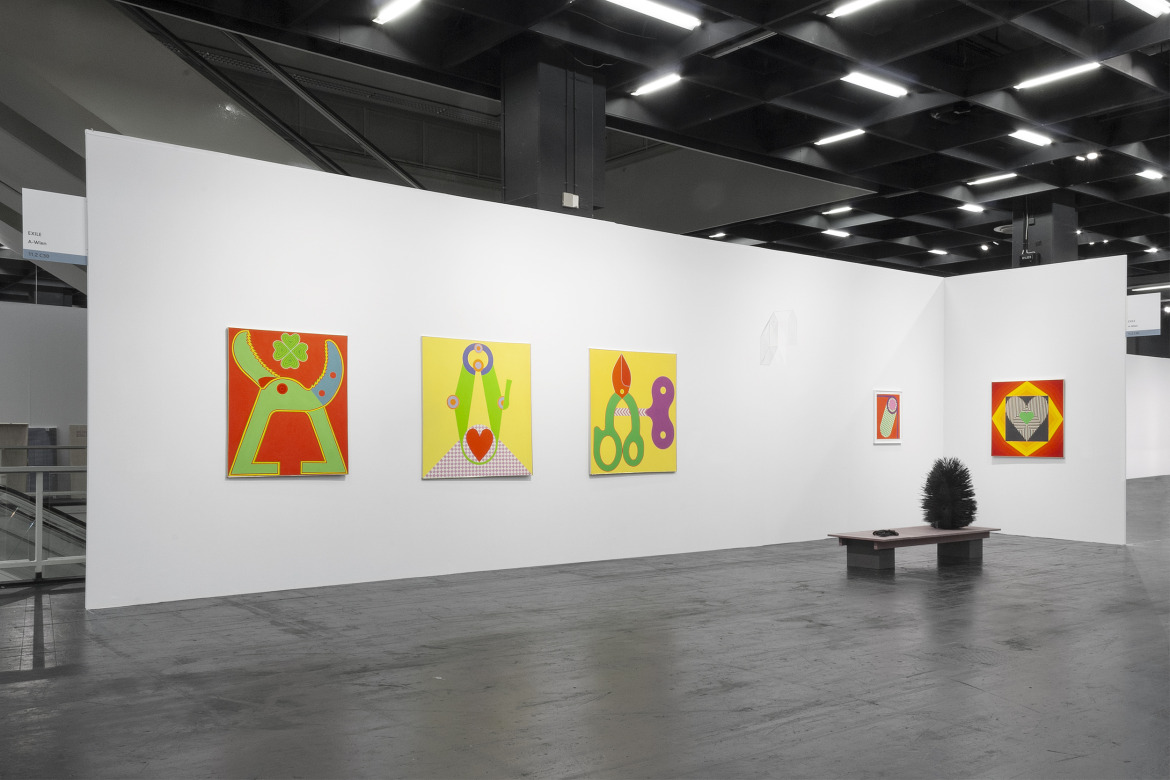
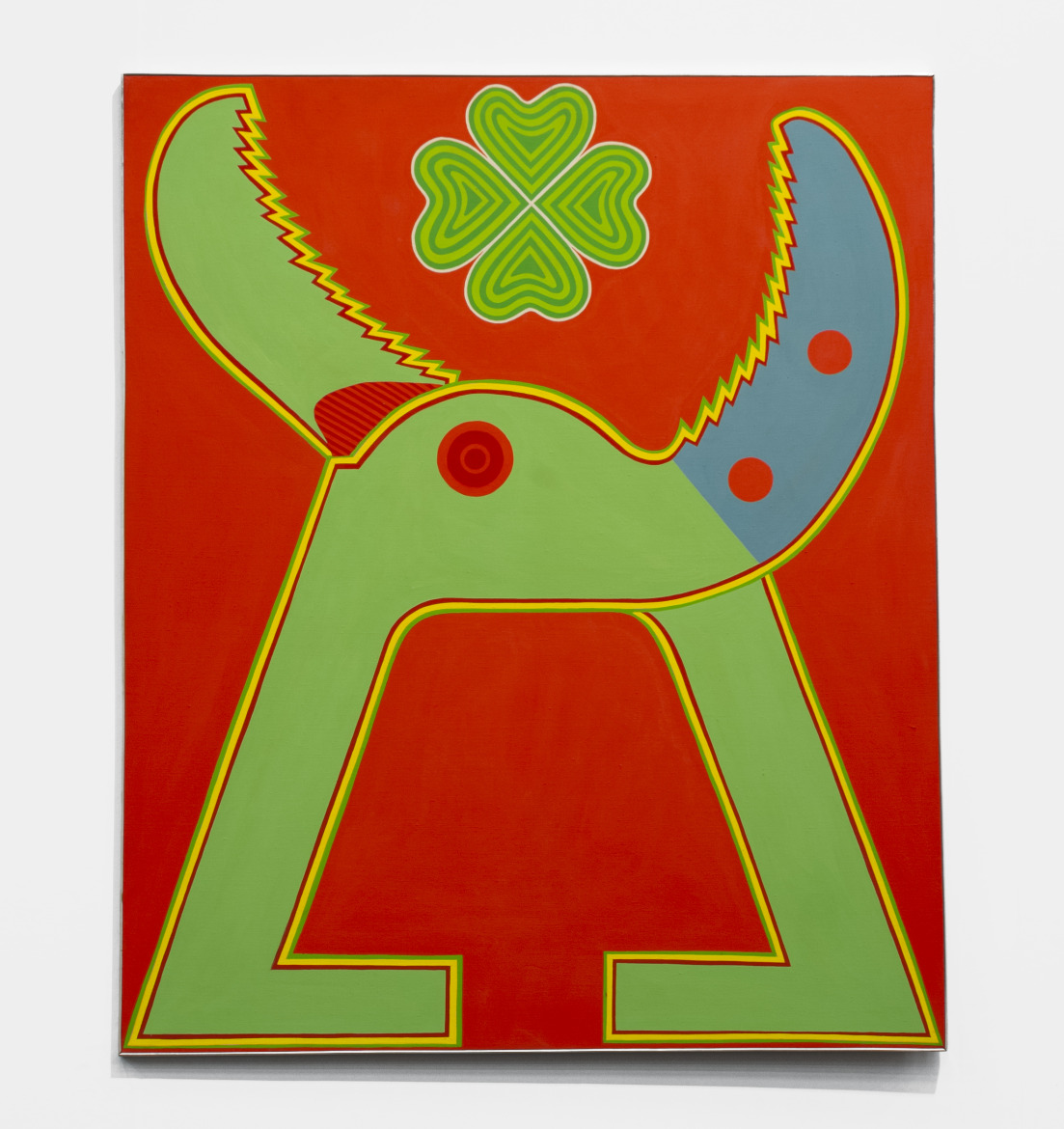
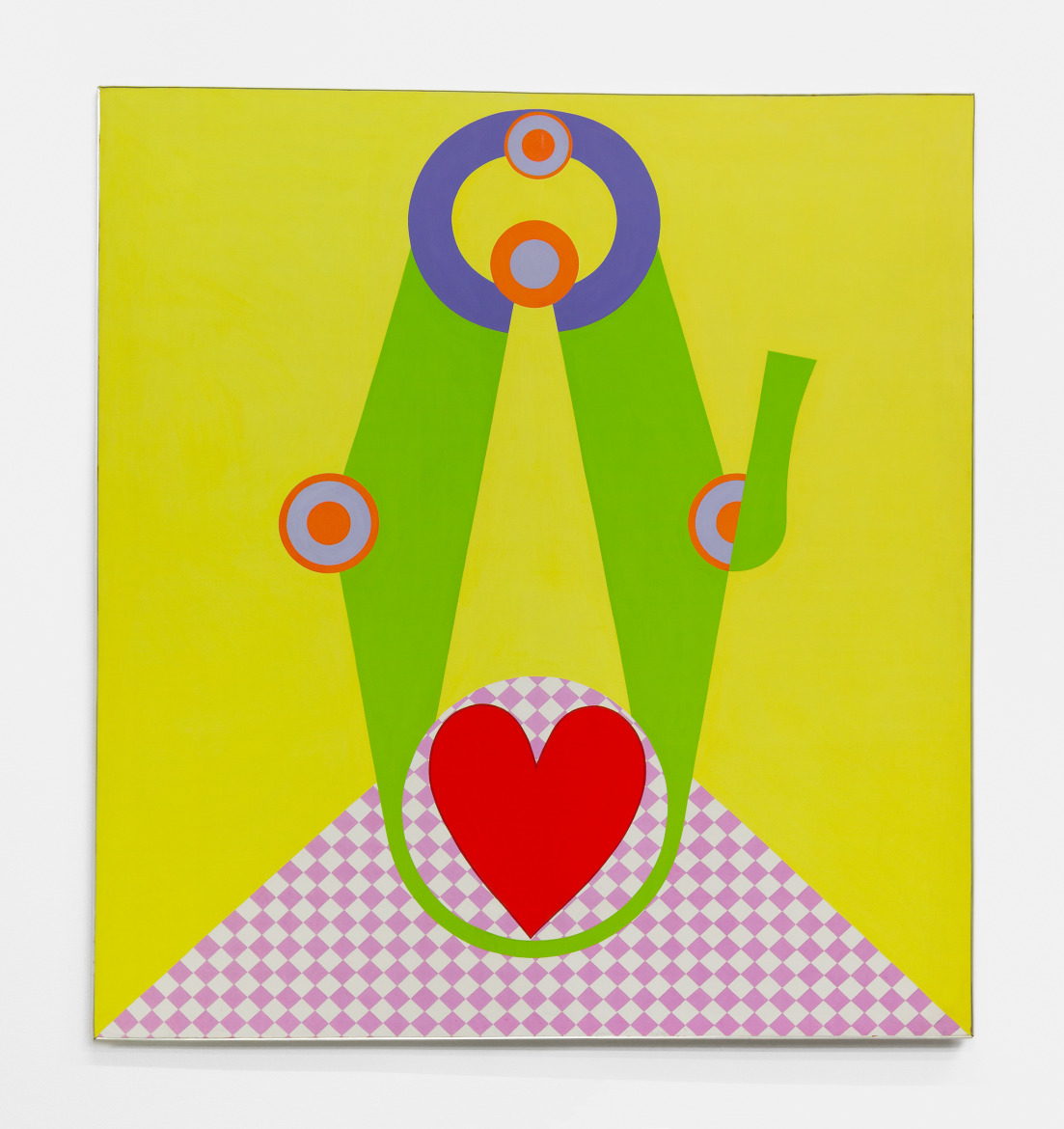
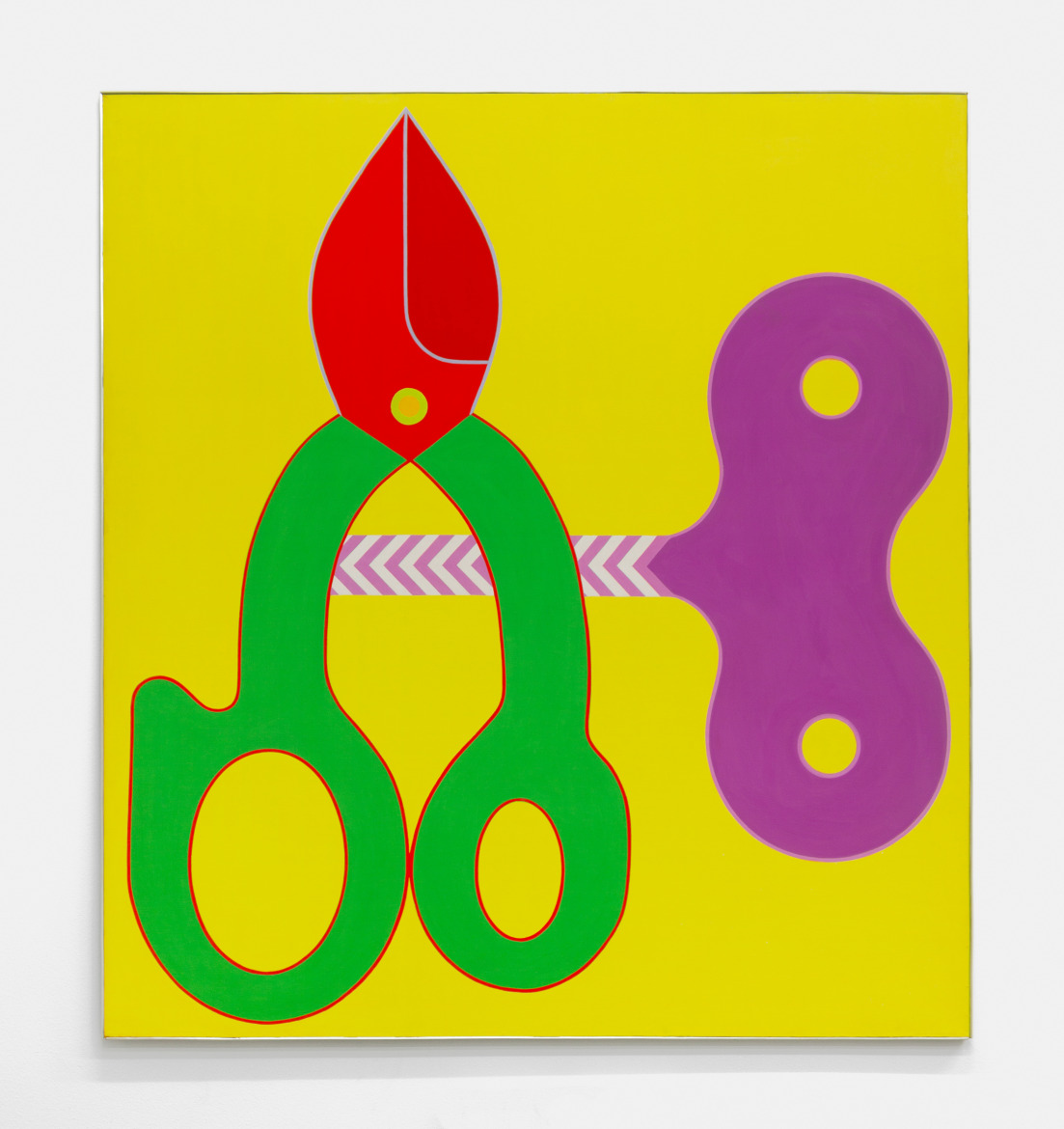
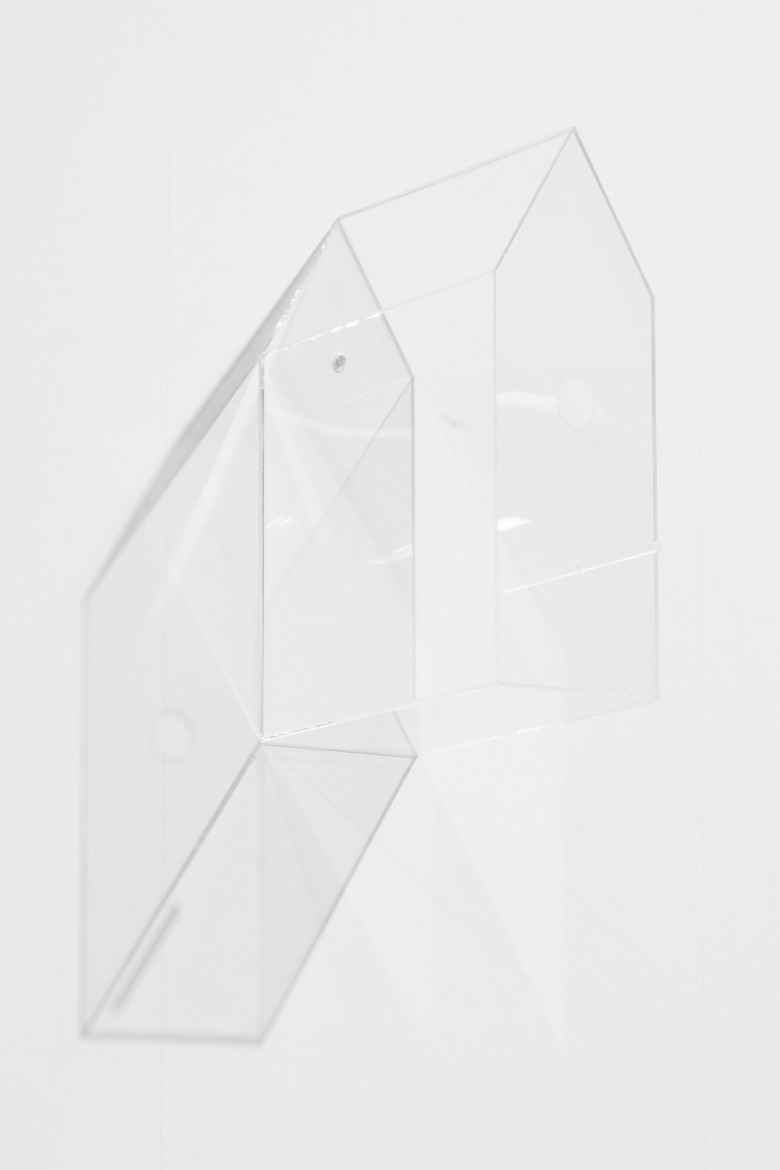
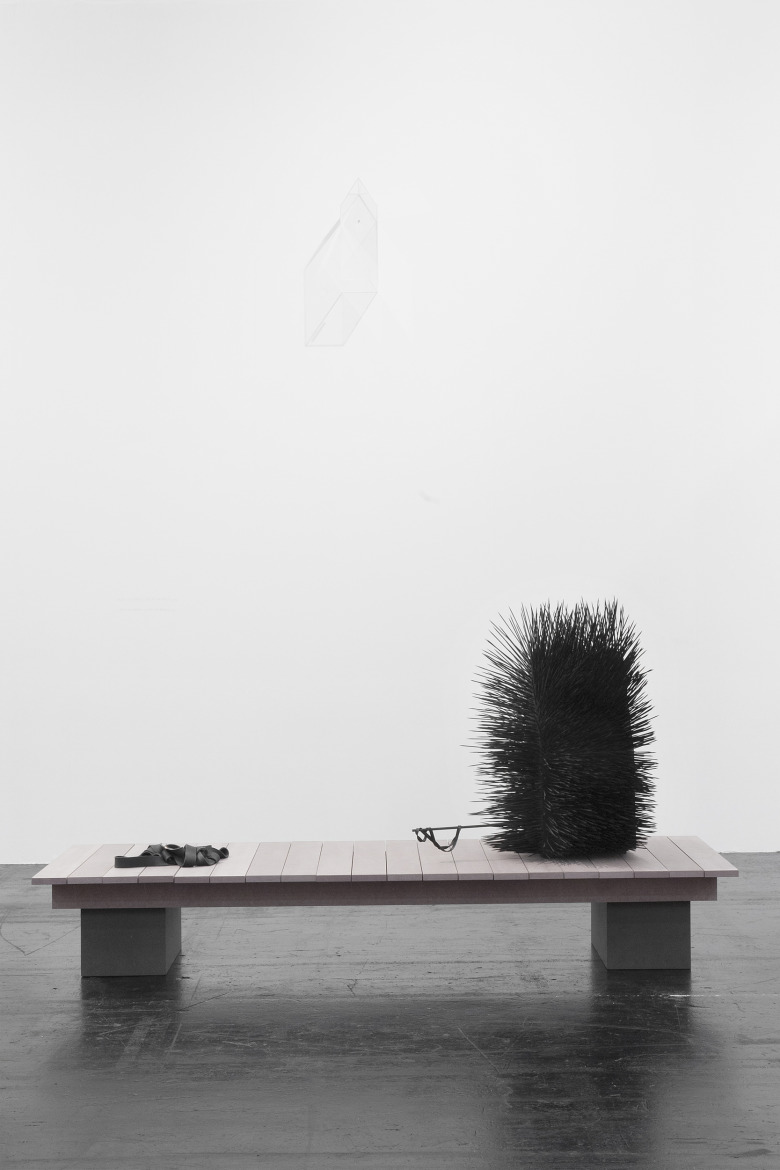
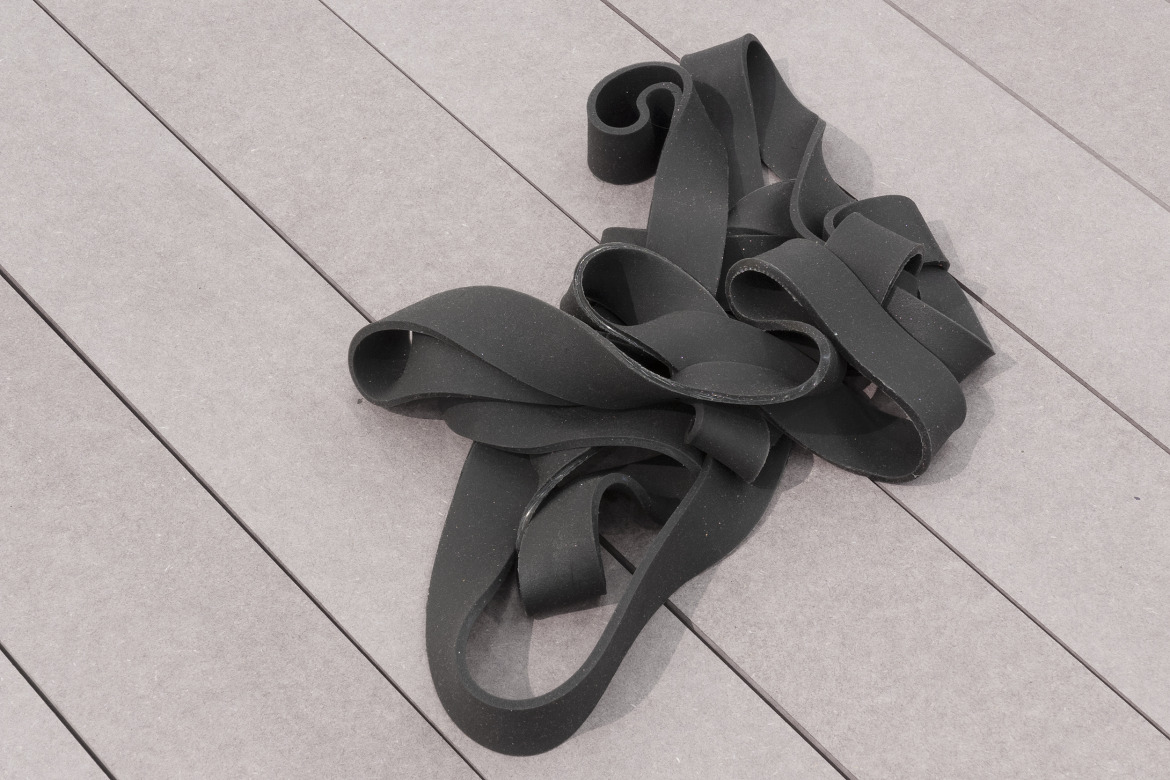
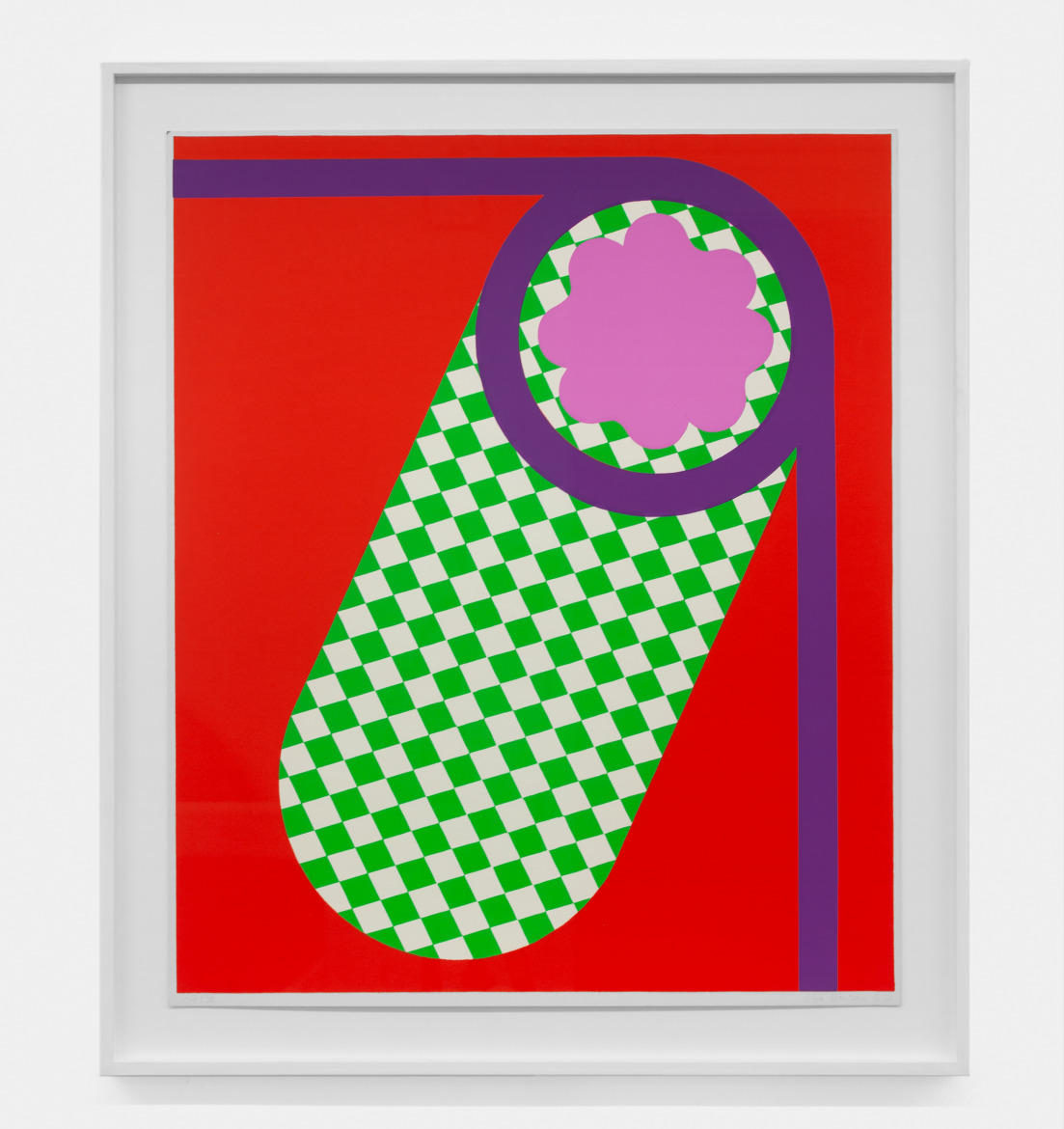
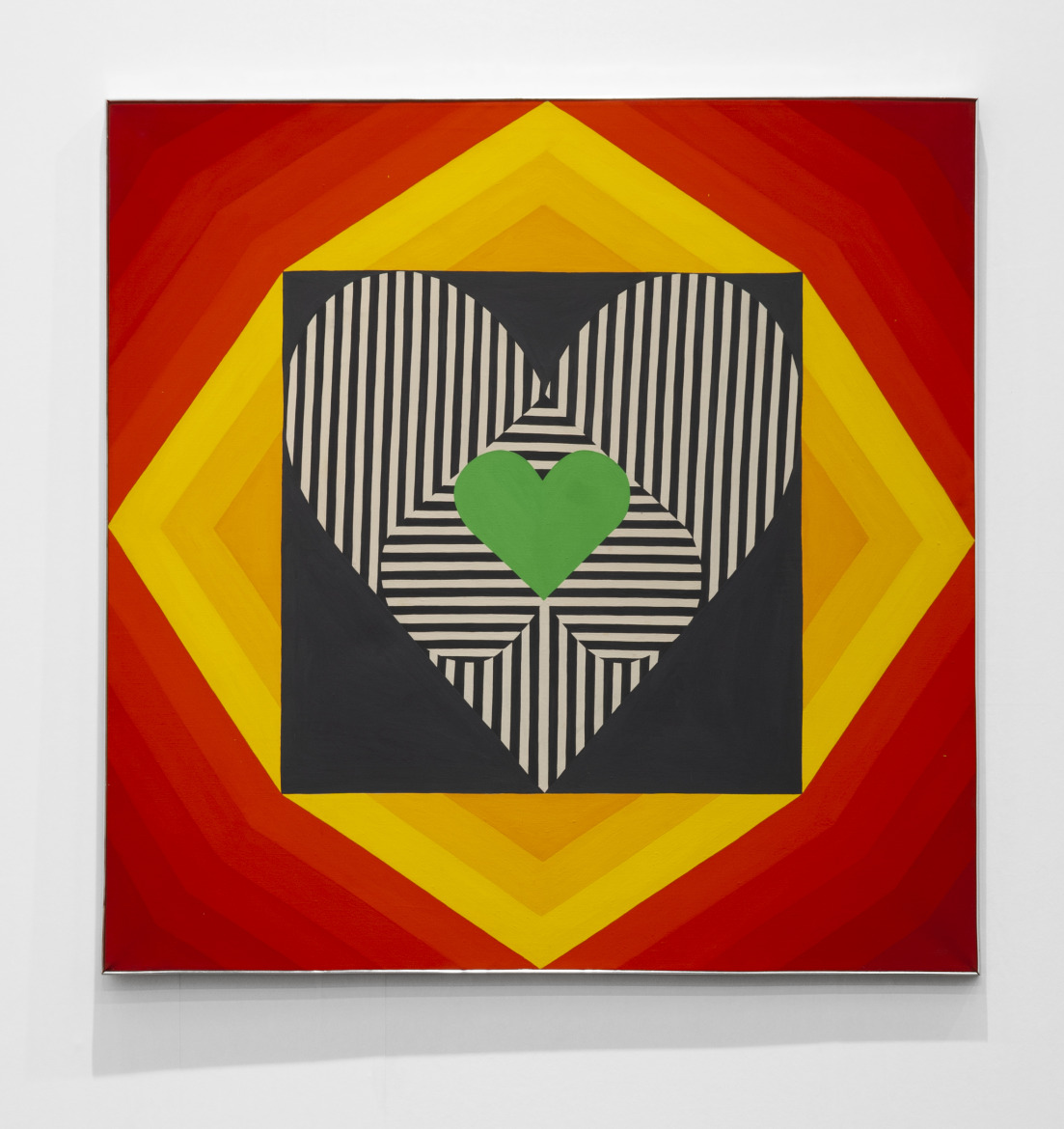
EXILE is pleased to participate for the third time in ART COLOGNE with a presentation of works by Vienna-based artist Kerstin von Gabain (*1979) in dialogue with selected early paintings by German artist Sine Hansen (1942 – 2009).
Working in either painting (Hansen) or object (von Gabain), both artists approach the physical and emotional dimension of the female body through tools, measurements, armour, organs or shelters. The core question of inner and outer self, of exposed shield or inner shelter, or exposed shelter and inner shield, is at once addressed as assertive strength and precious fragility of individual definition.
This dialogue presentation runs concurrently to the introductory solo exhibition of Sine Hansen focusing on paintings and works on paper from 1965-1970 at the gallery in Vienna.
→Kerstin von Gabain artist link
→Kate Brown, artnet, Nov 19, 2021
→Silvie Aigner and Paula Watzl, Parnass, Nov 19, 2021
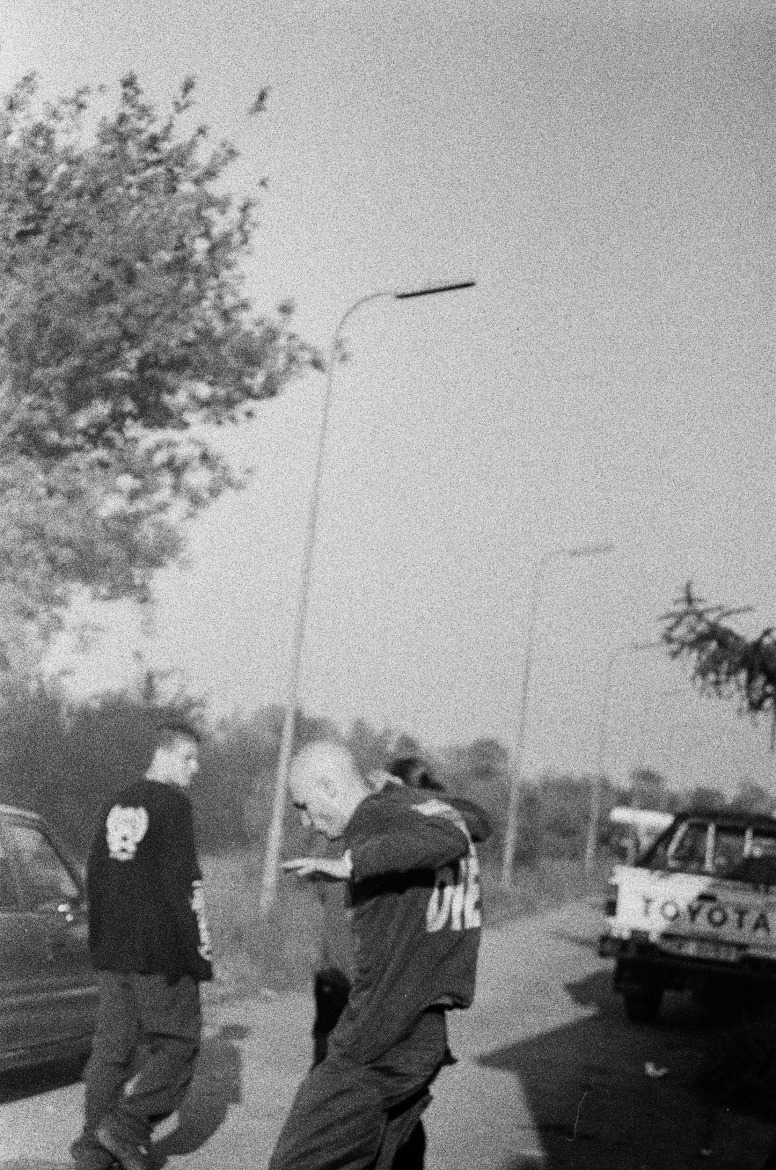



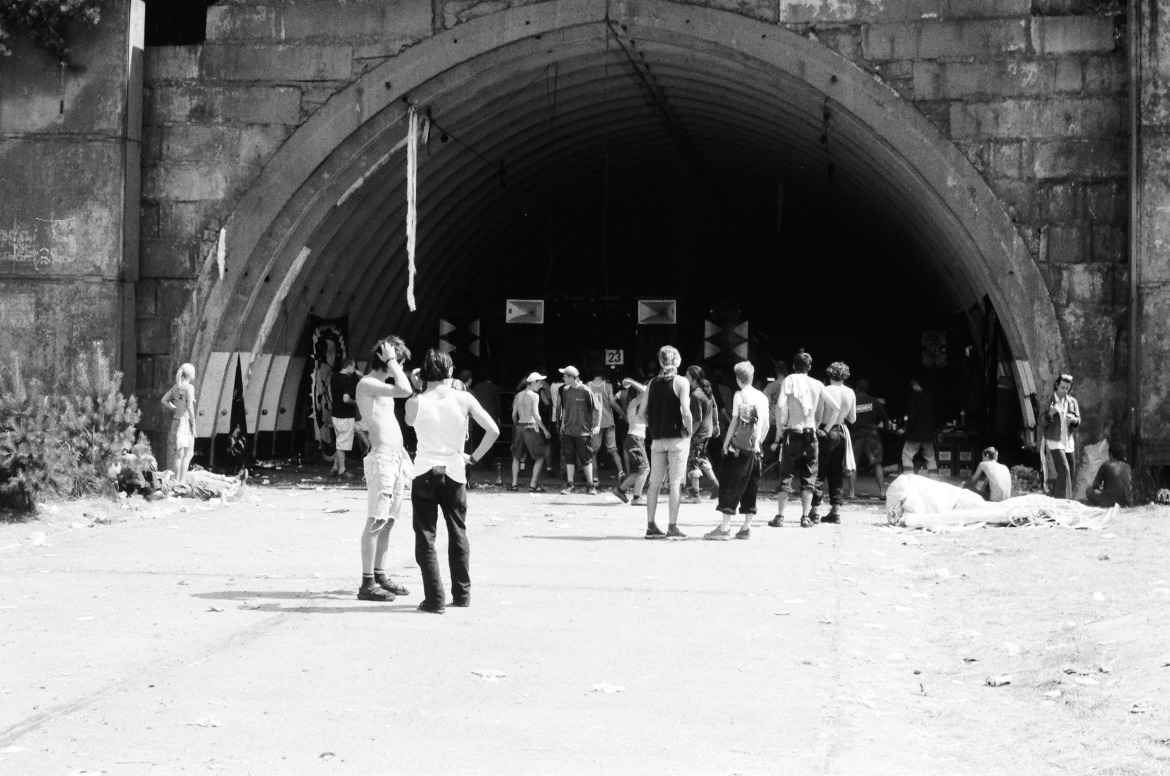
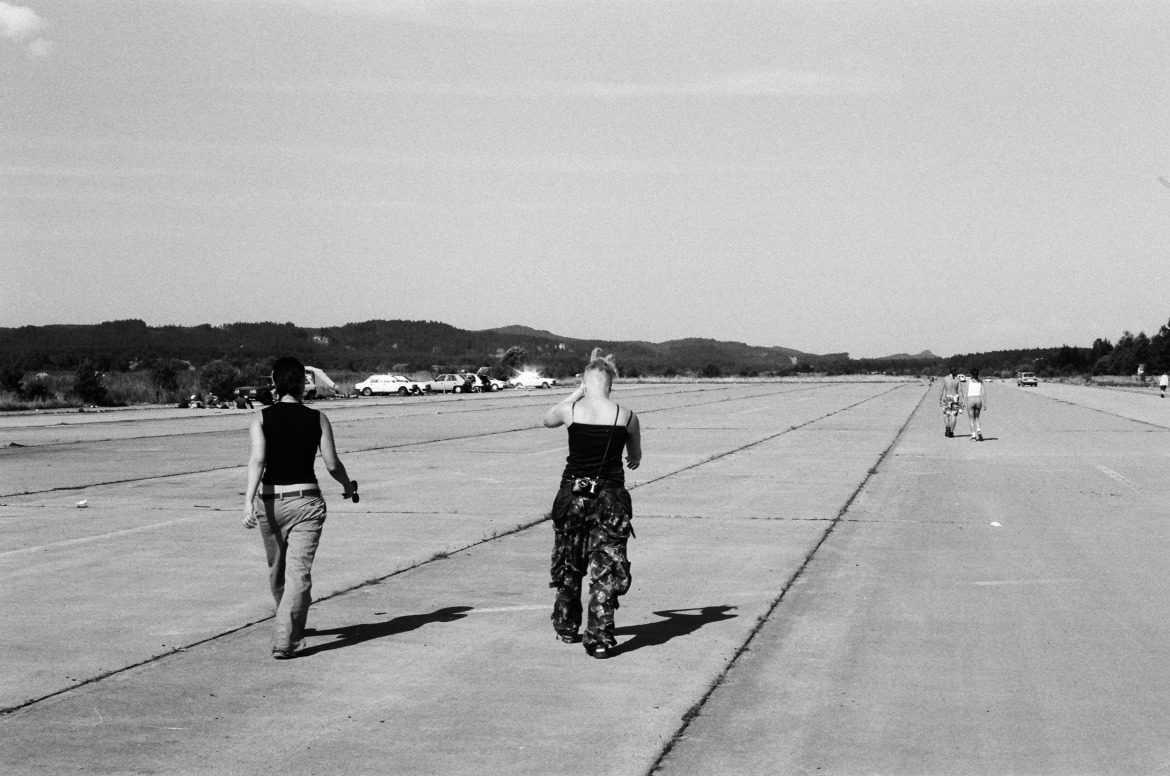
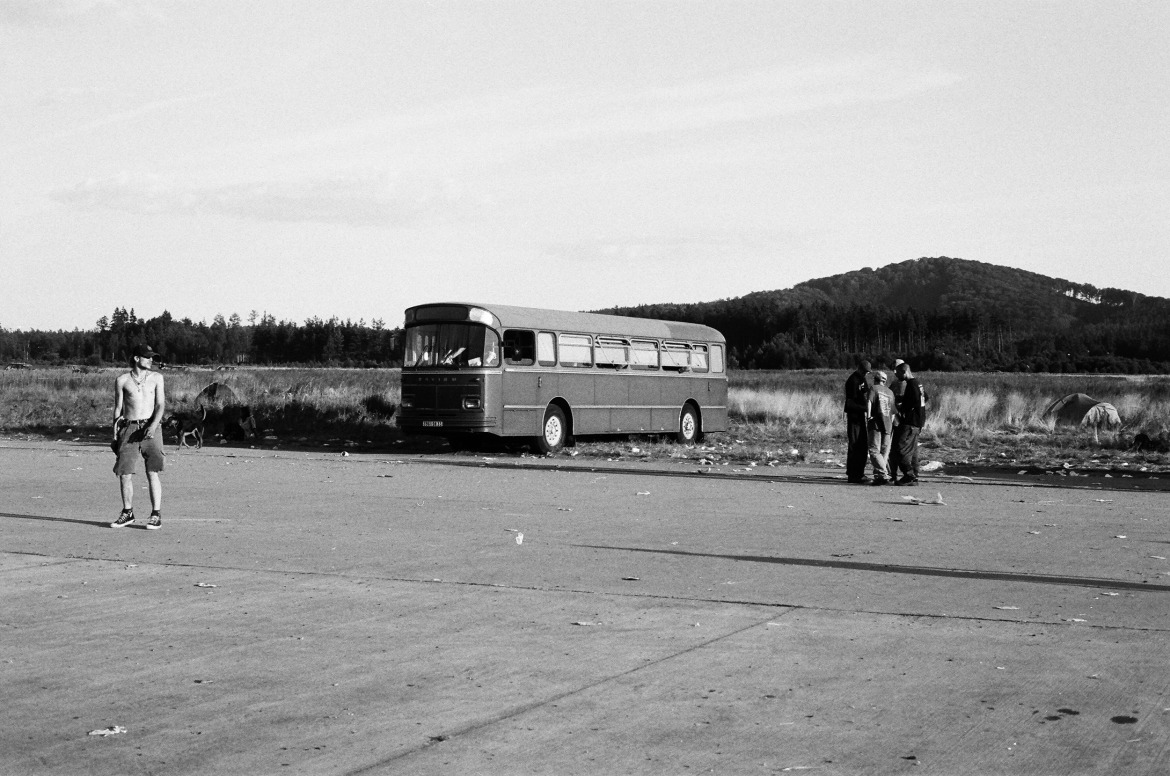
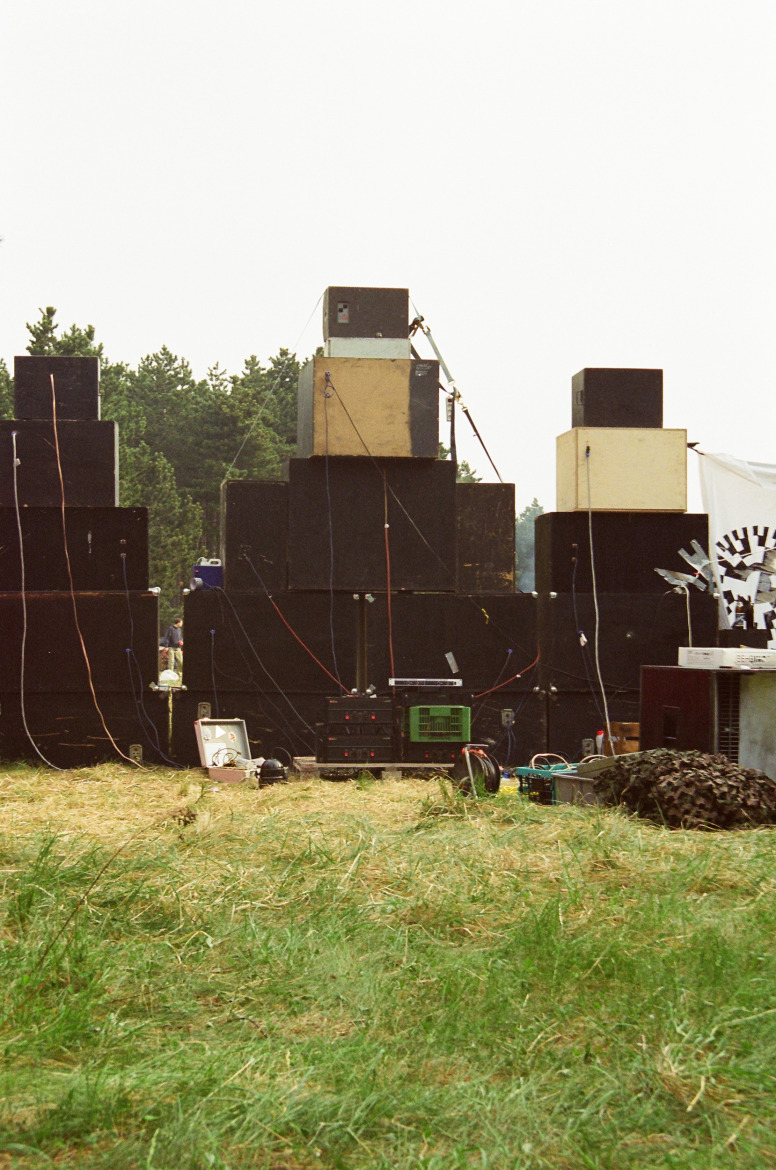
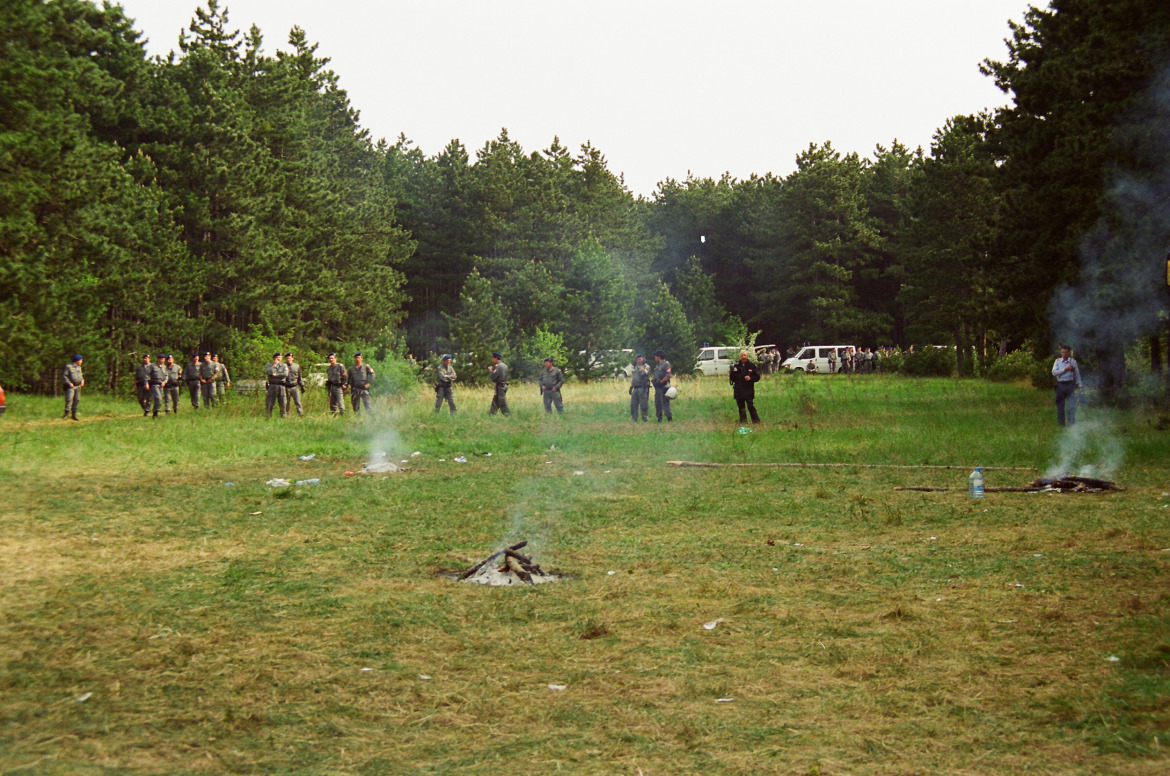
For NOT CANCELLED, opening online on Monday Nov 30, we are happy to feature a set of photographs by Kerstin von Gabain taken in a seemingly distant past.
While we are currently more then ever forced to hide in physical and emotional isolation merely connected through corporate networks and devices these photographs sentimentally remind of a not too ancient past before all forms of sub/culture became streamed and subsumed within omnipresent algorithms. A final blip of spatial and personal freedom before global corporations and obsessive connectivity fully captured our blood vessels.
Von Gabain’s analogue photographs show backdrops, trucks, printed banners, sound systems, loudspeakers belonging to people attending socalled ‘free parties’ at the end of the 90’s in Central Europe. The free-party movement, perceived itself as a counter concept to the commercial rave-and techno-scene, staged self-organized parties with free entrance at isolated and mostly illegal locations. Most important is the thought of do-it-yourself, another ideology of the original techno movement that has perhaps become obsolete with the commercialisation and normalization of counterculture.